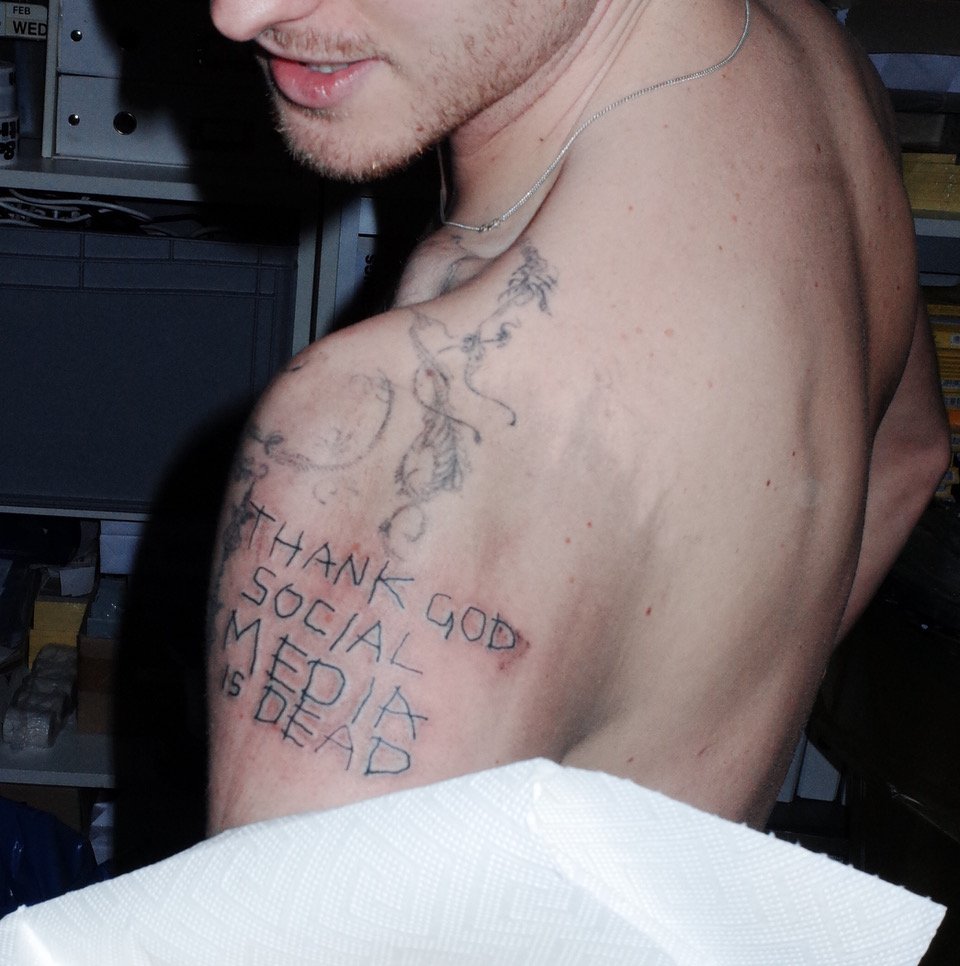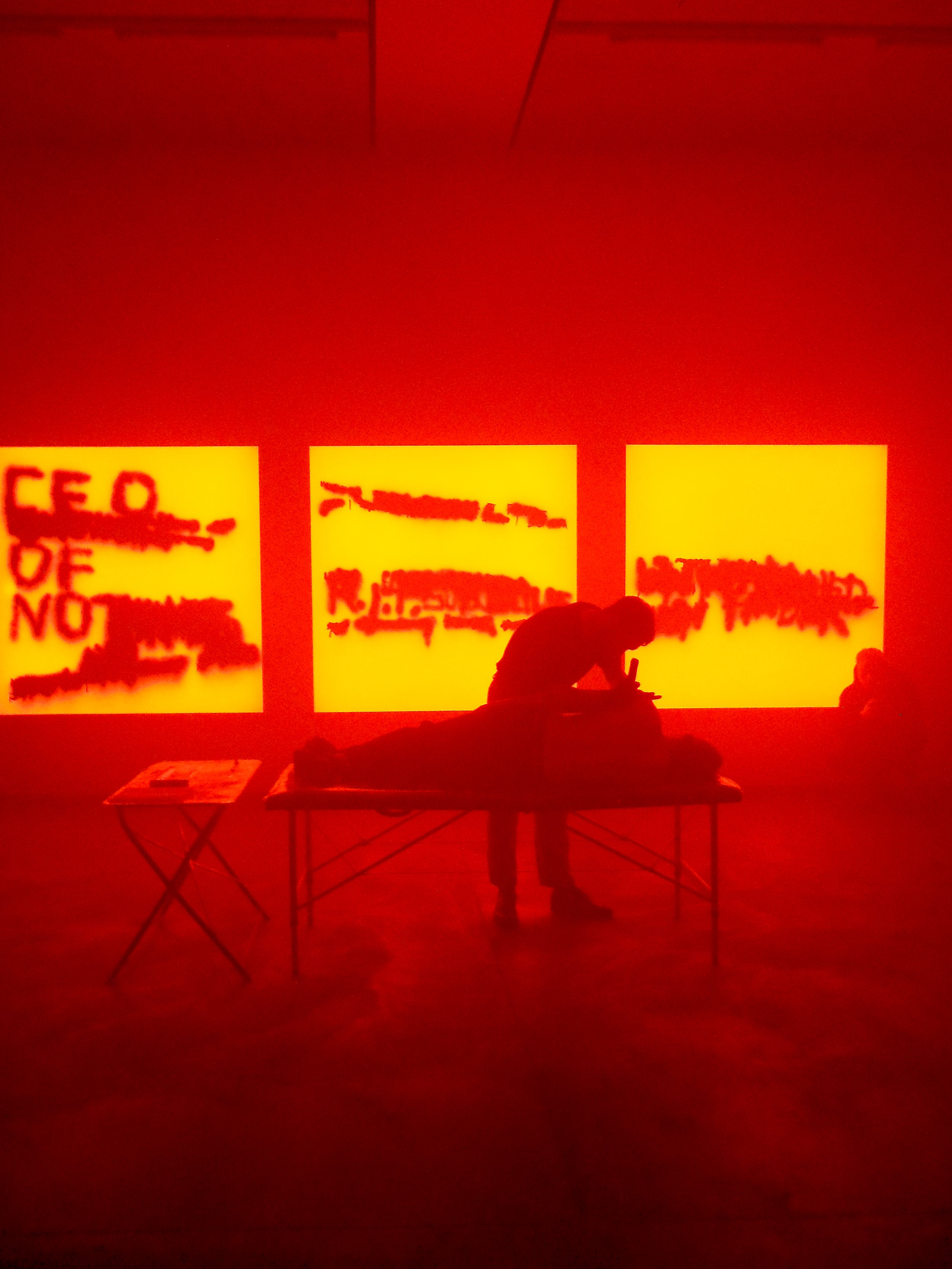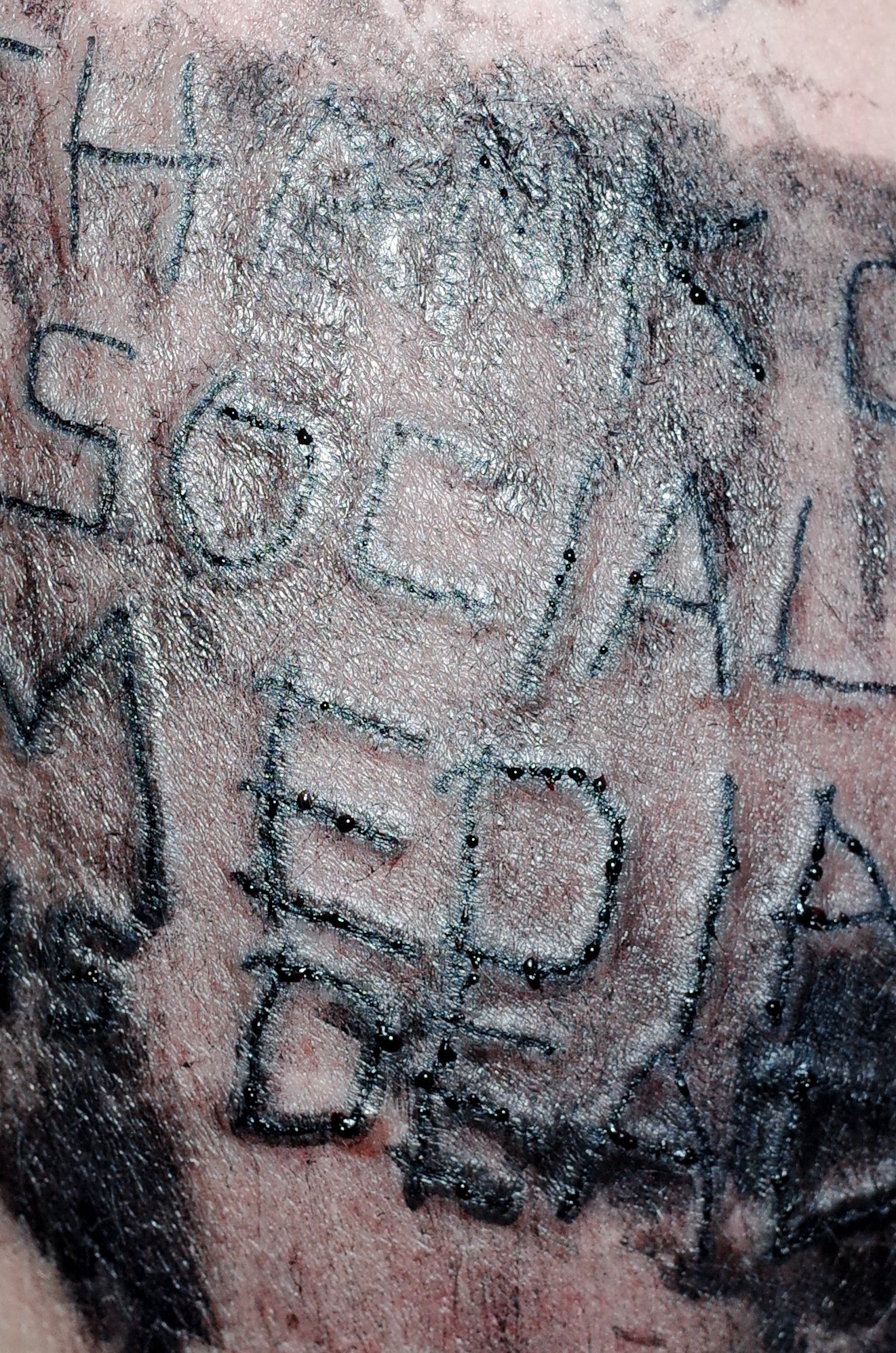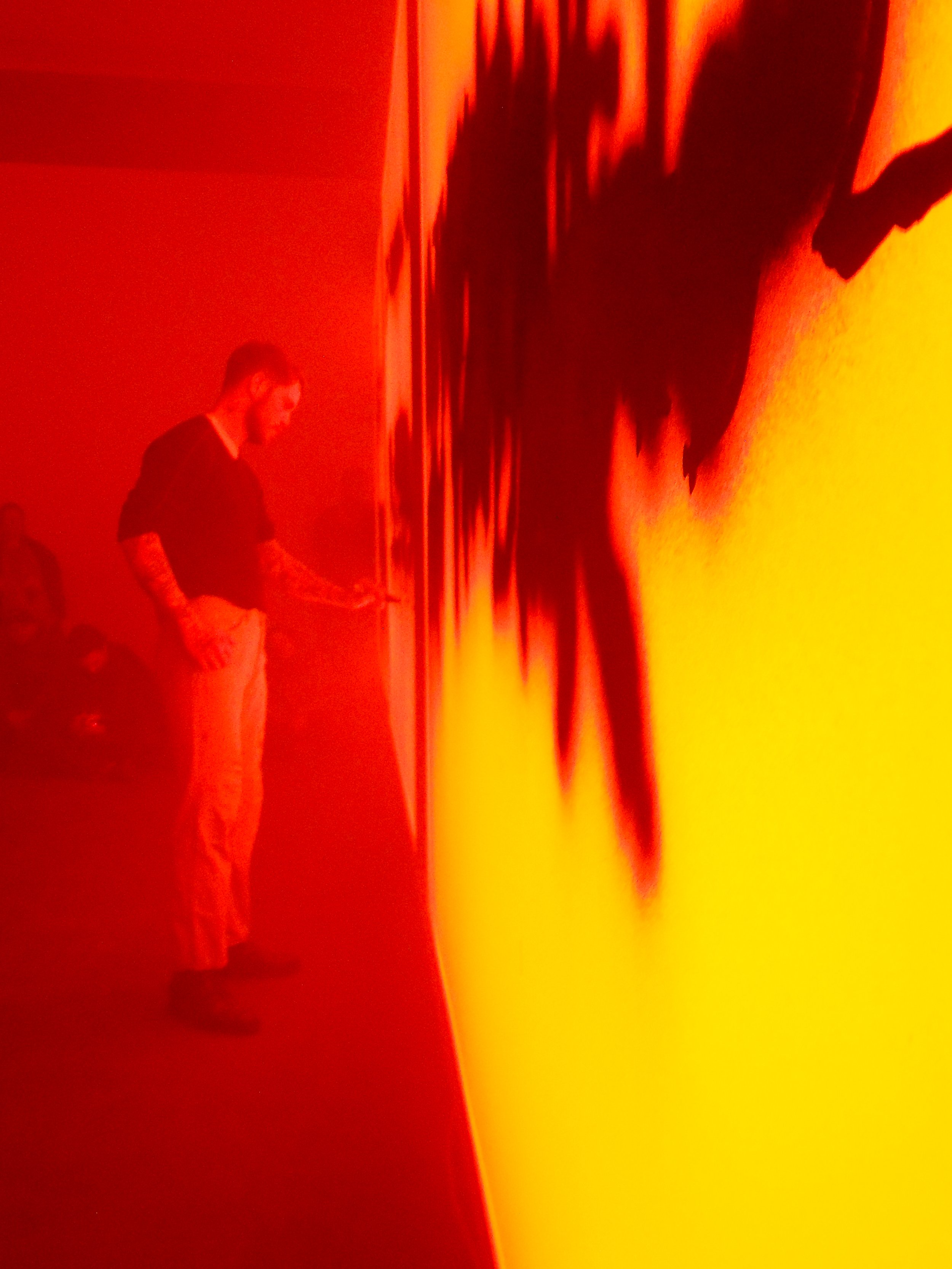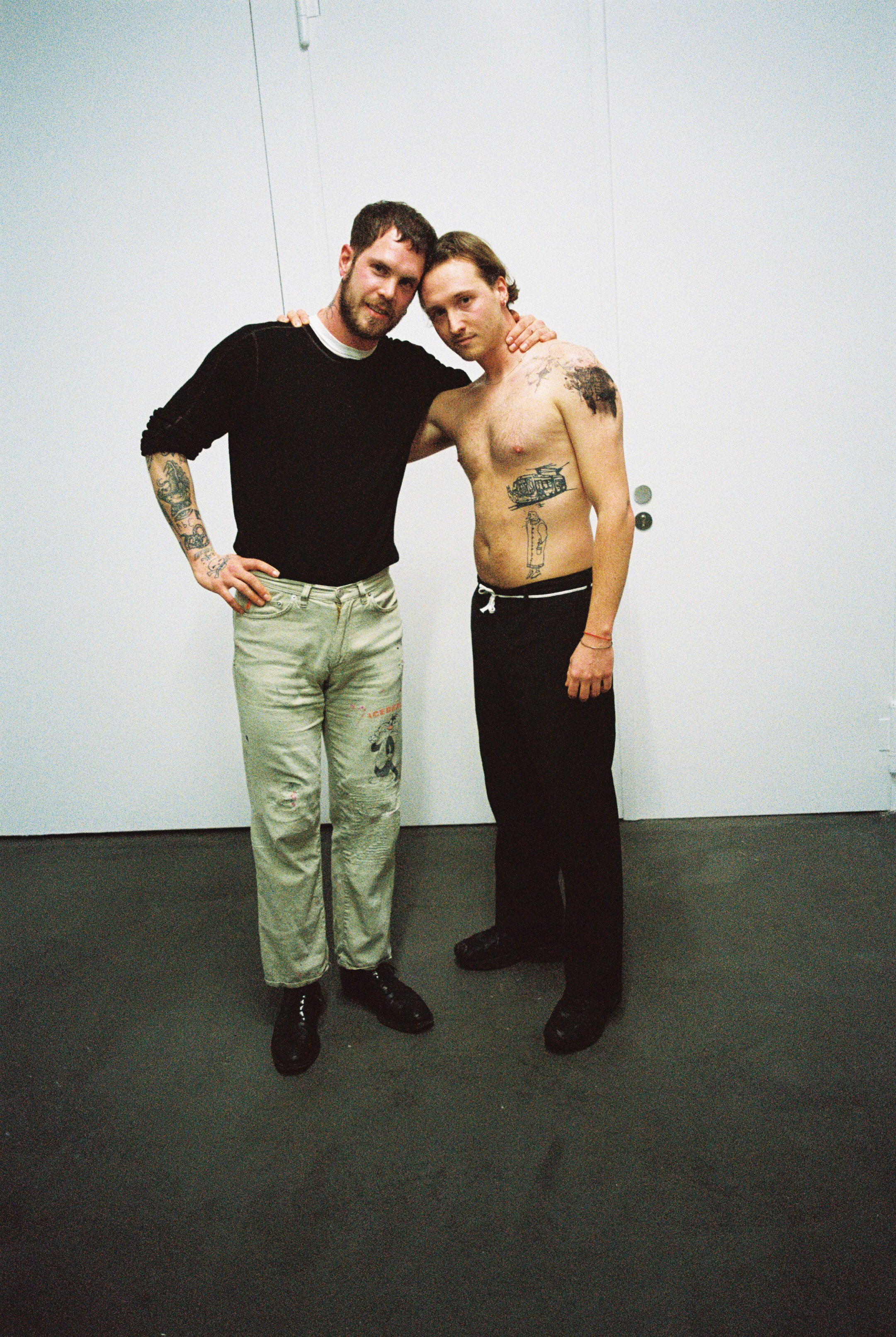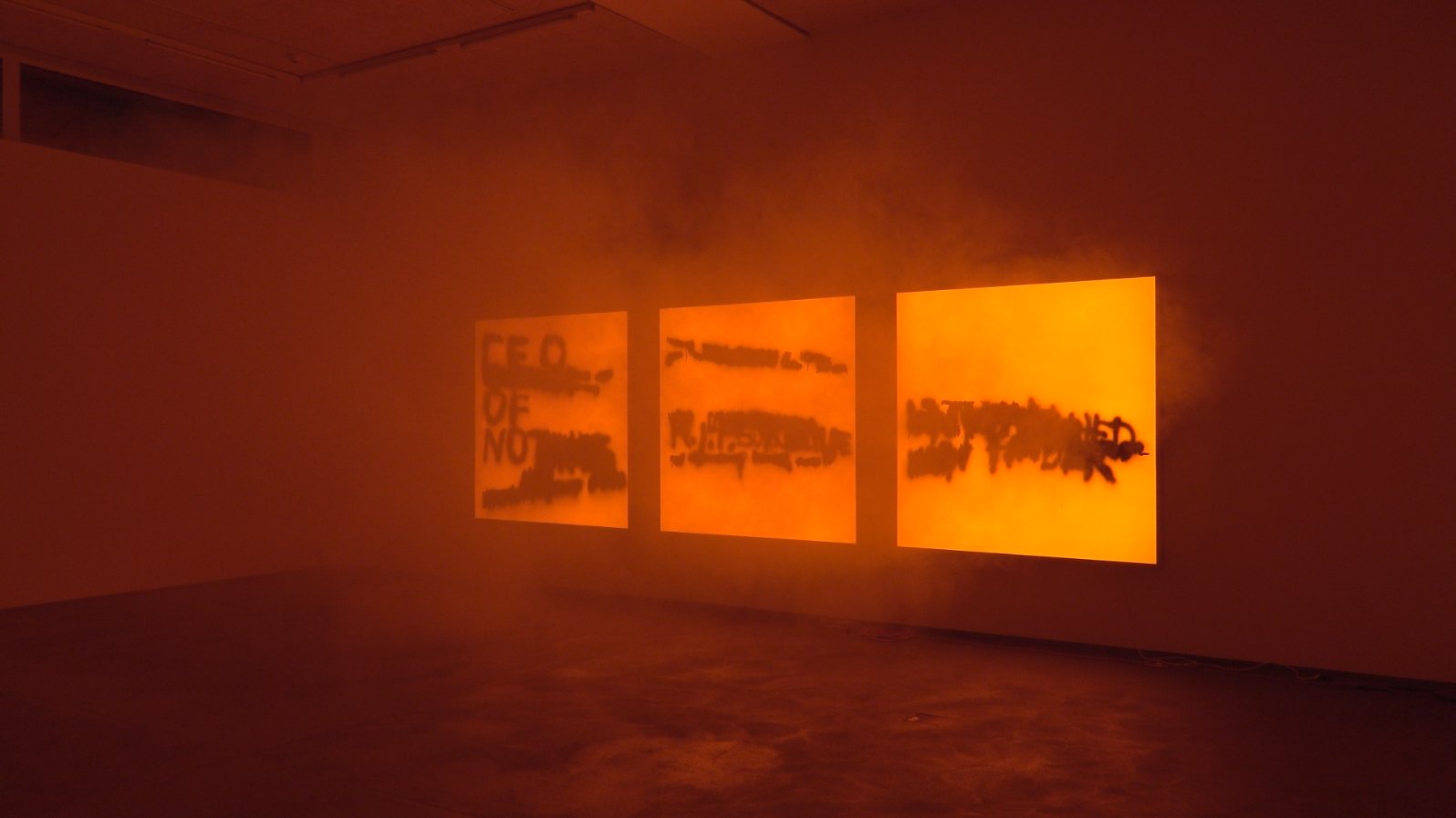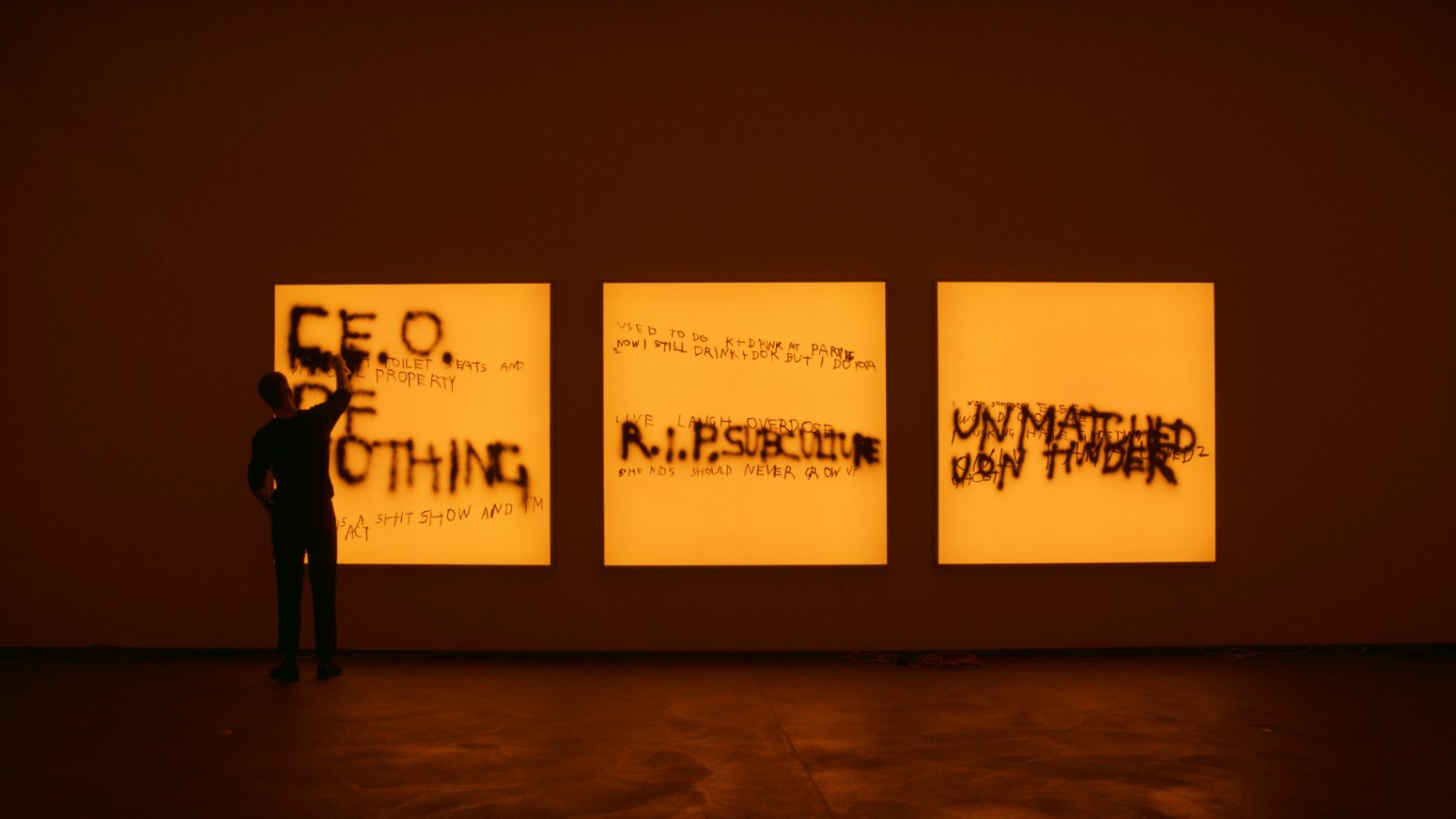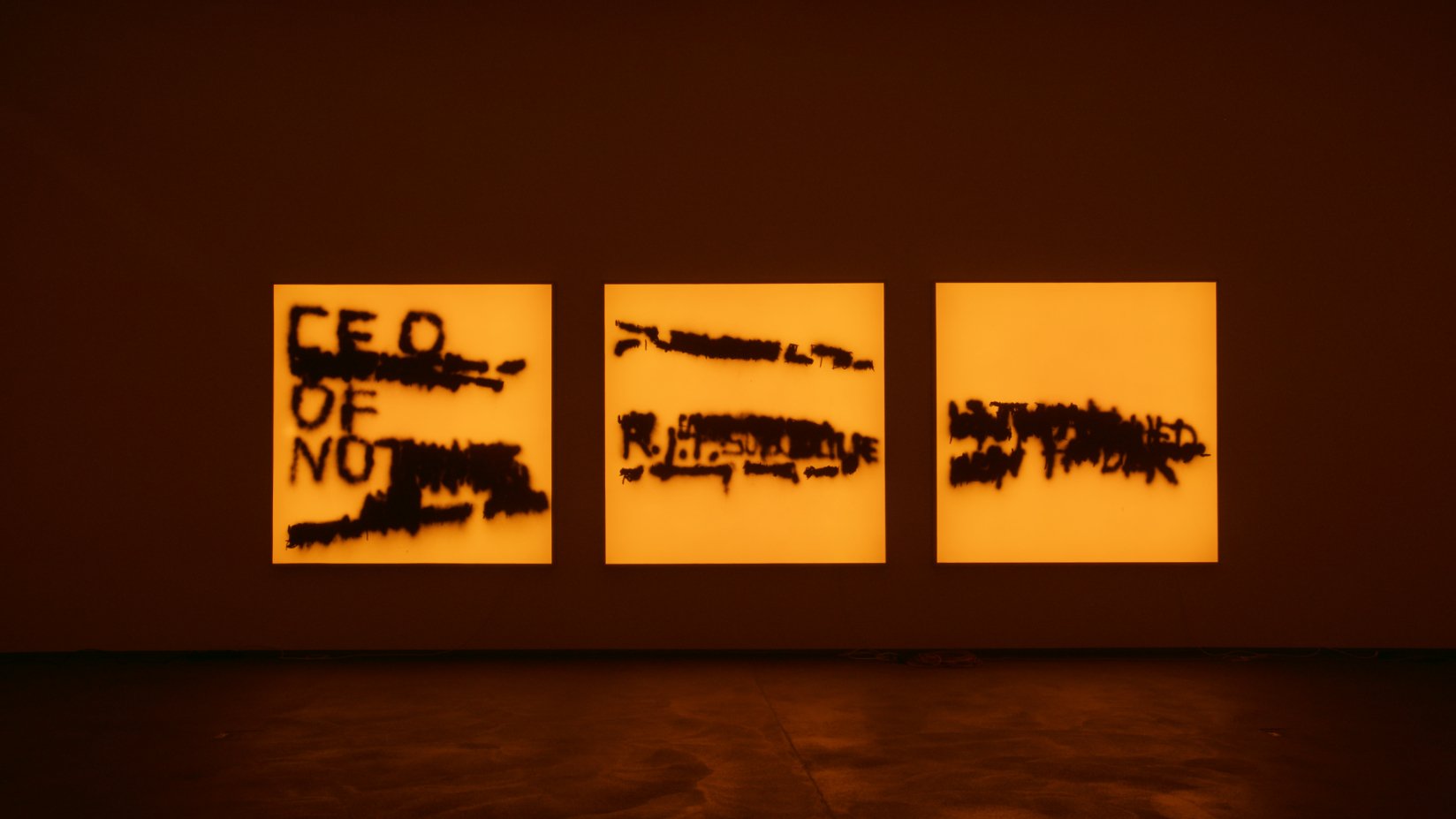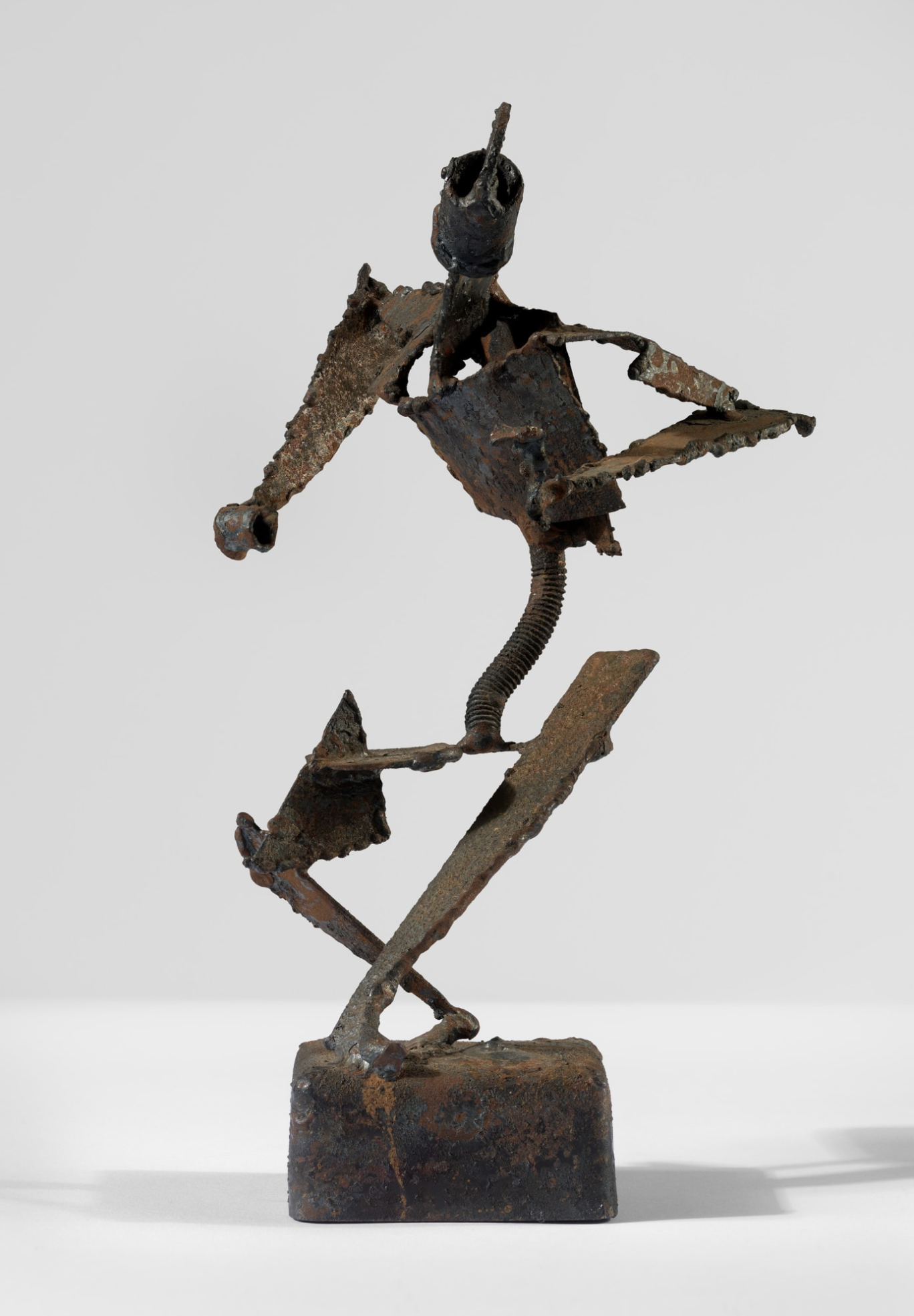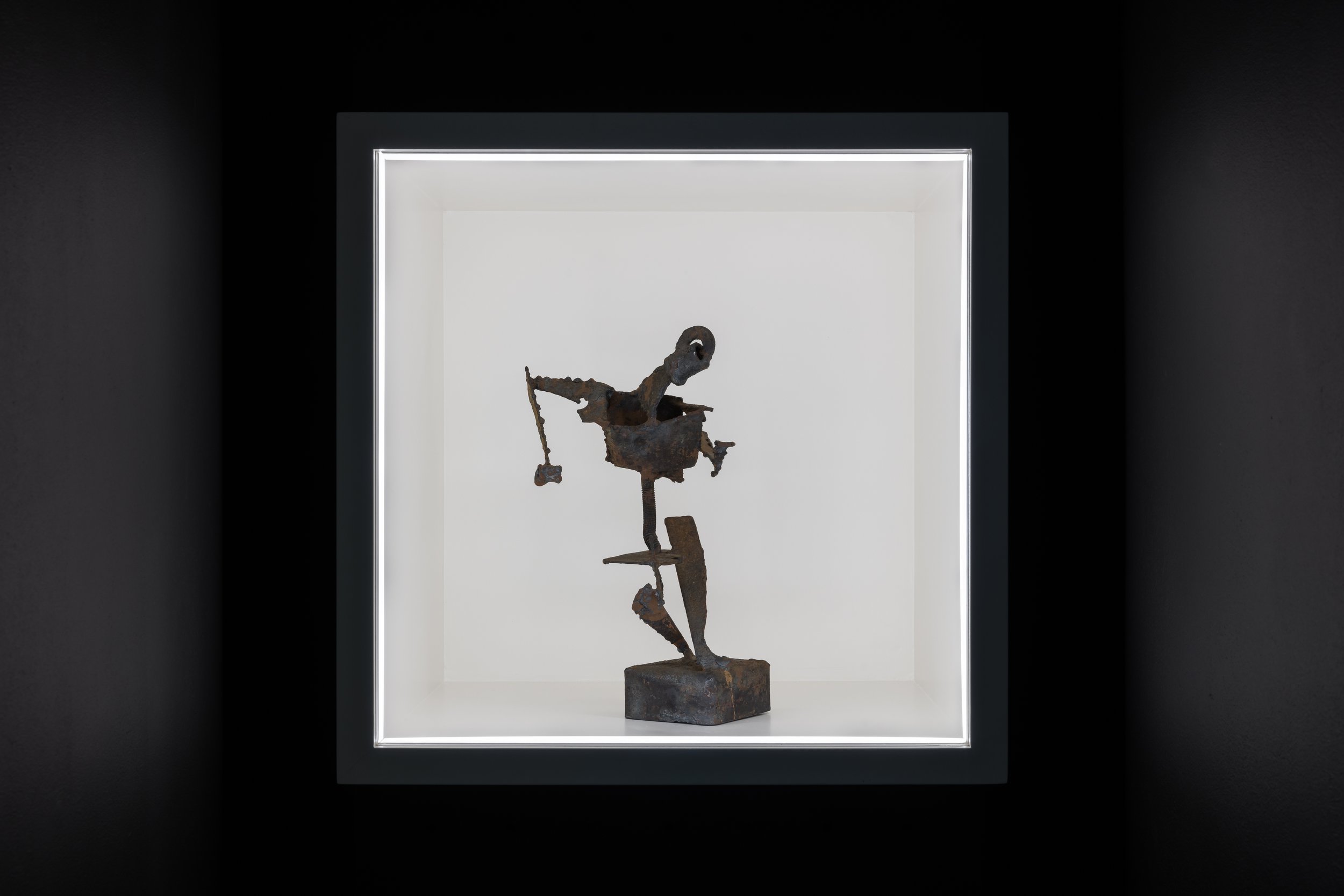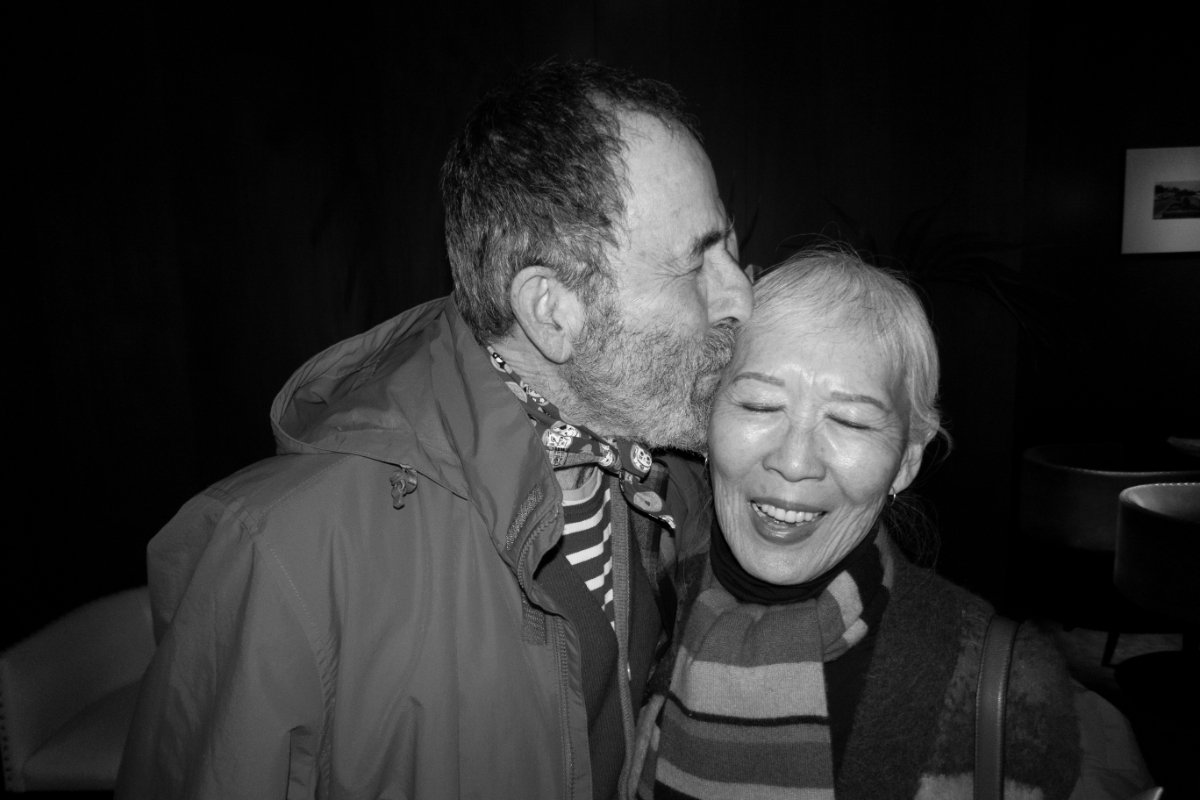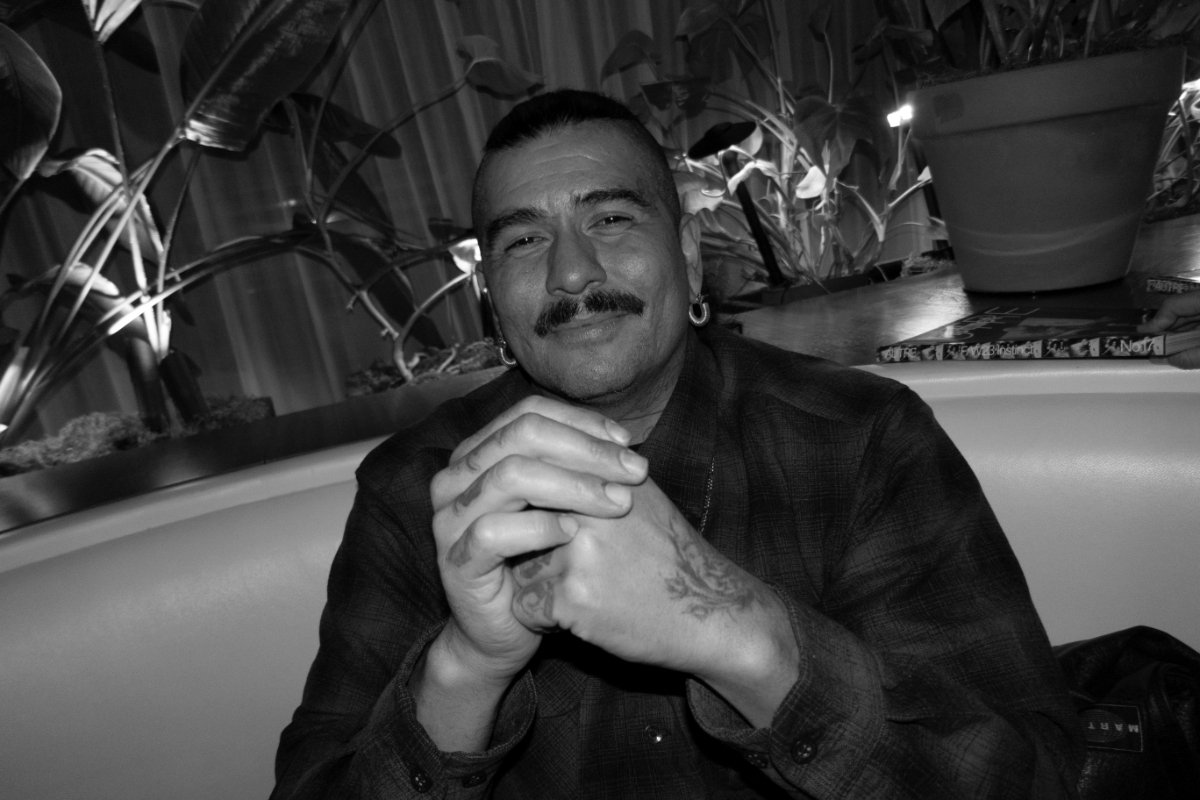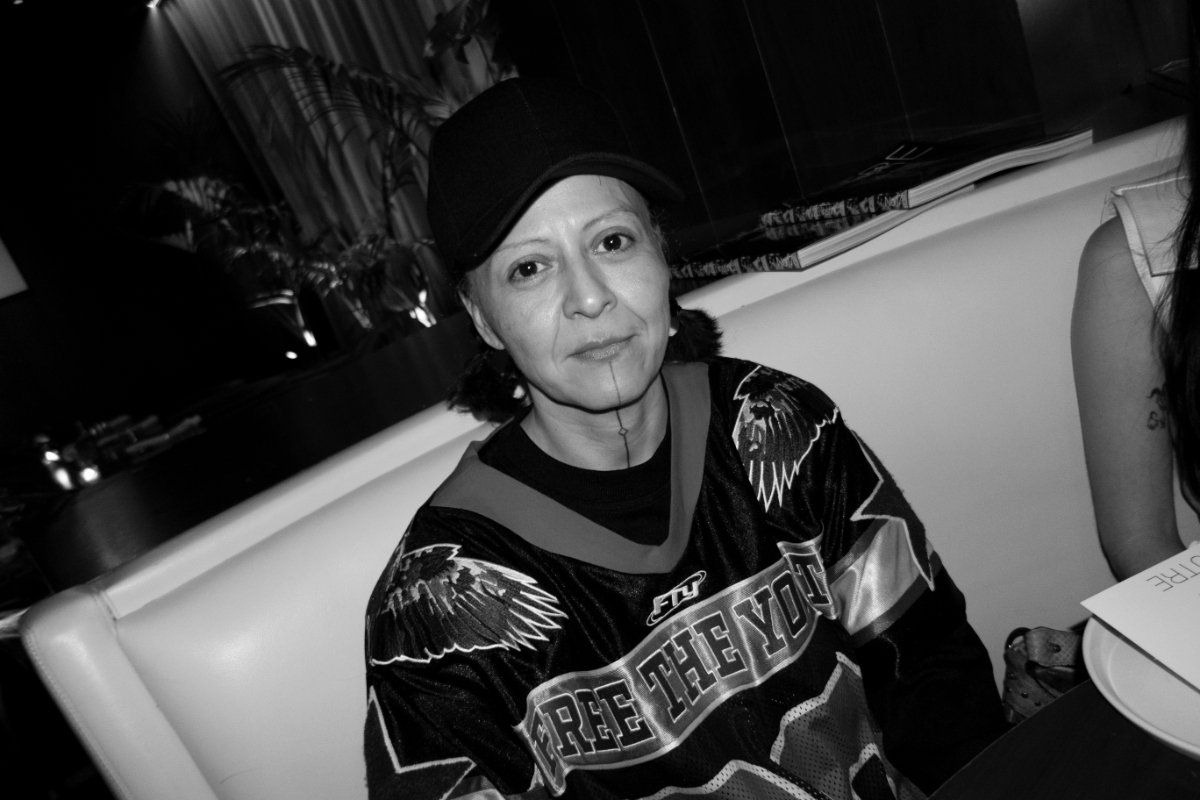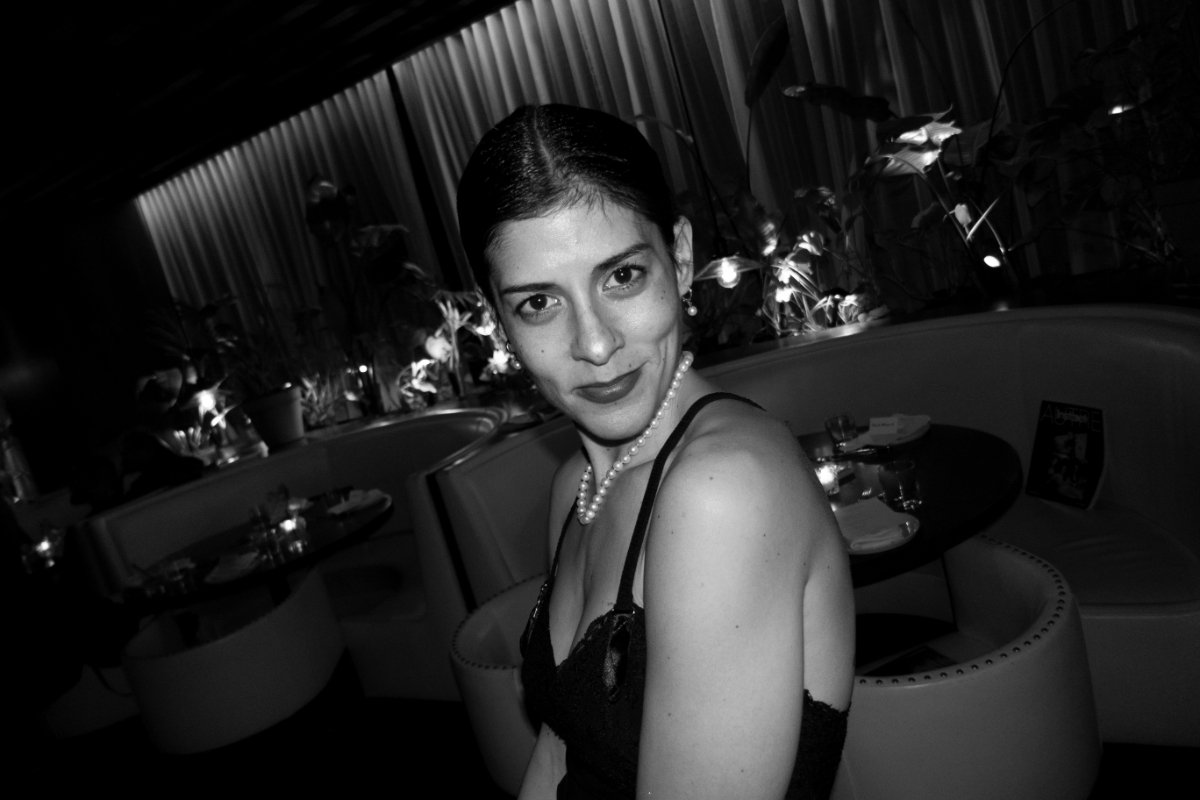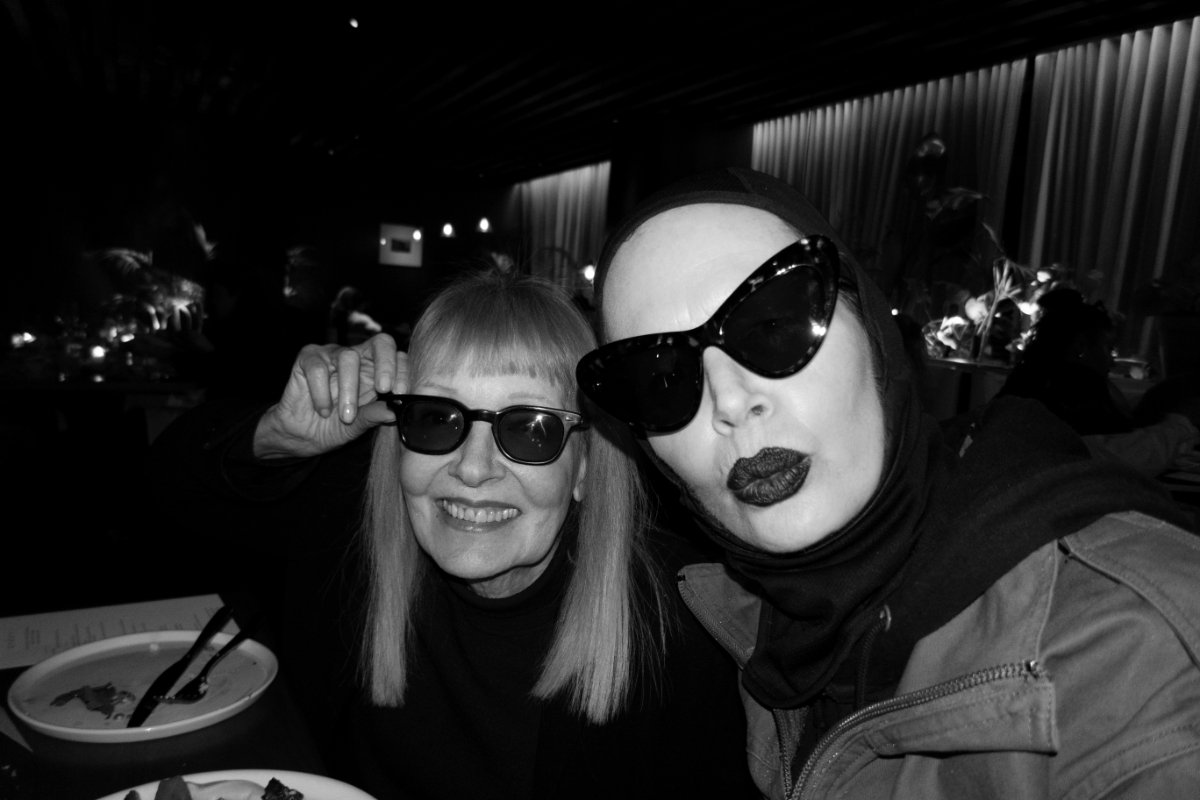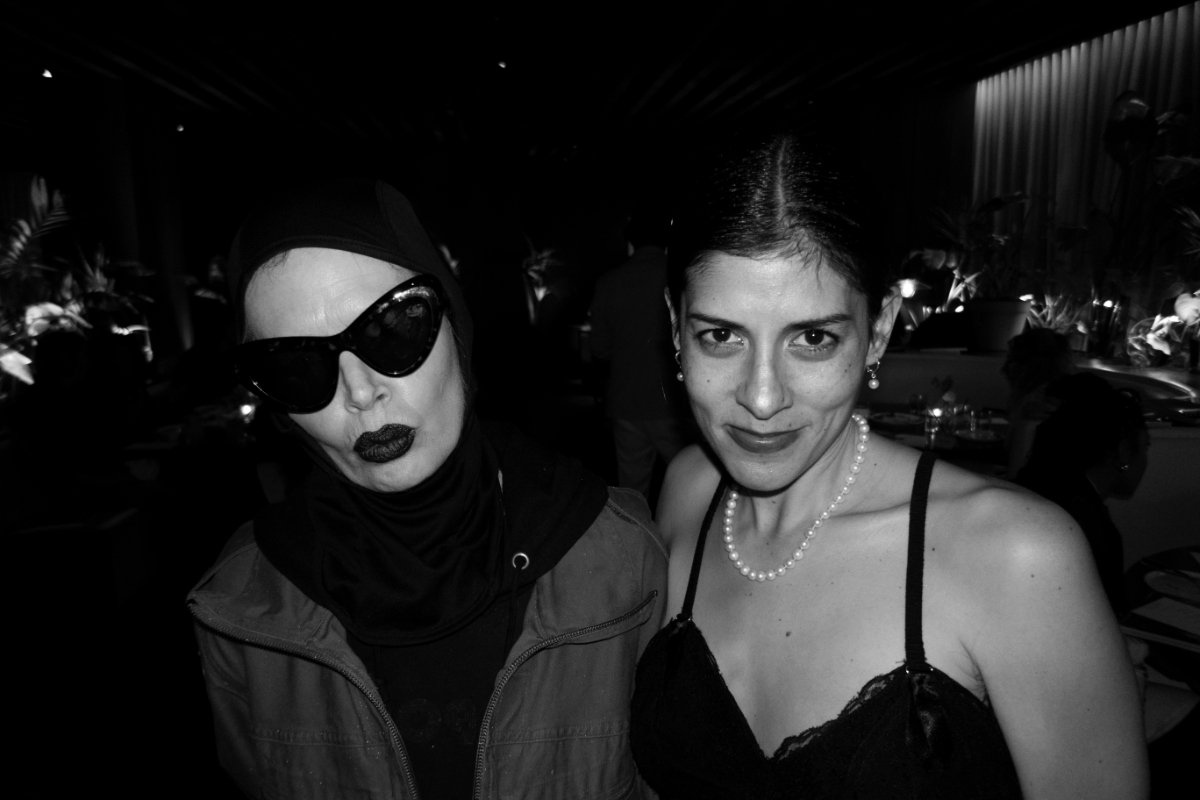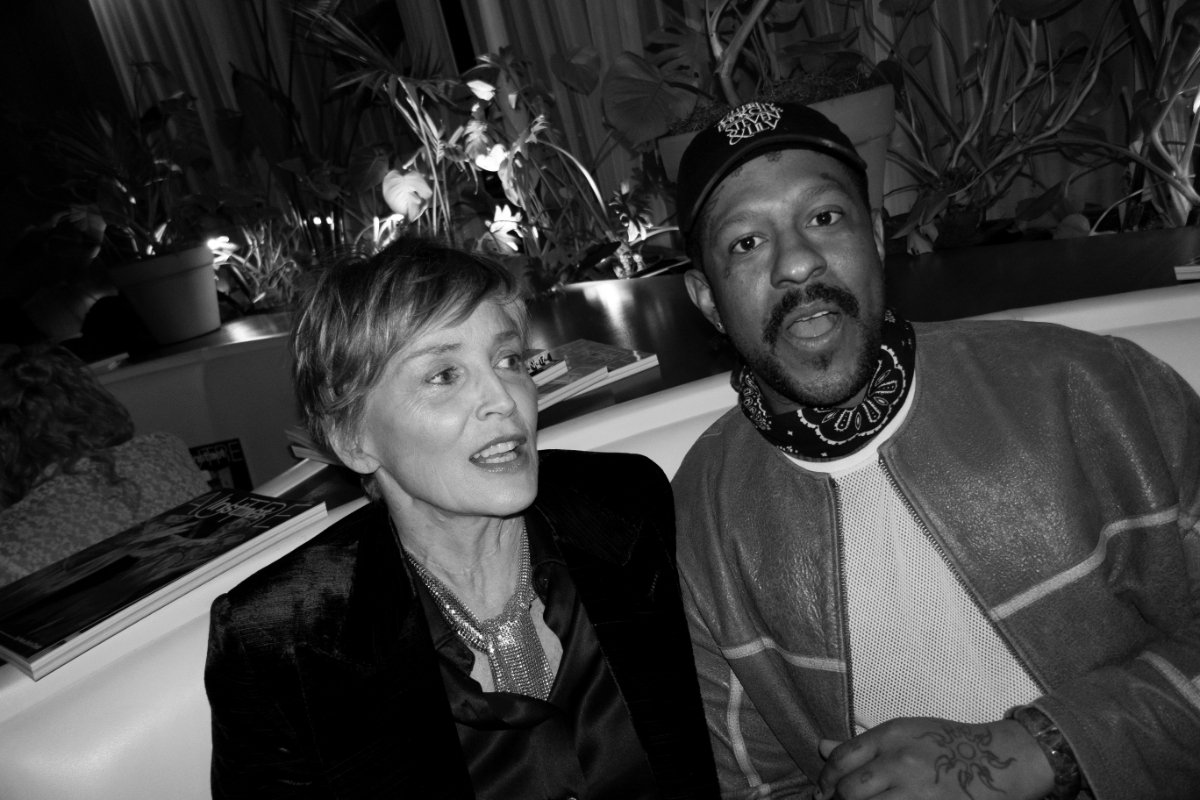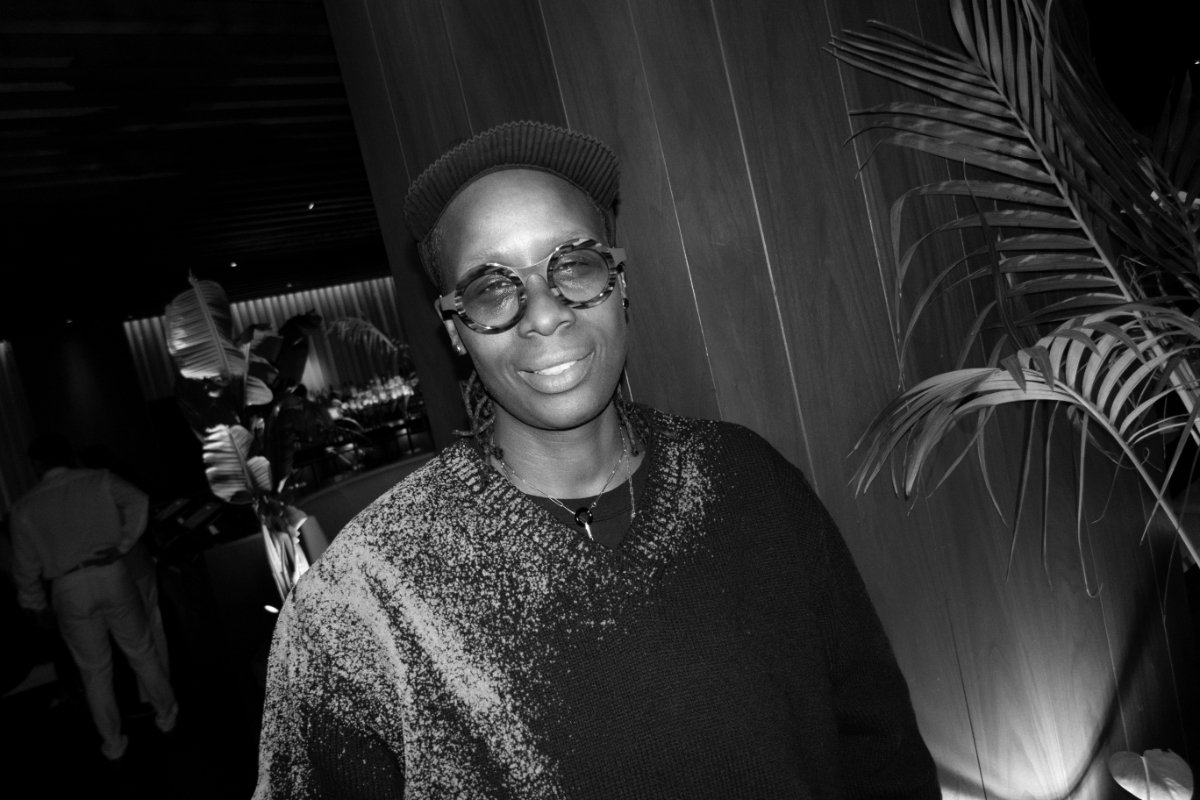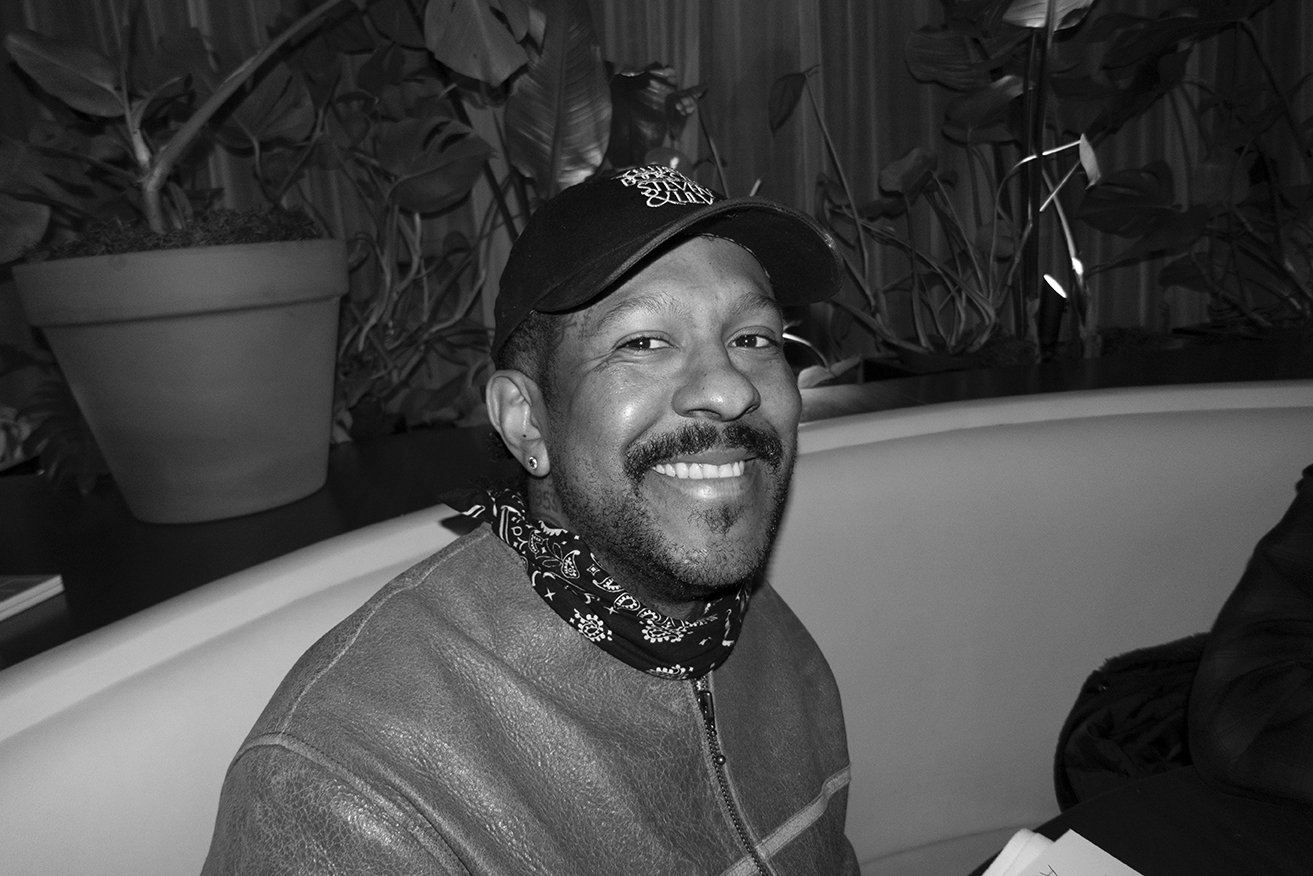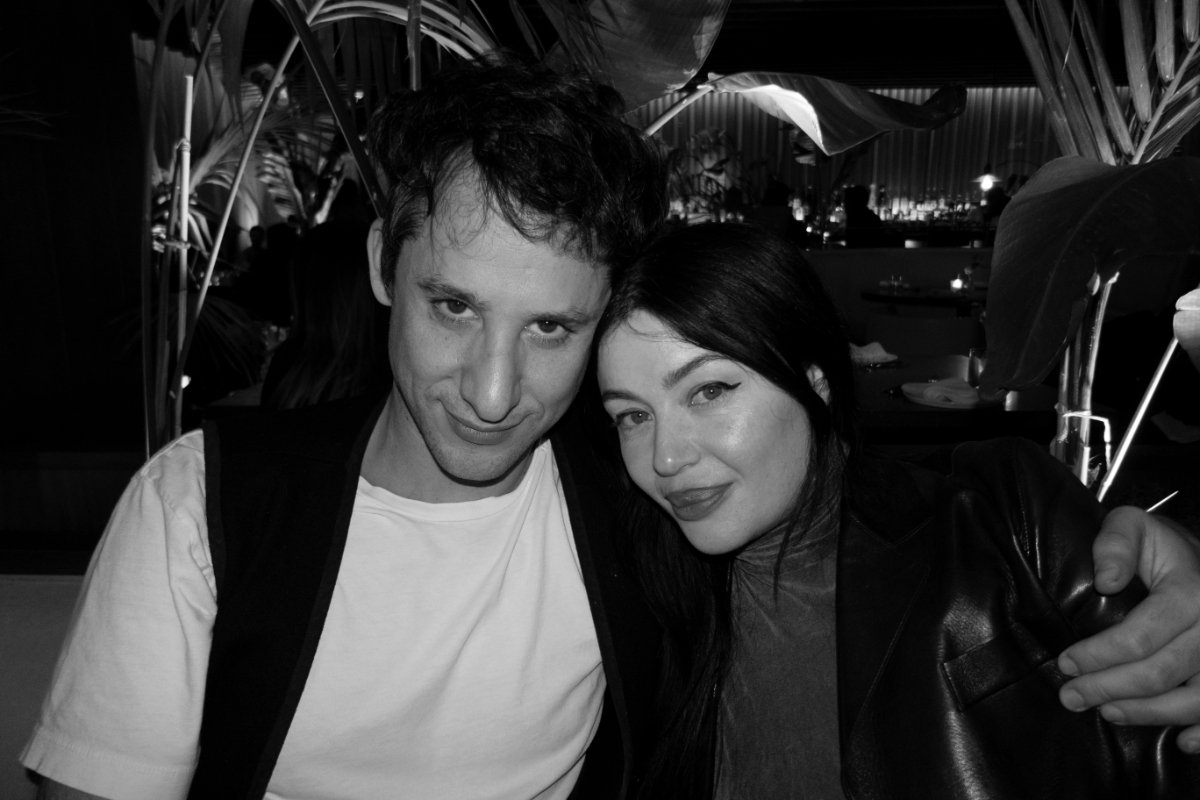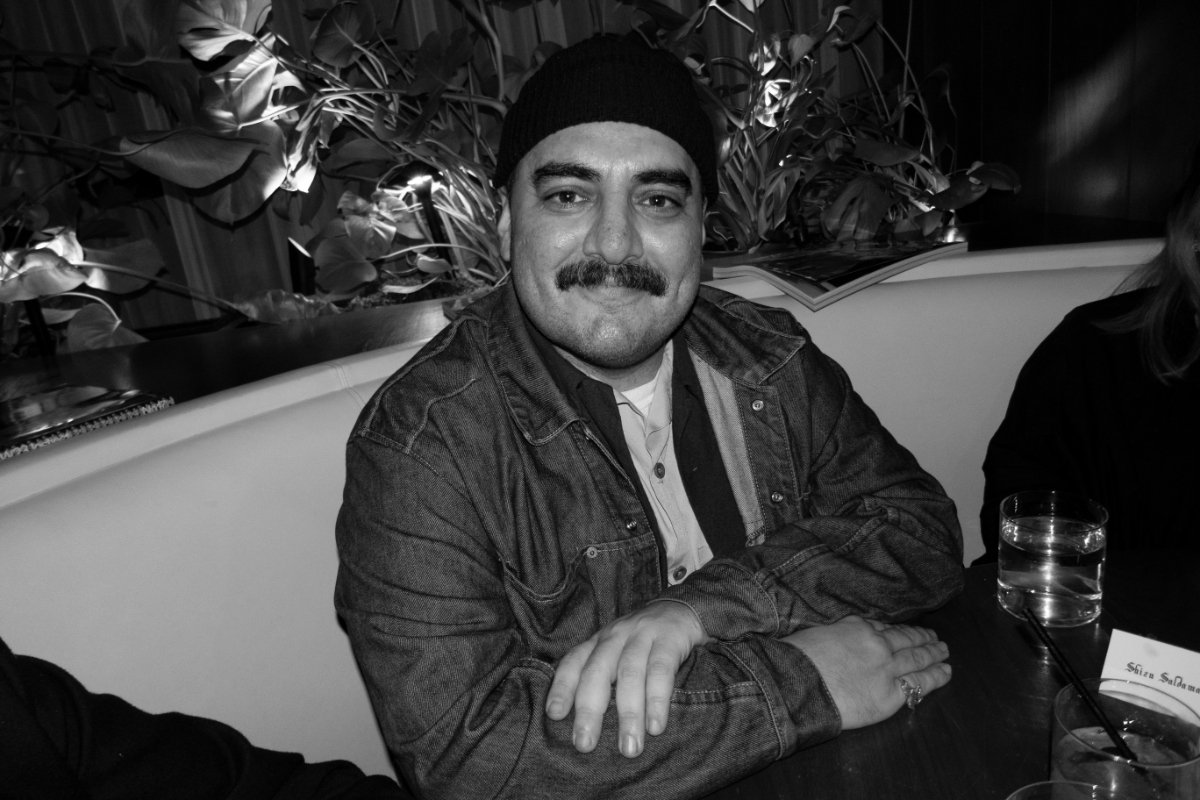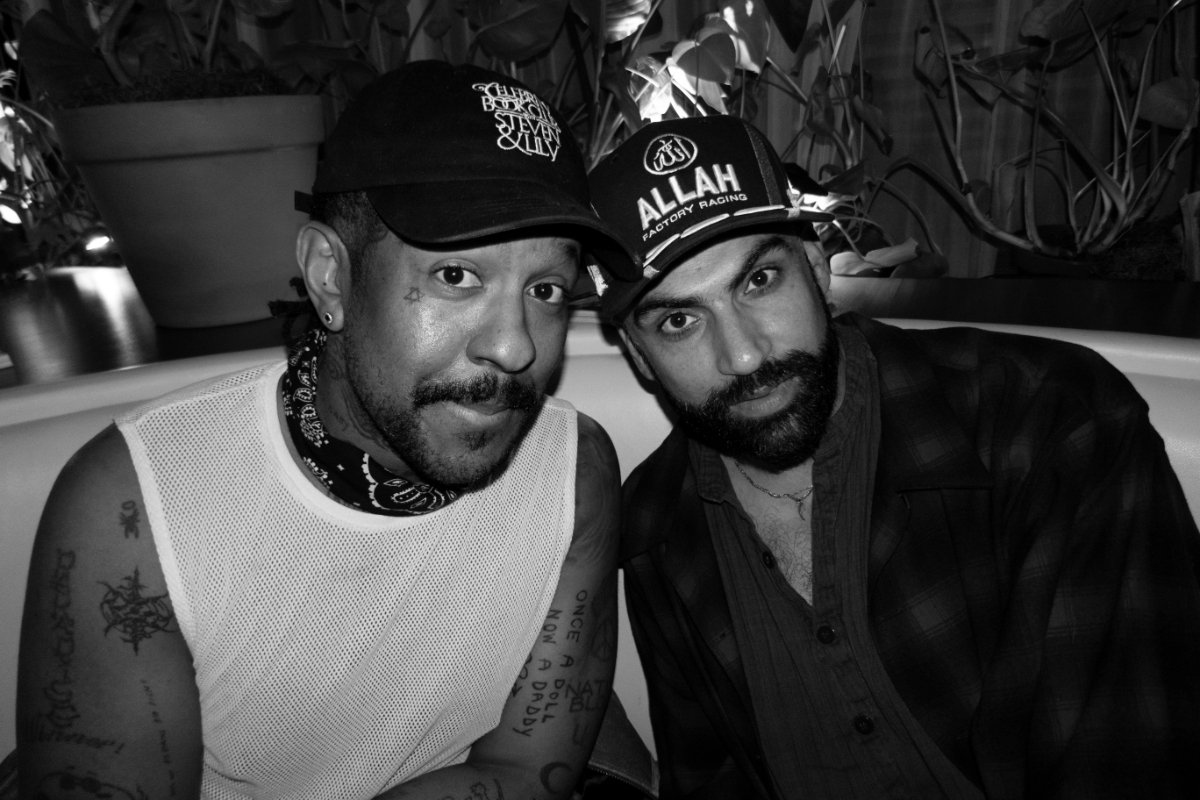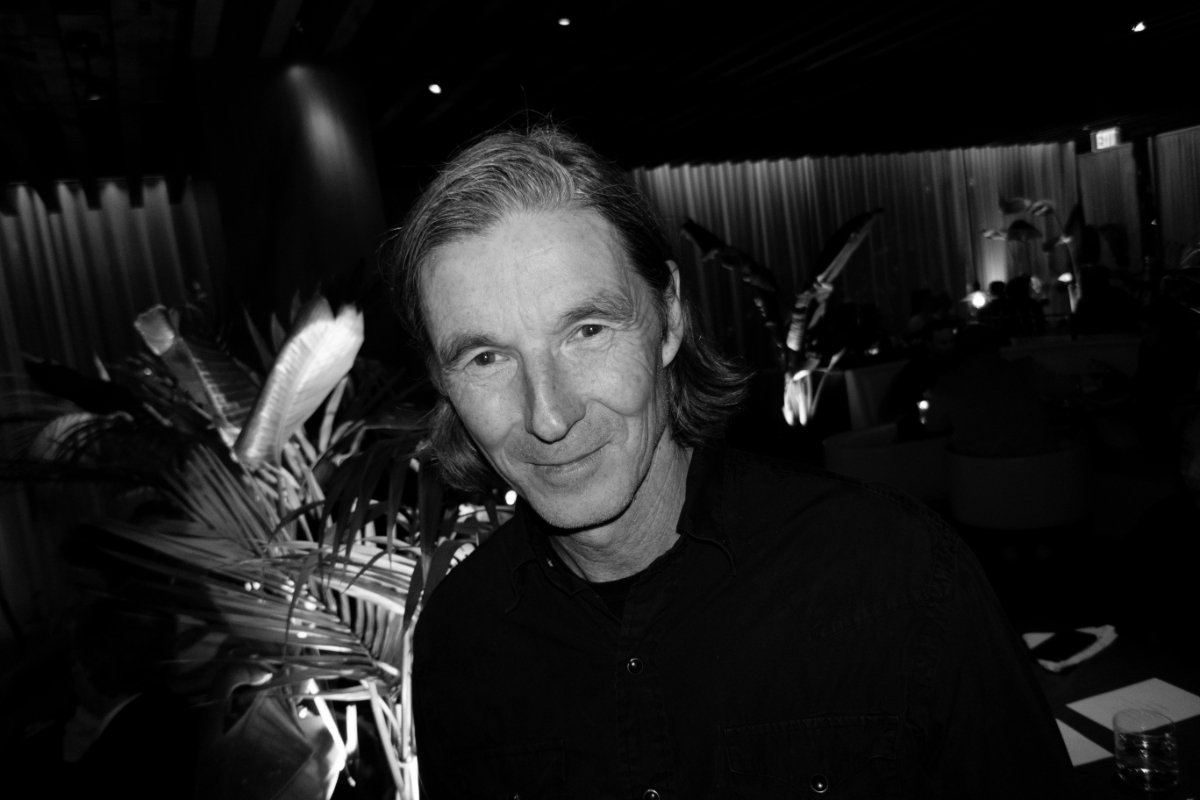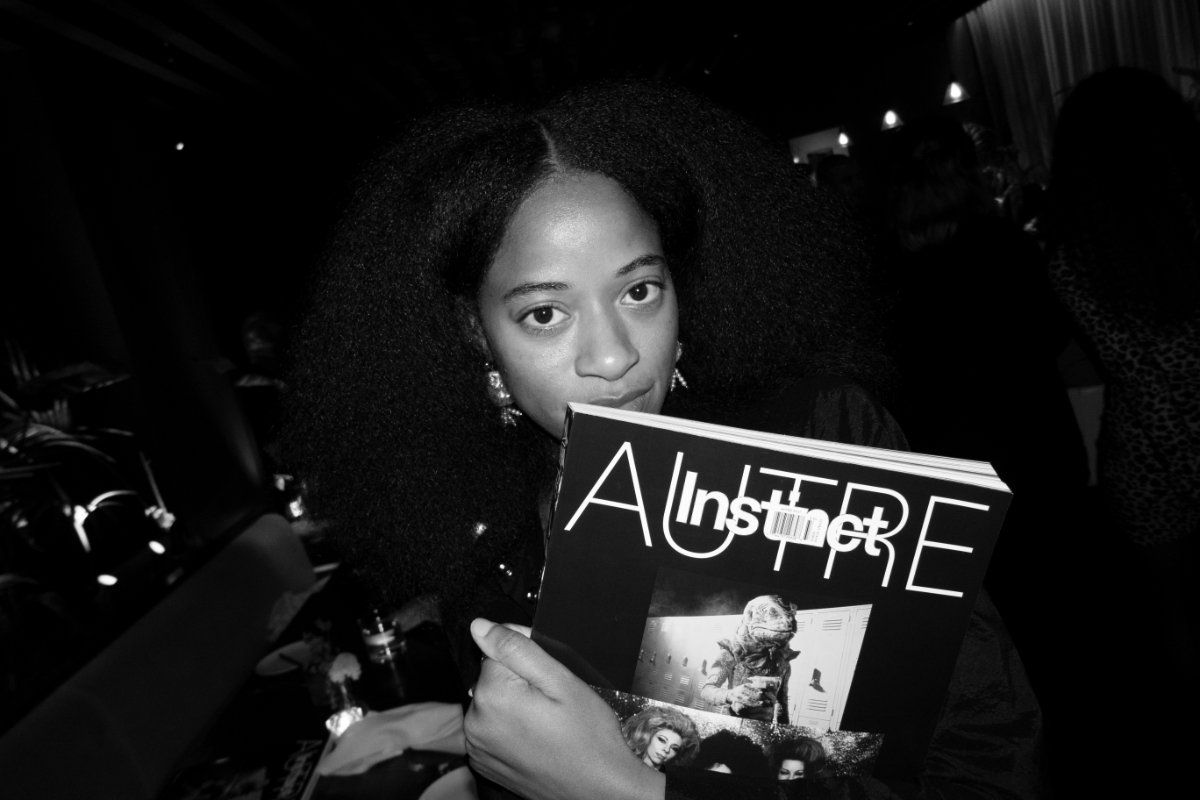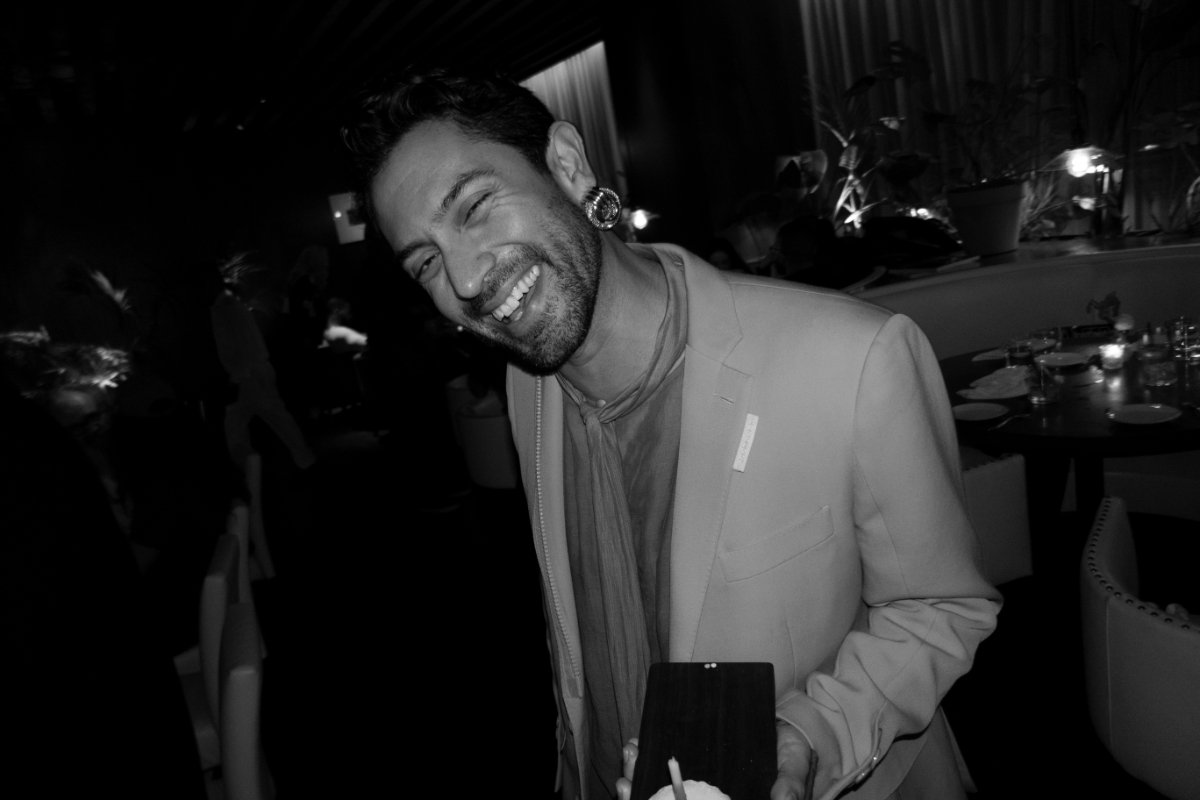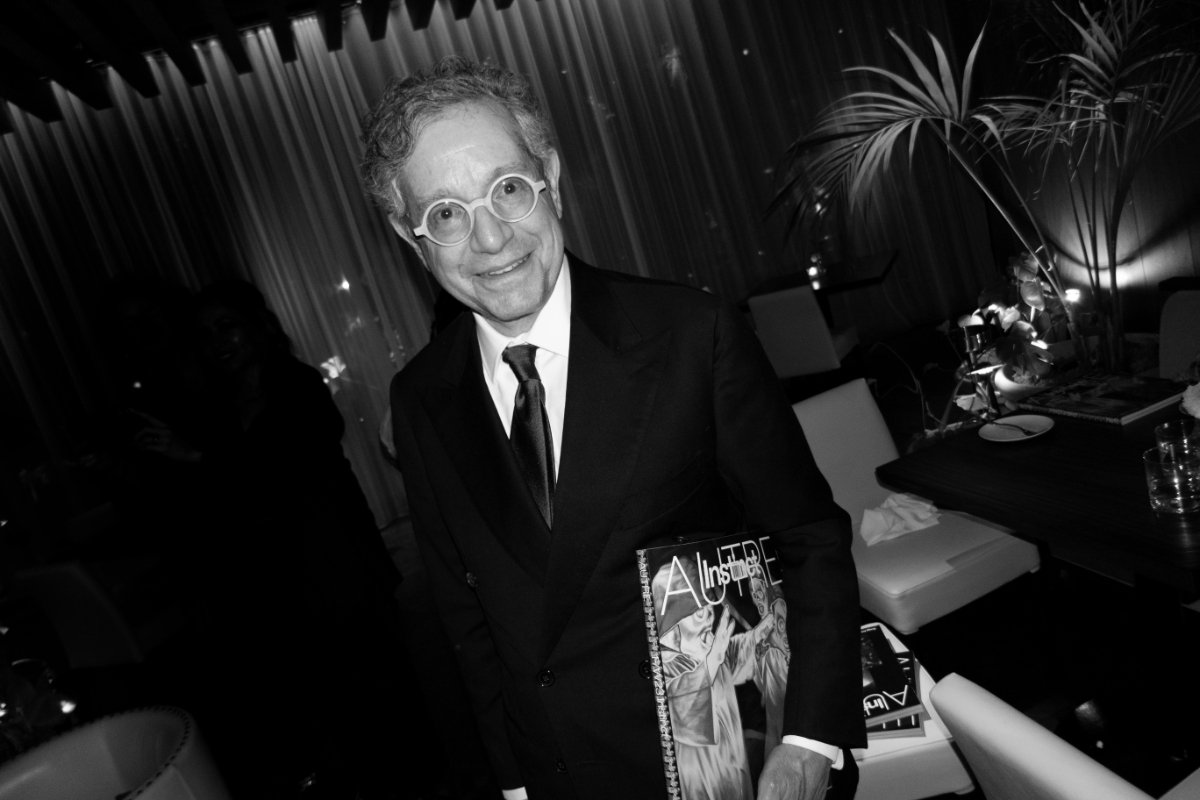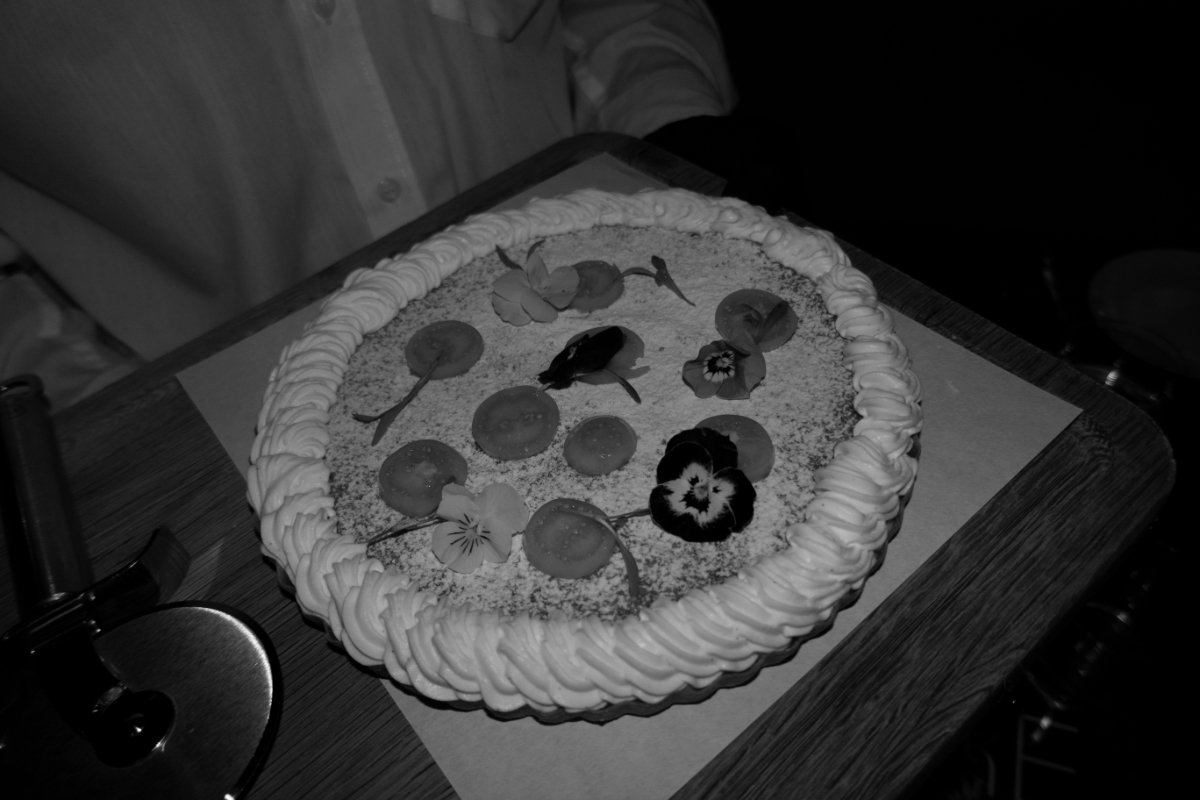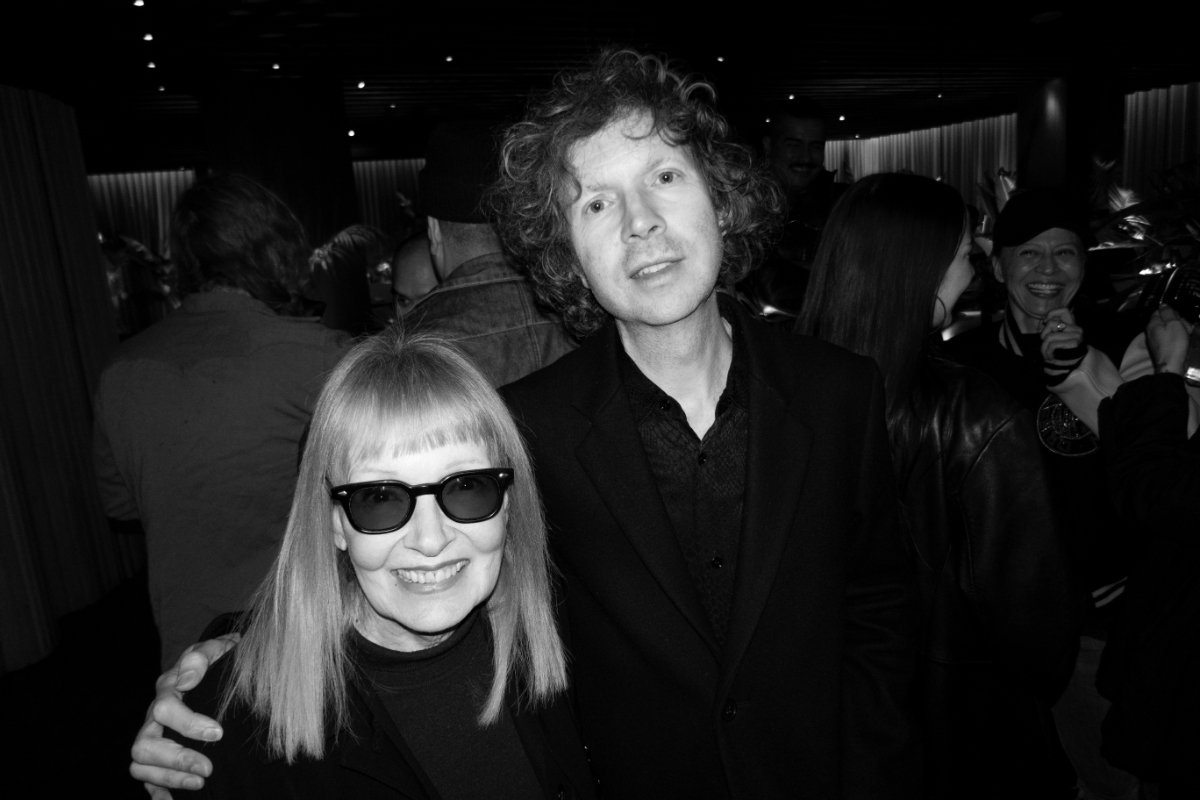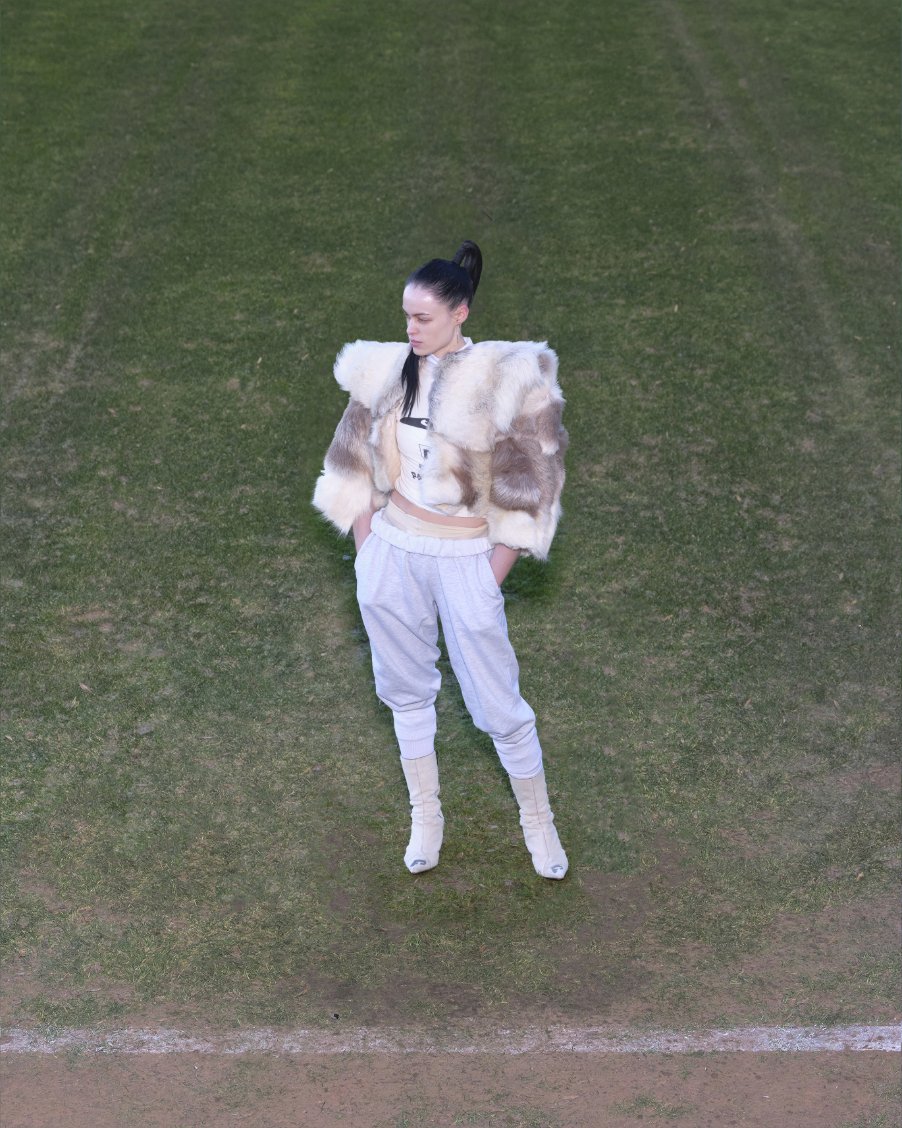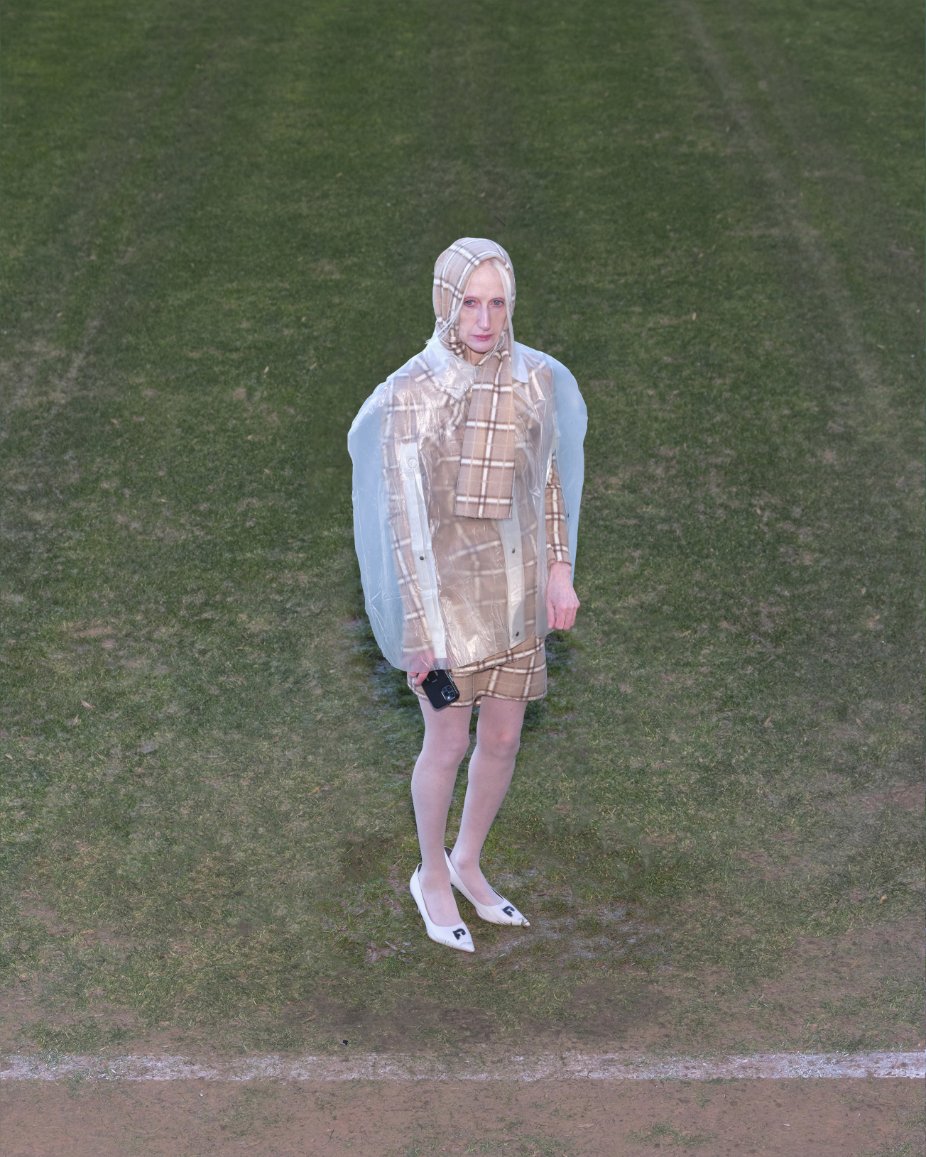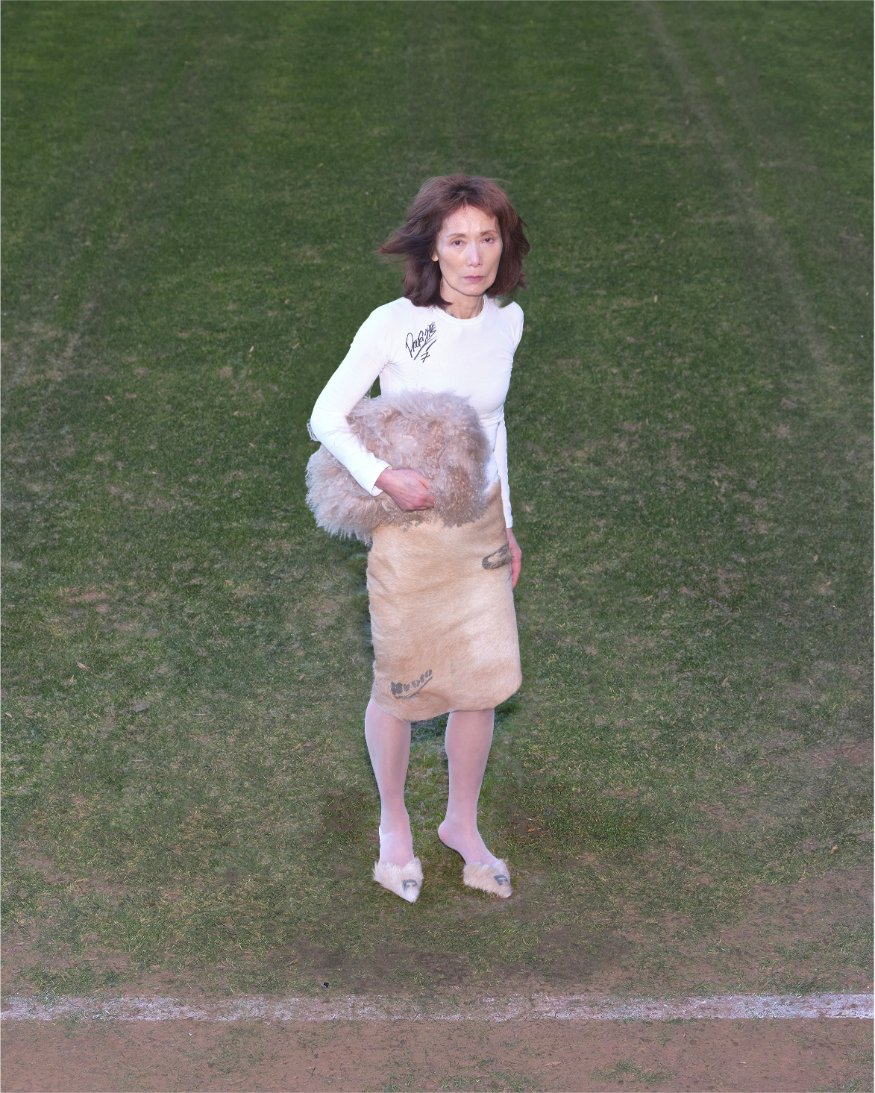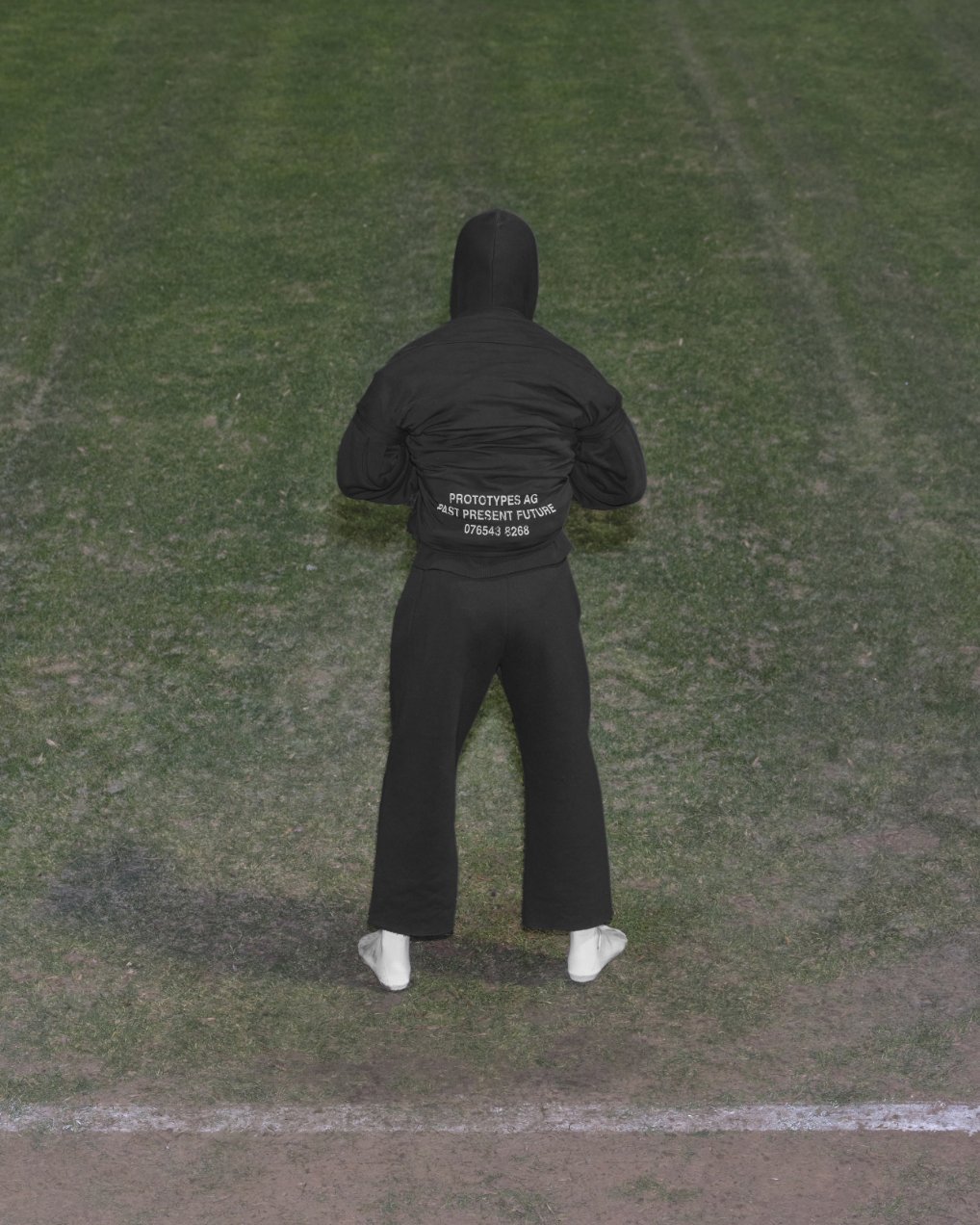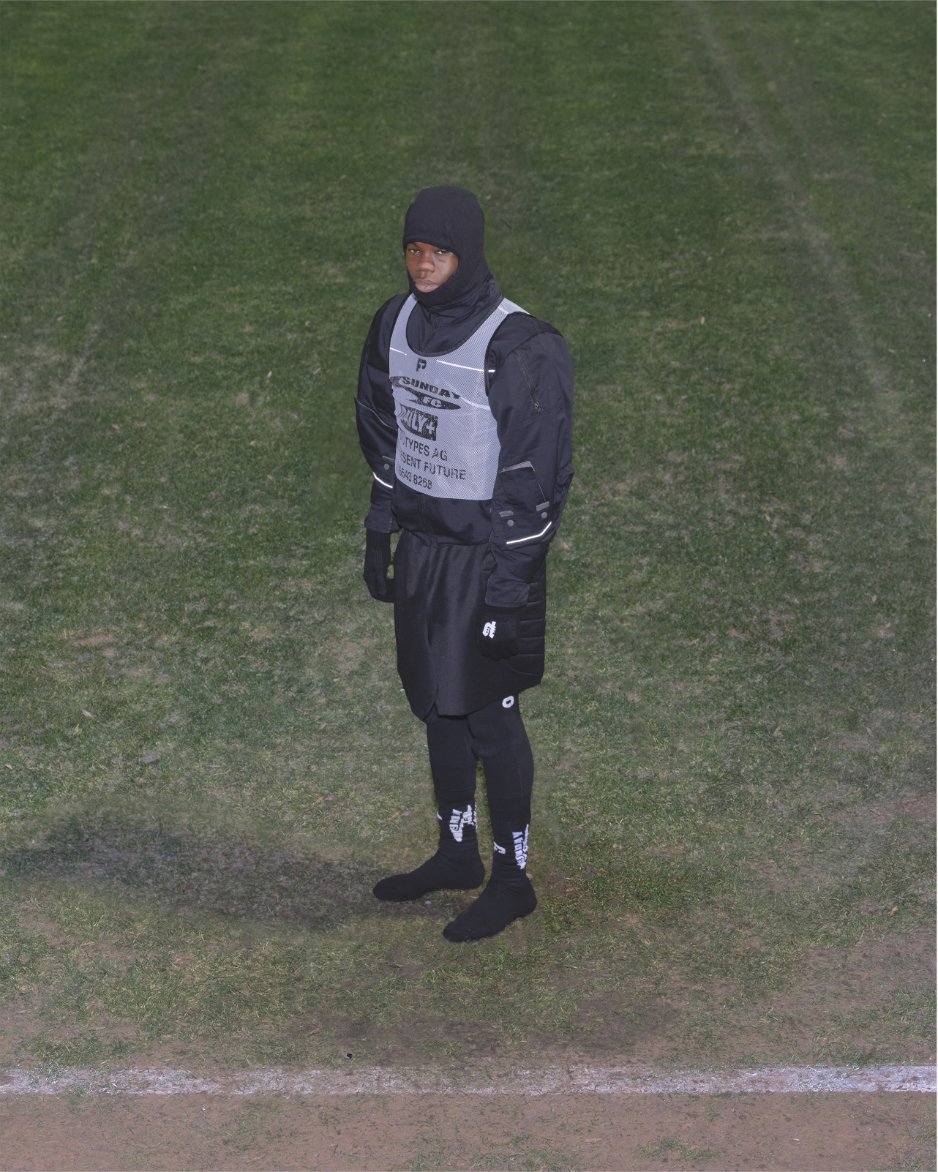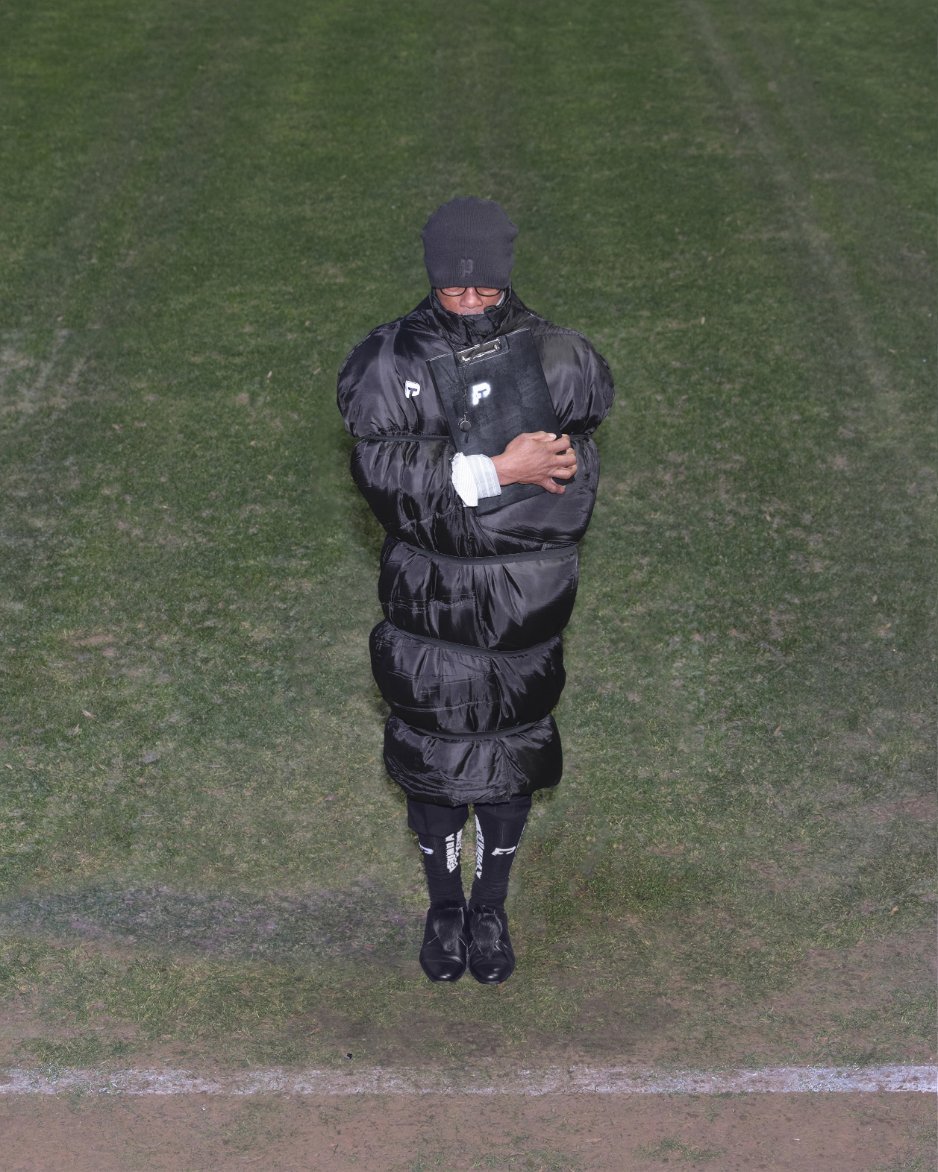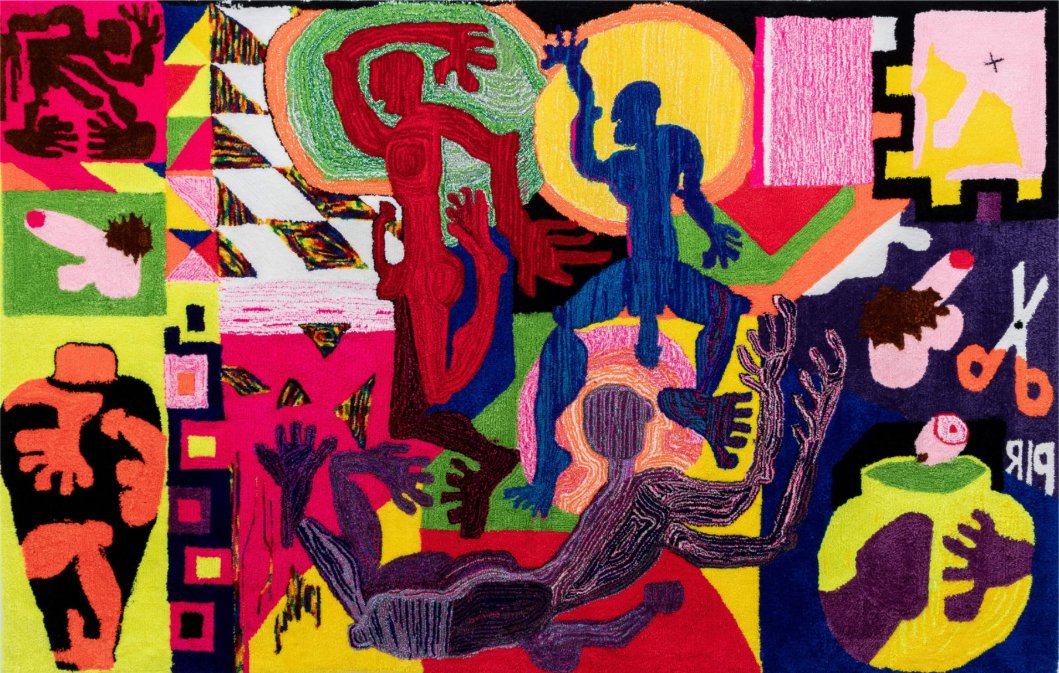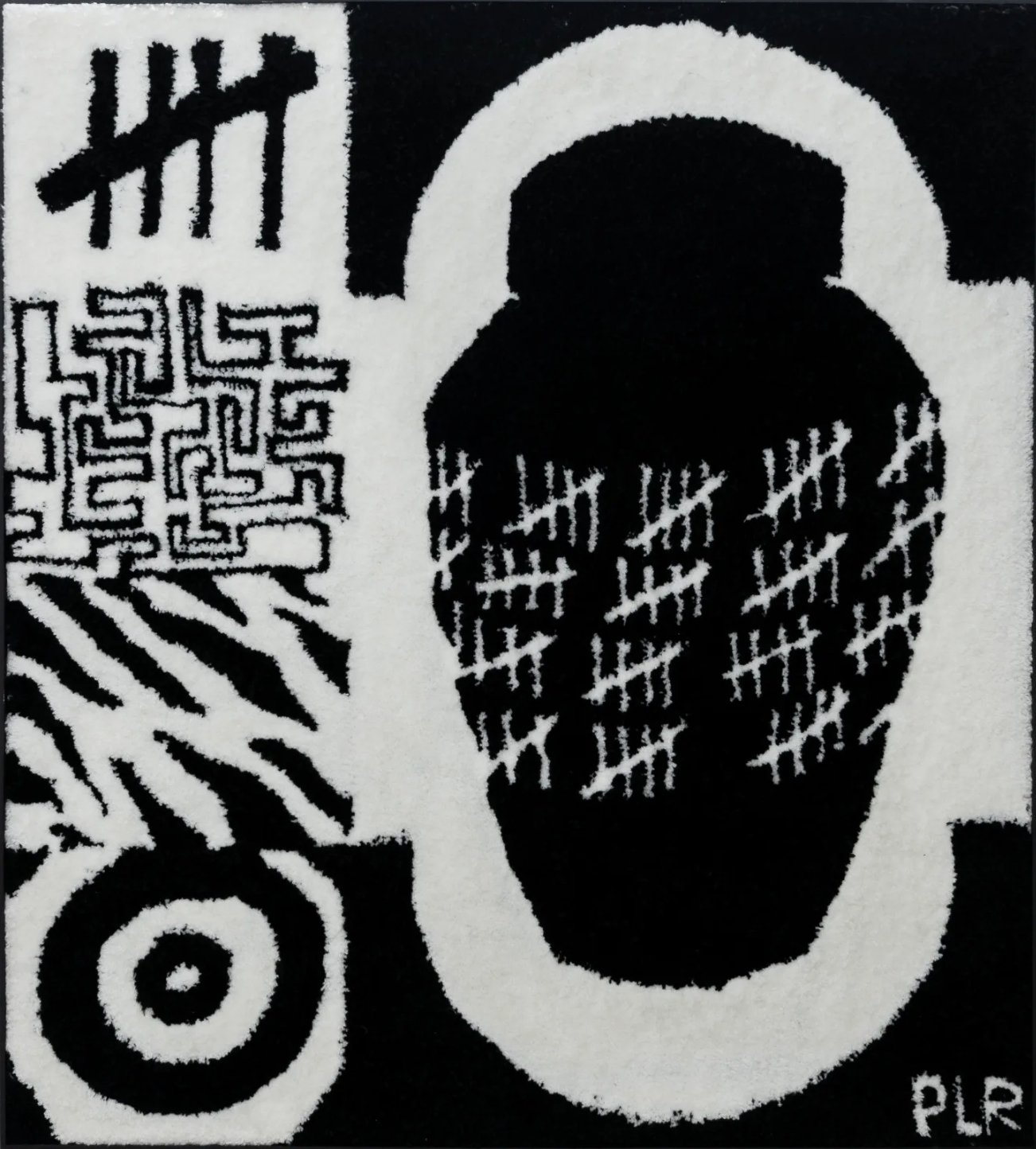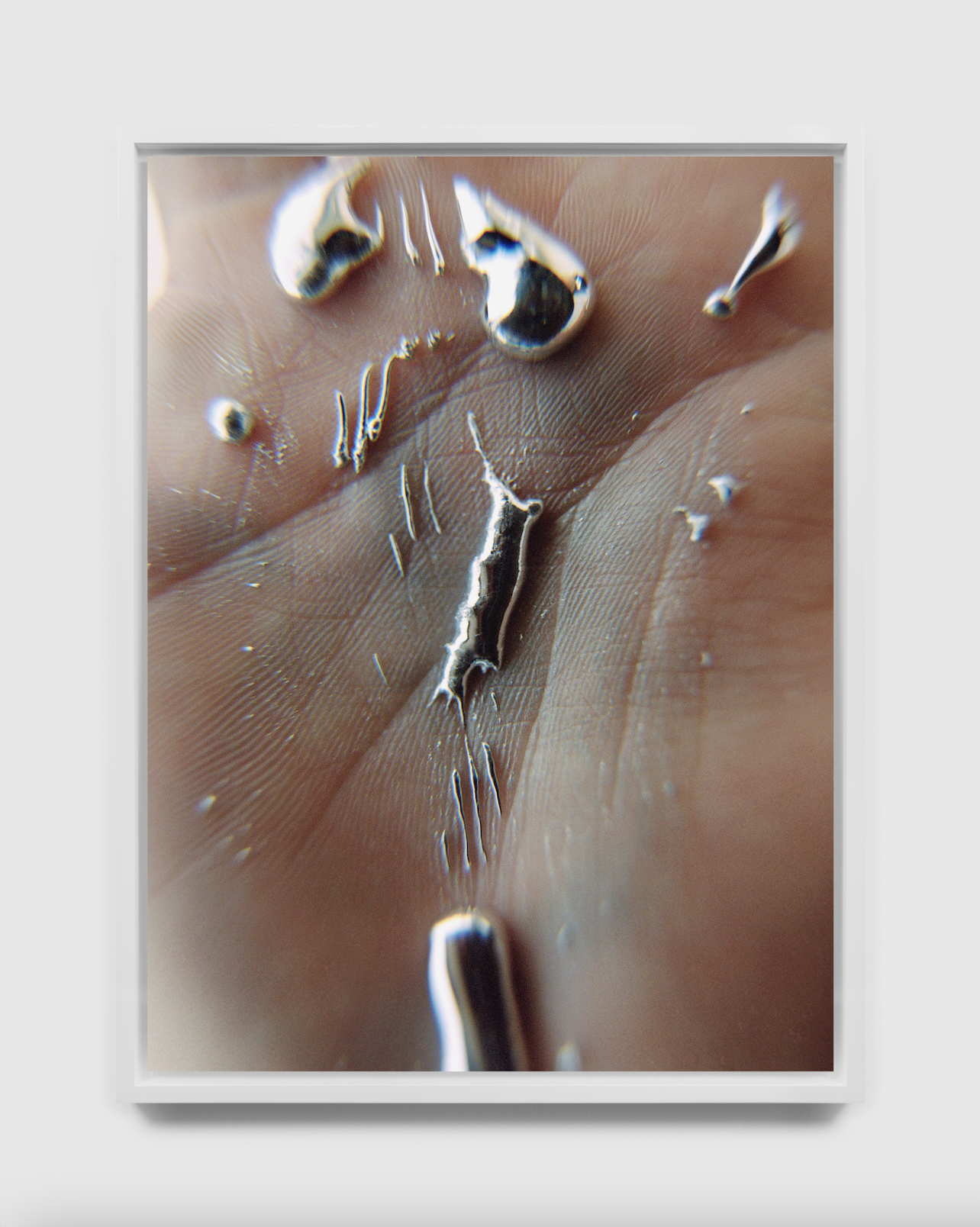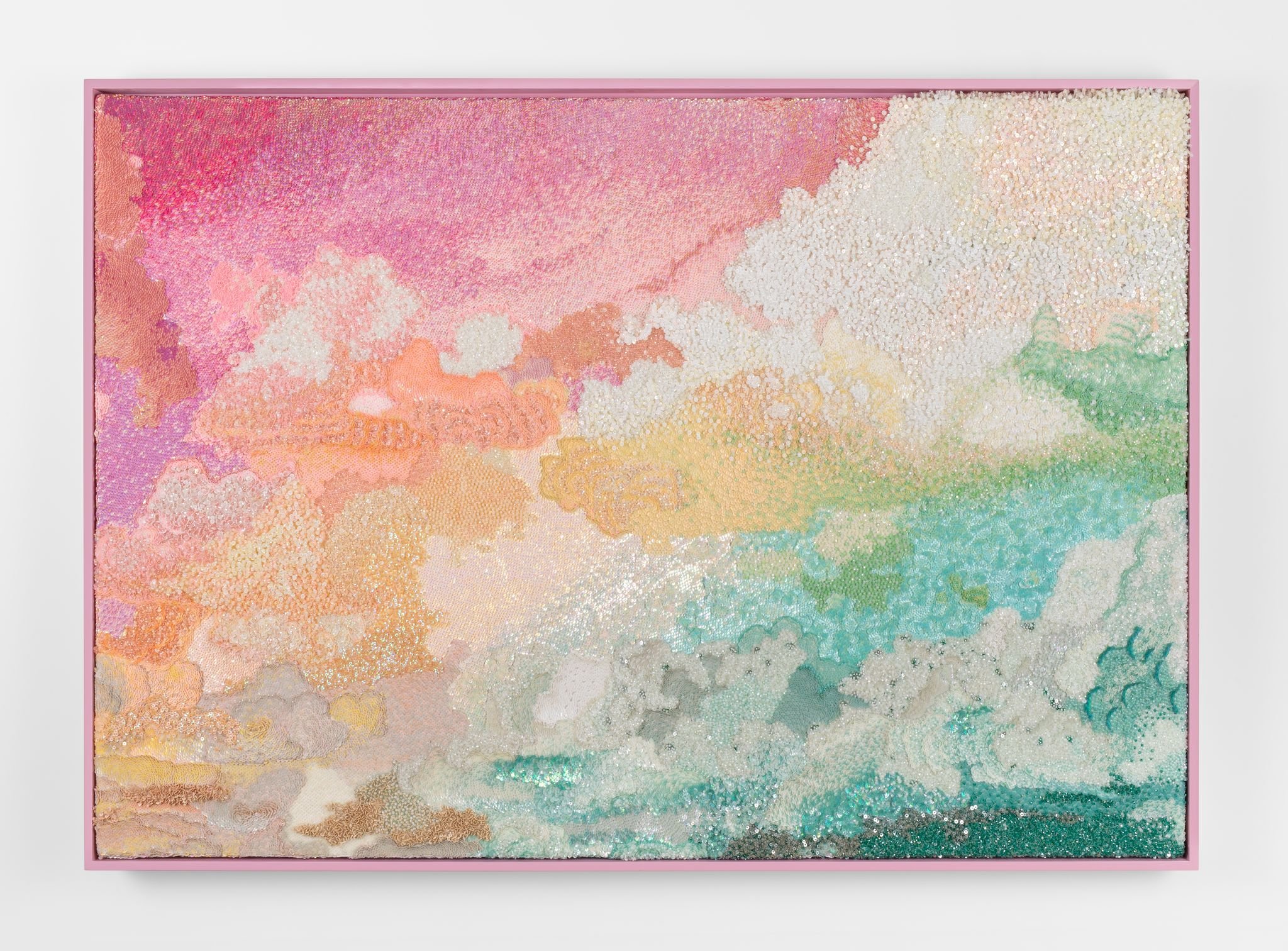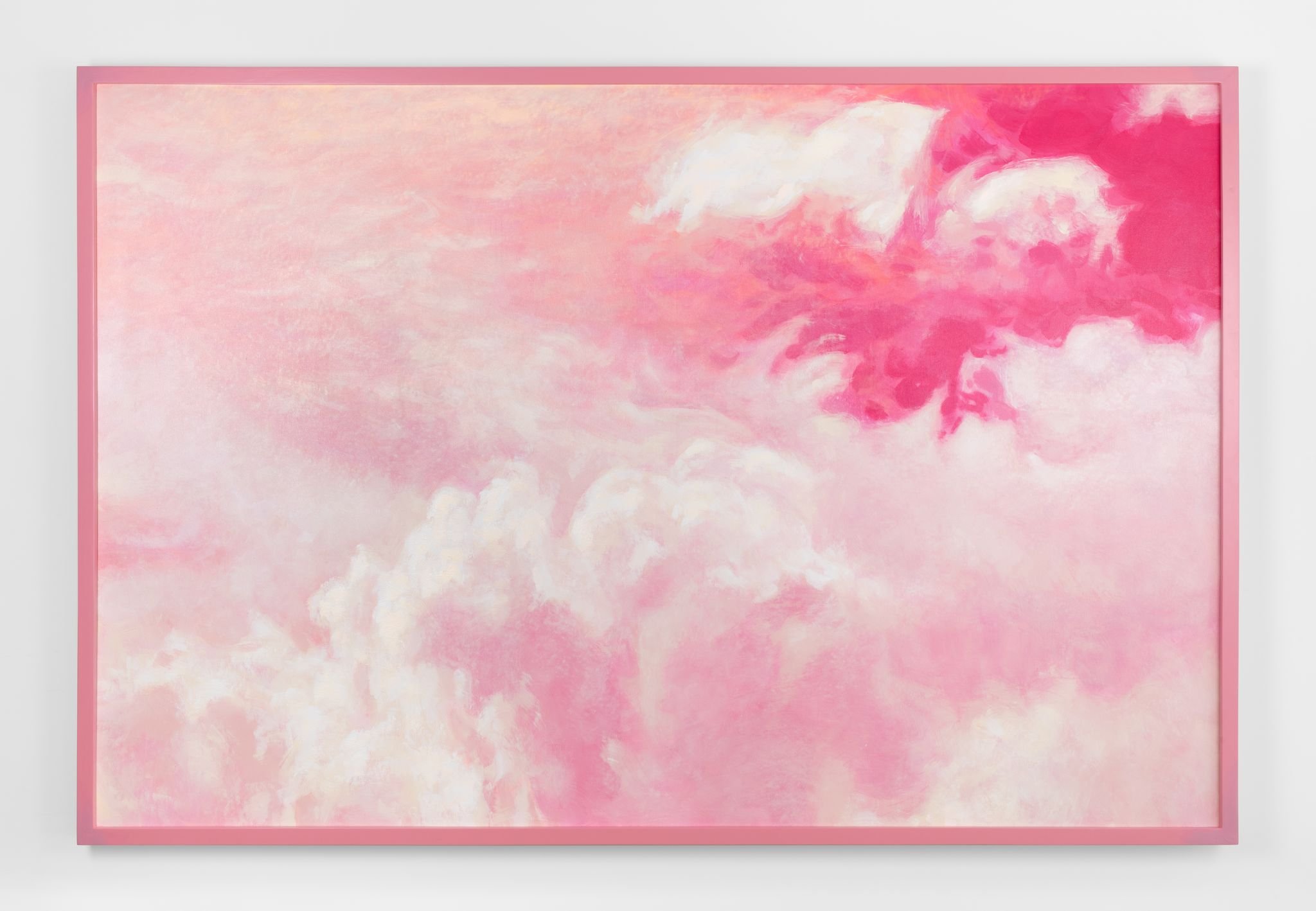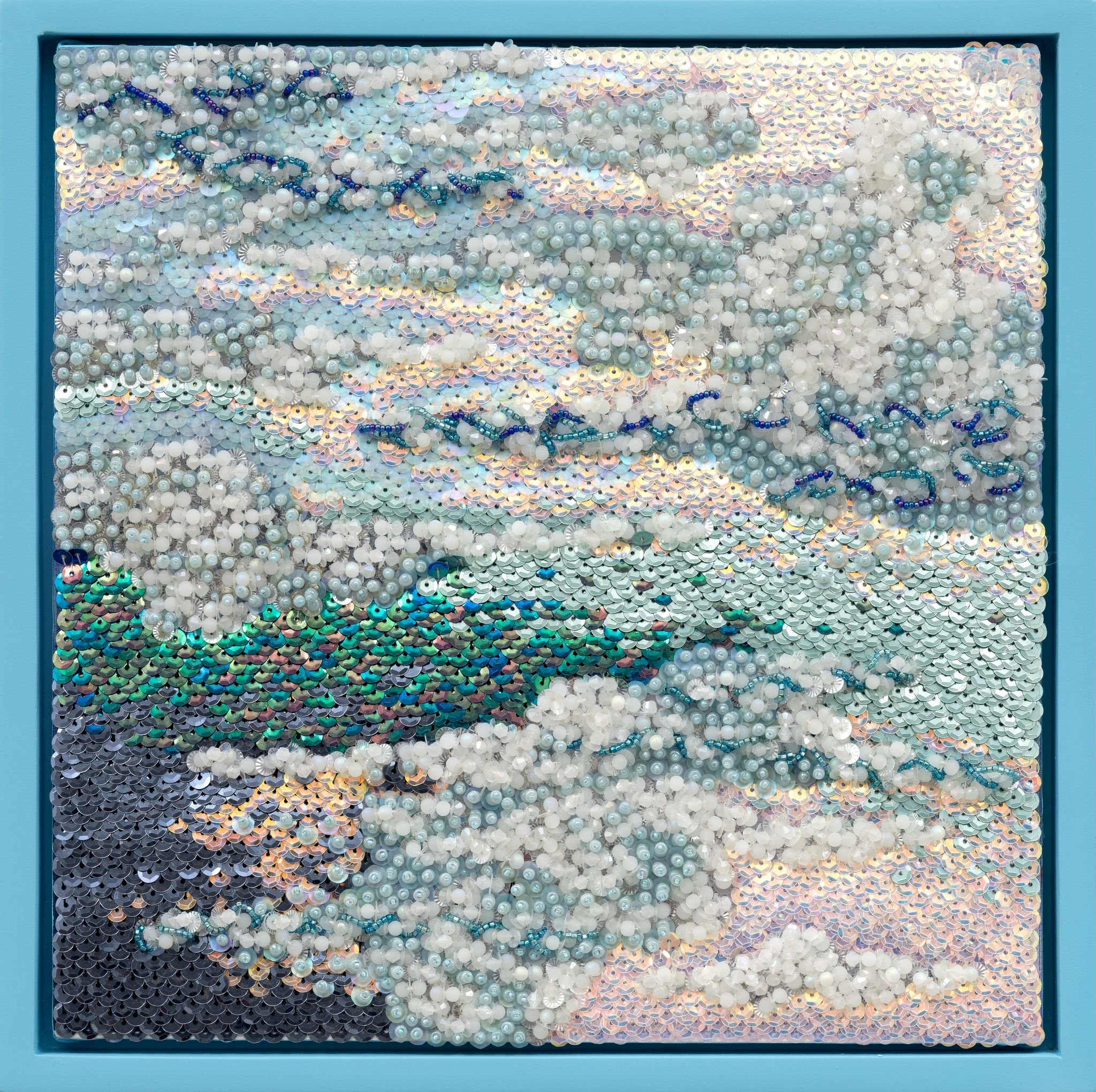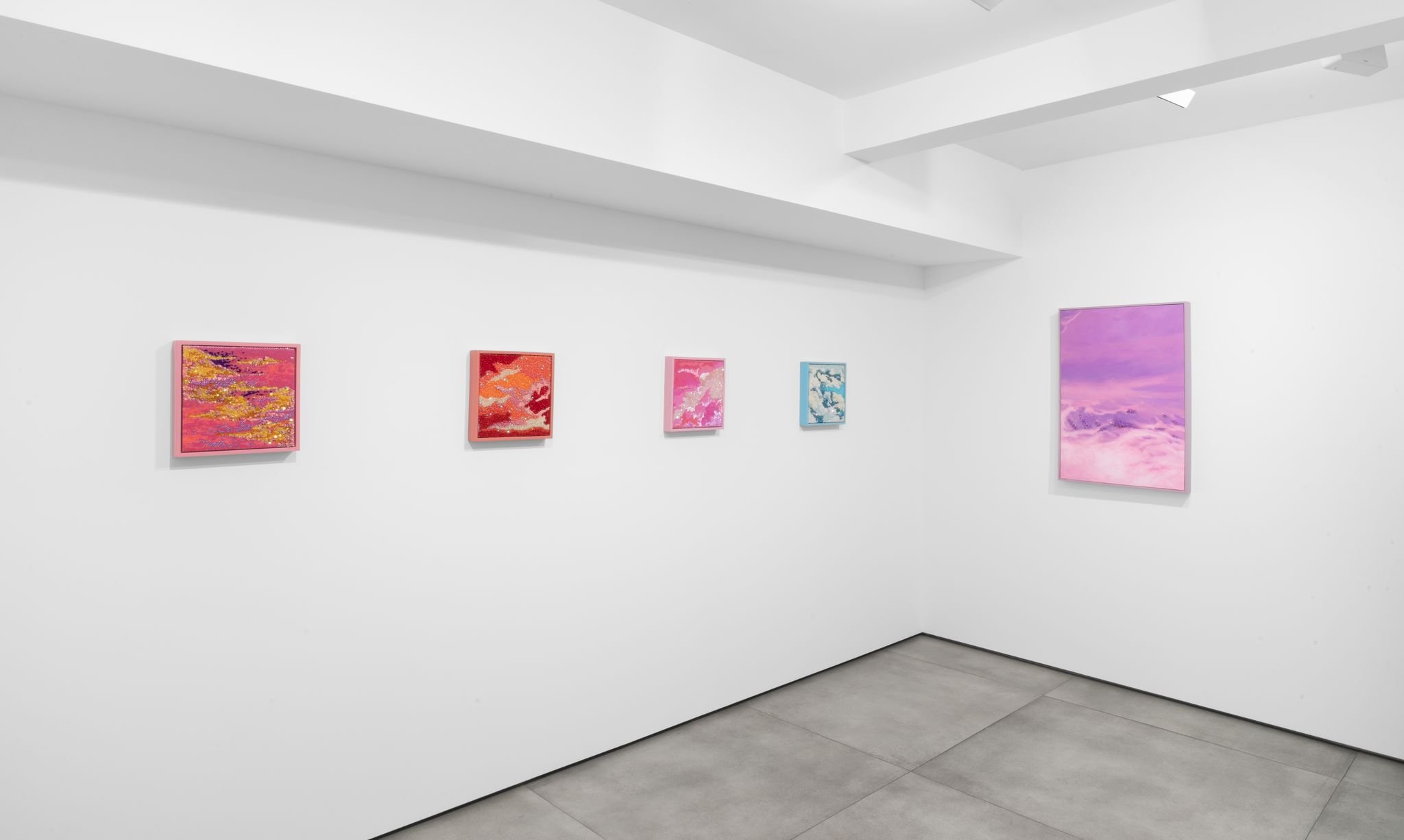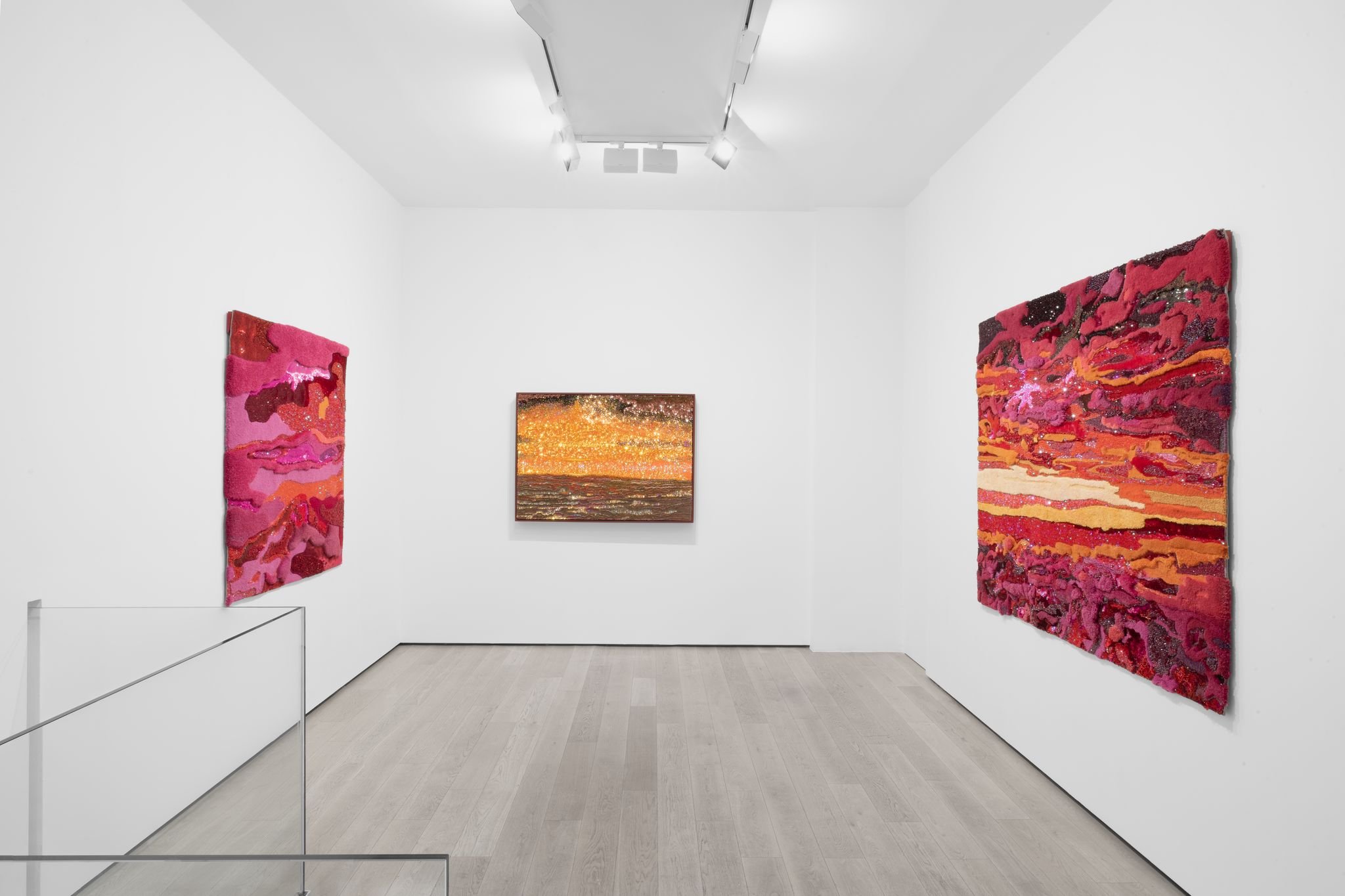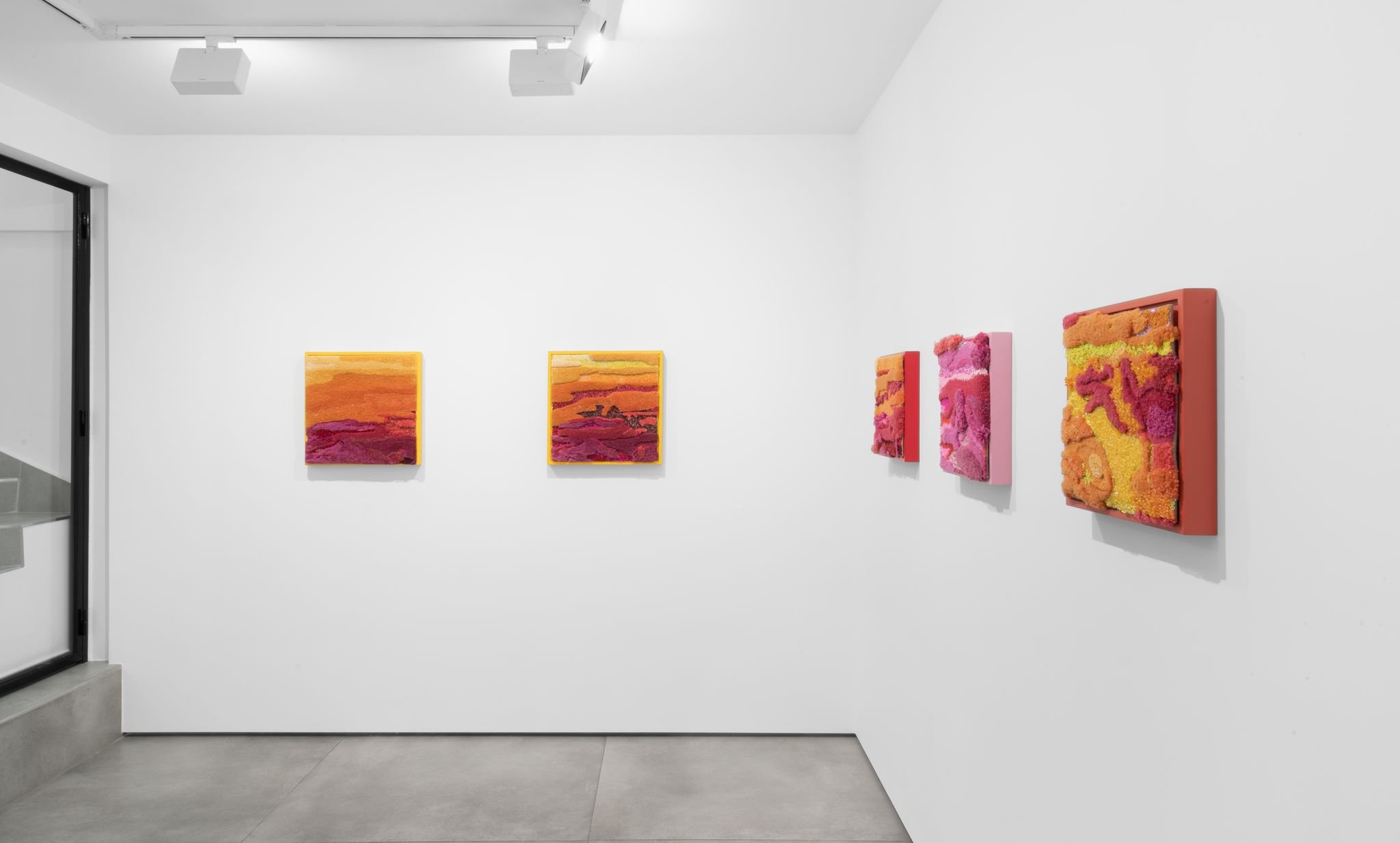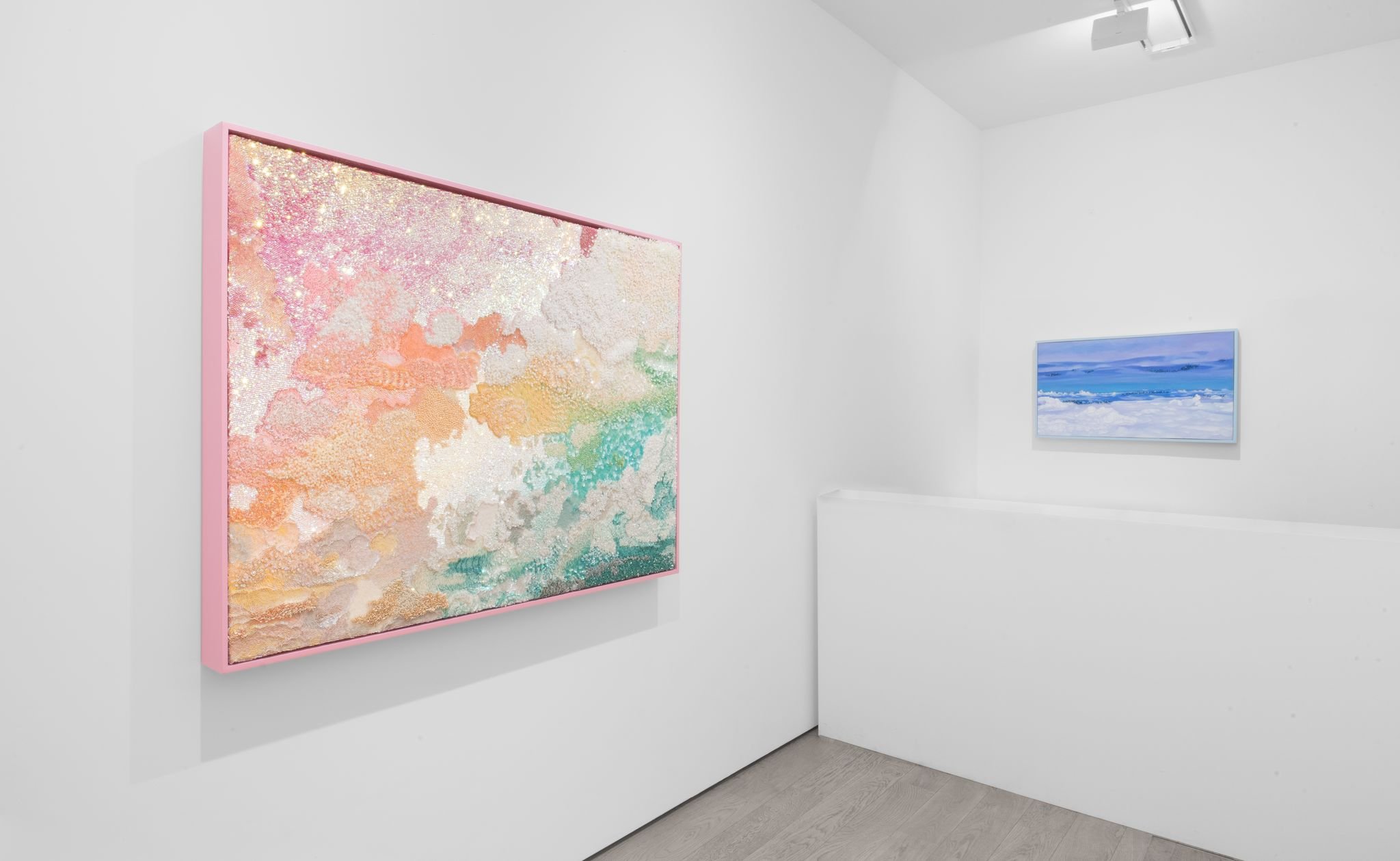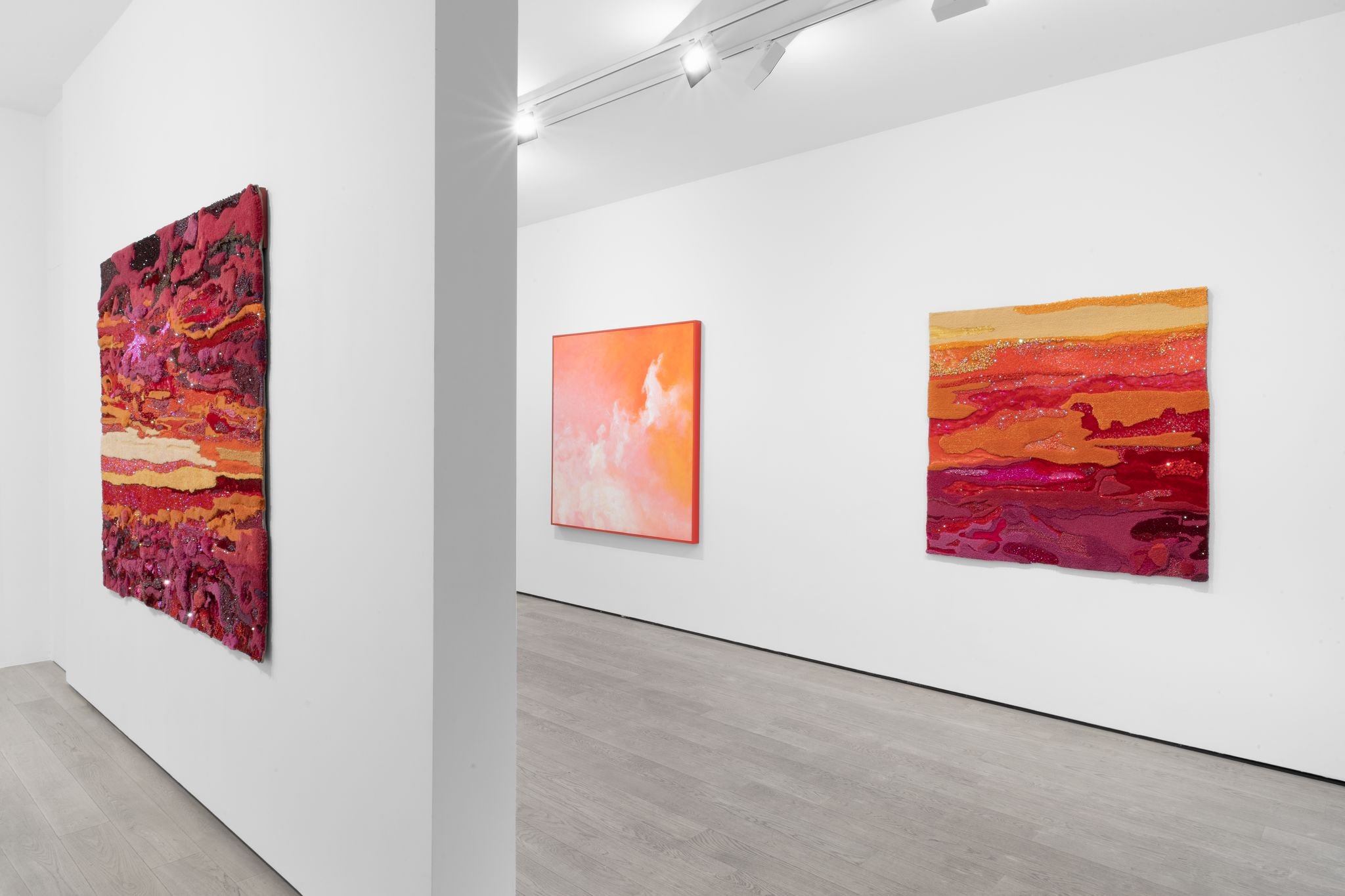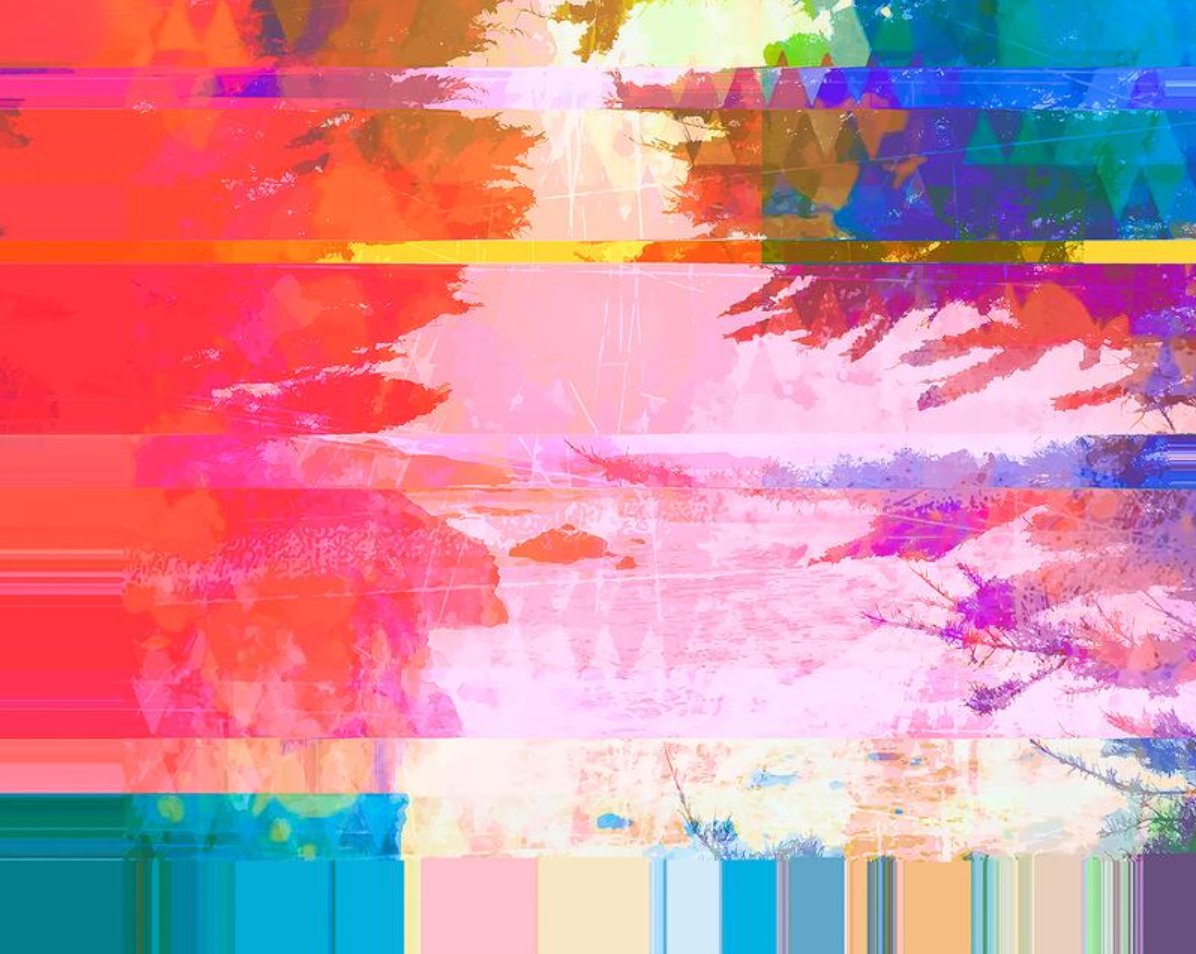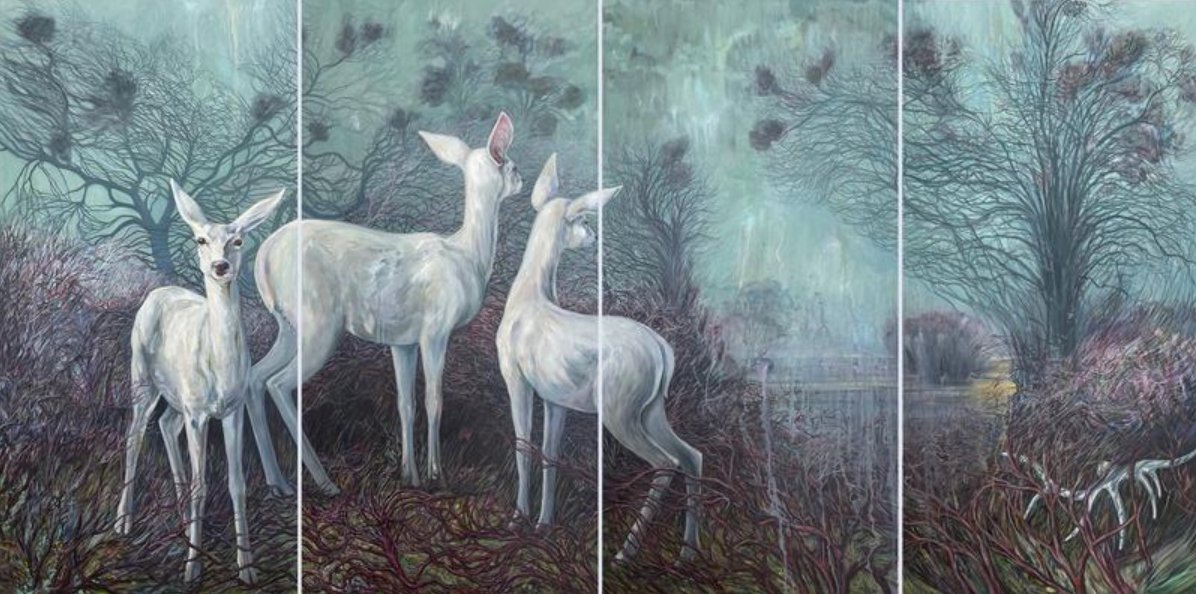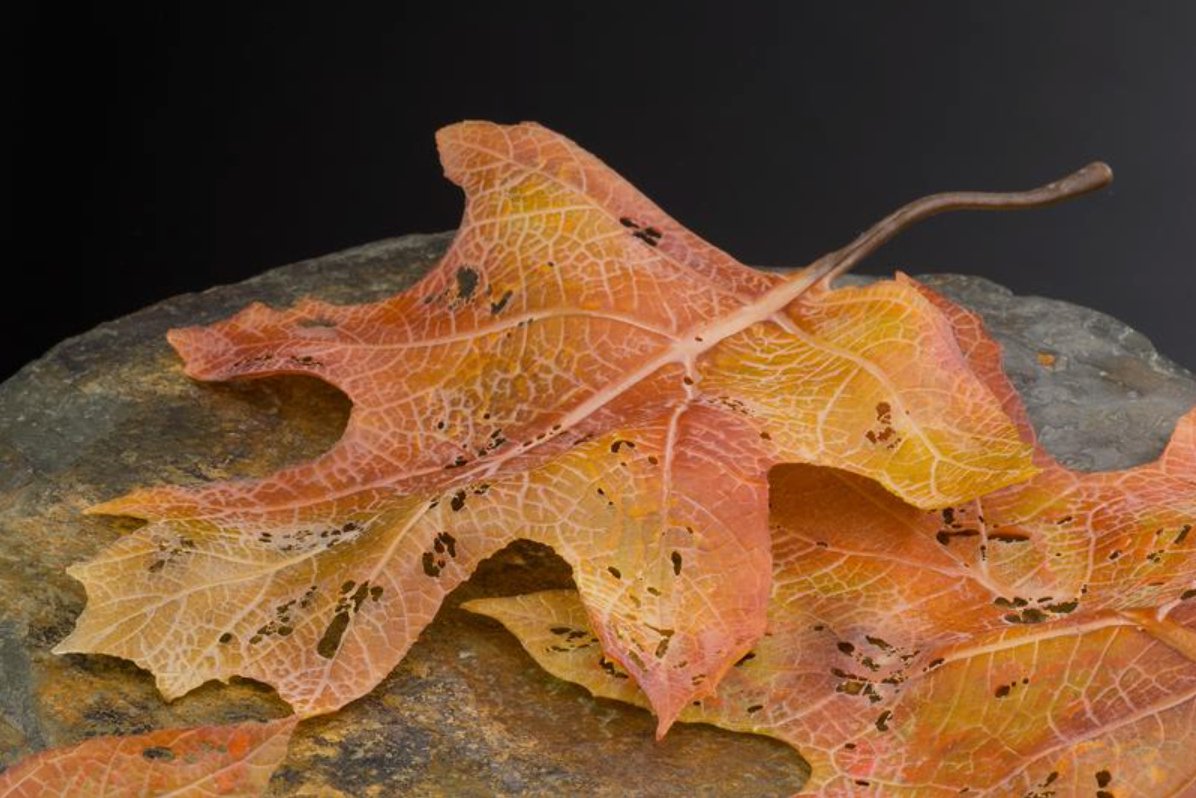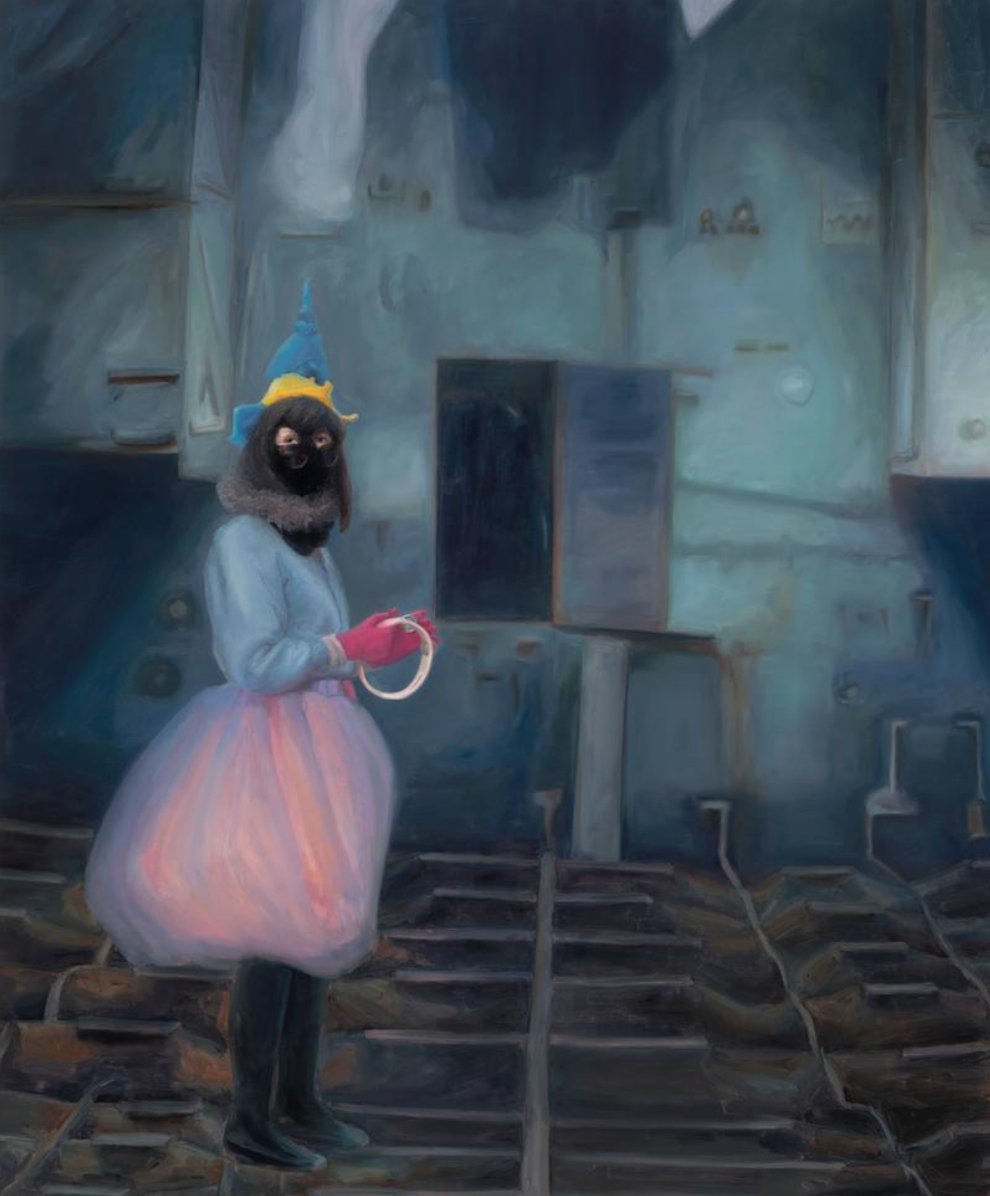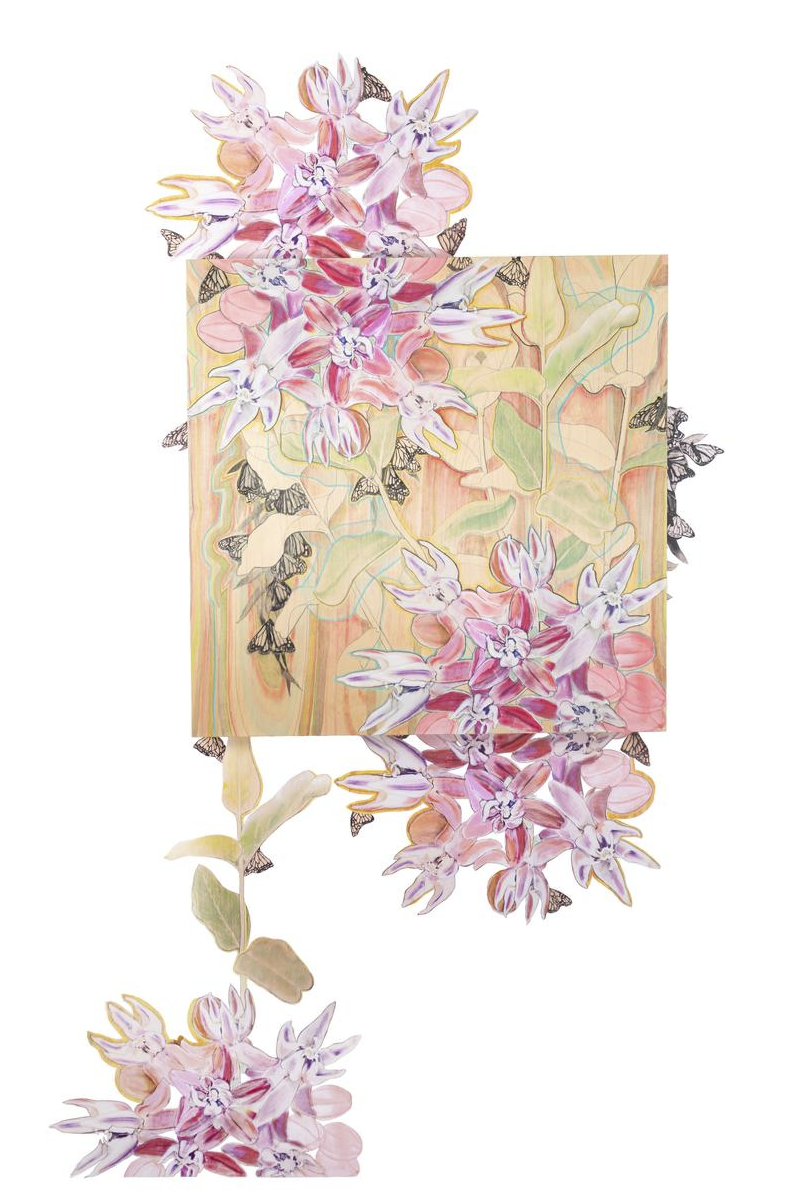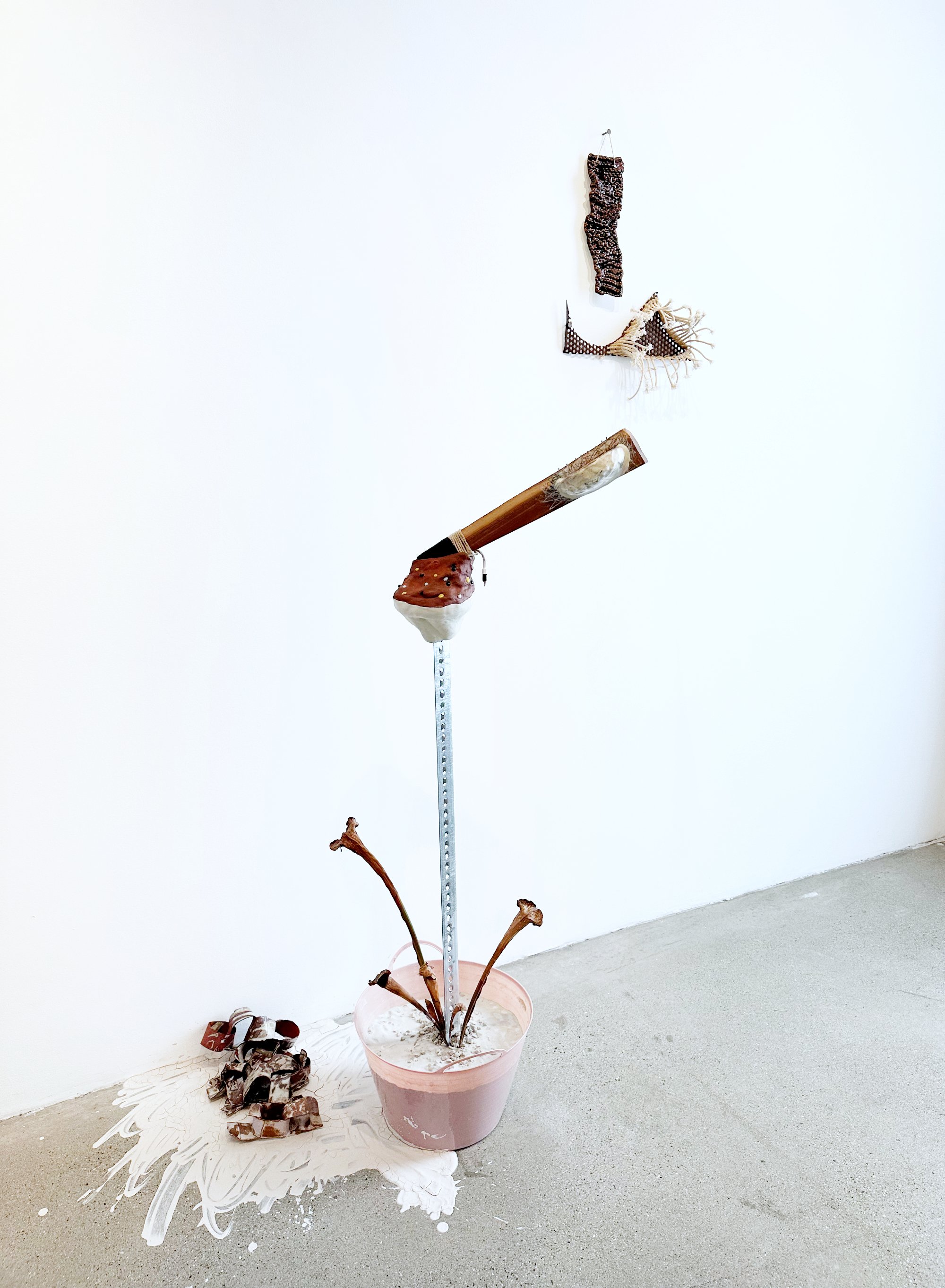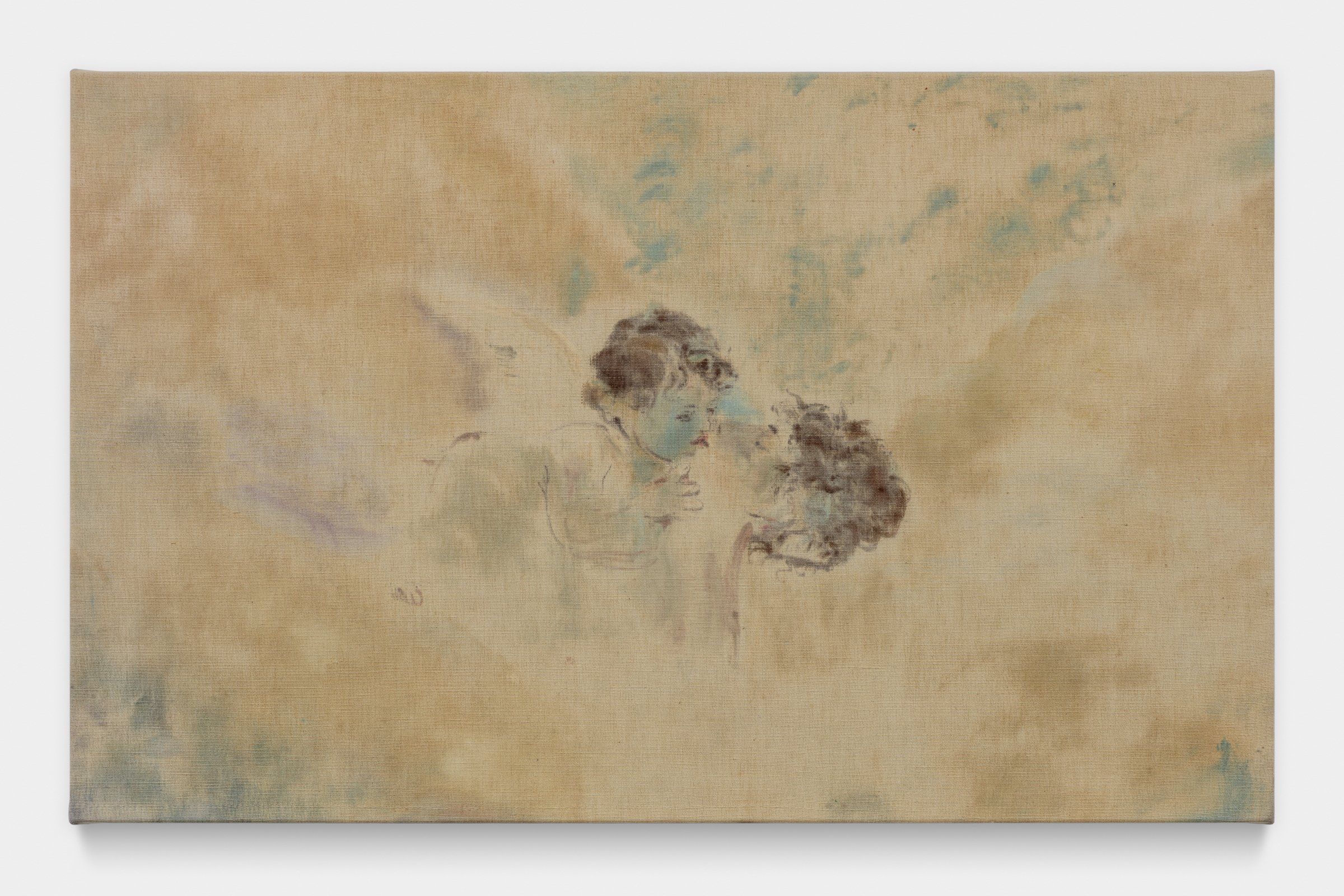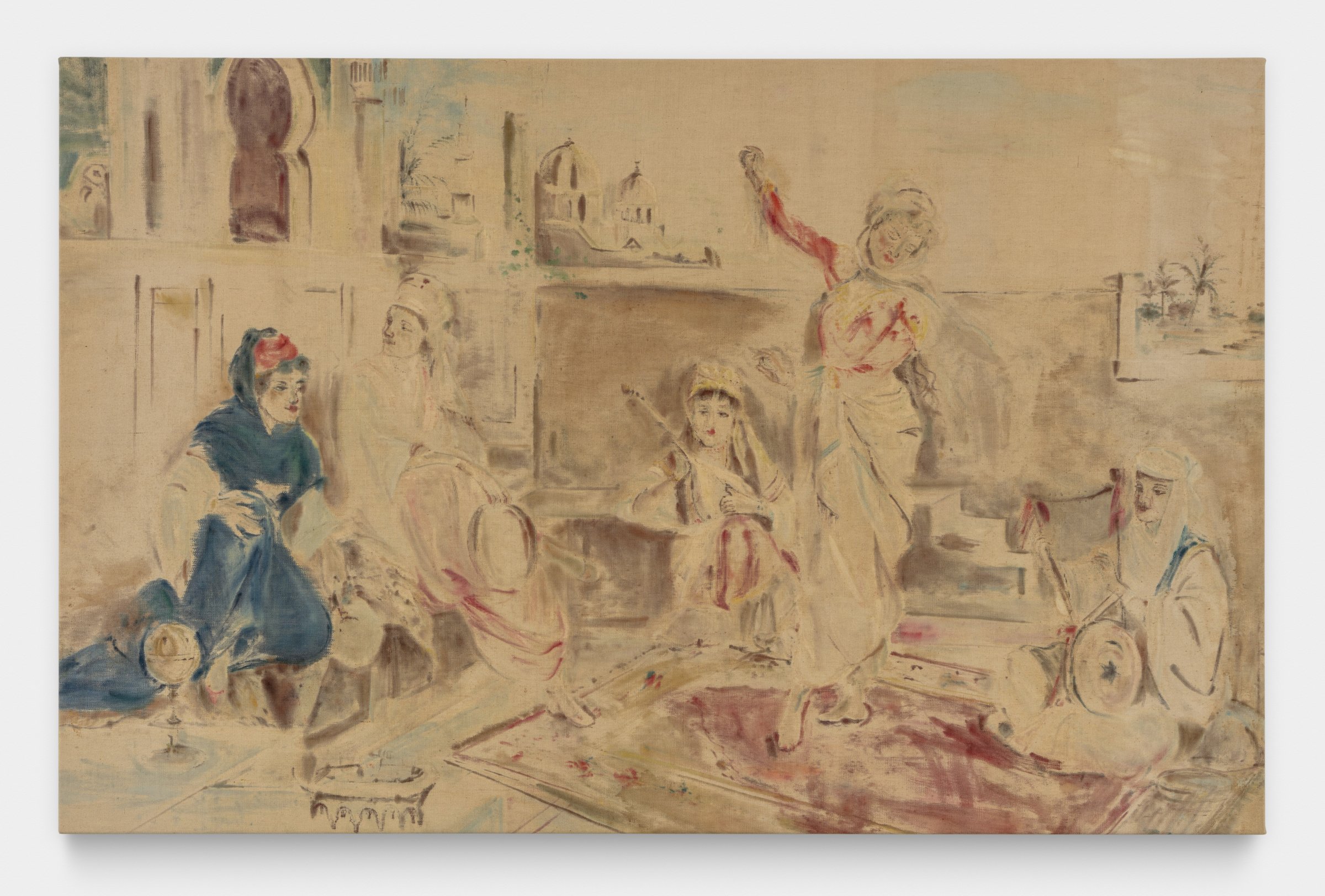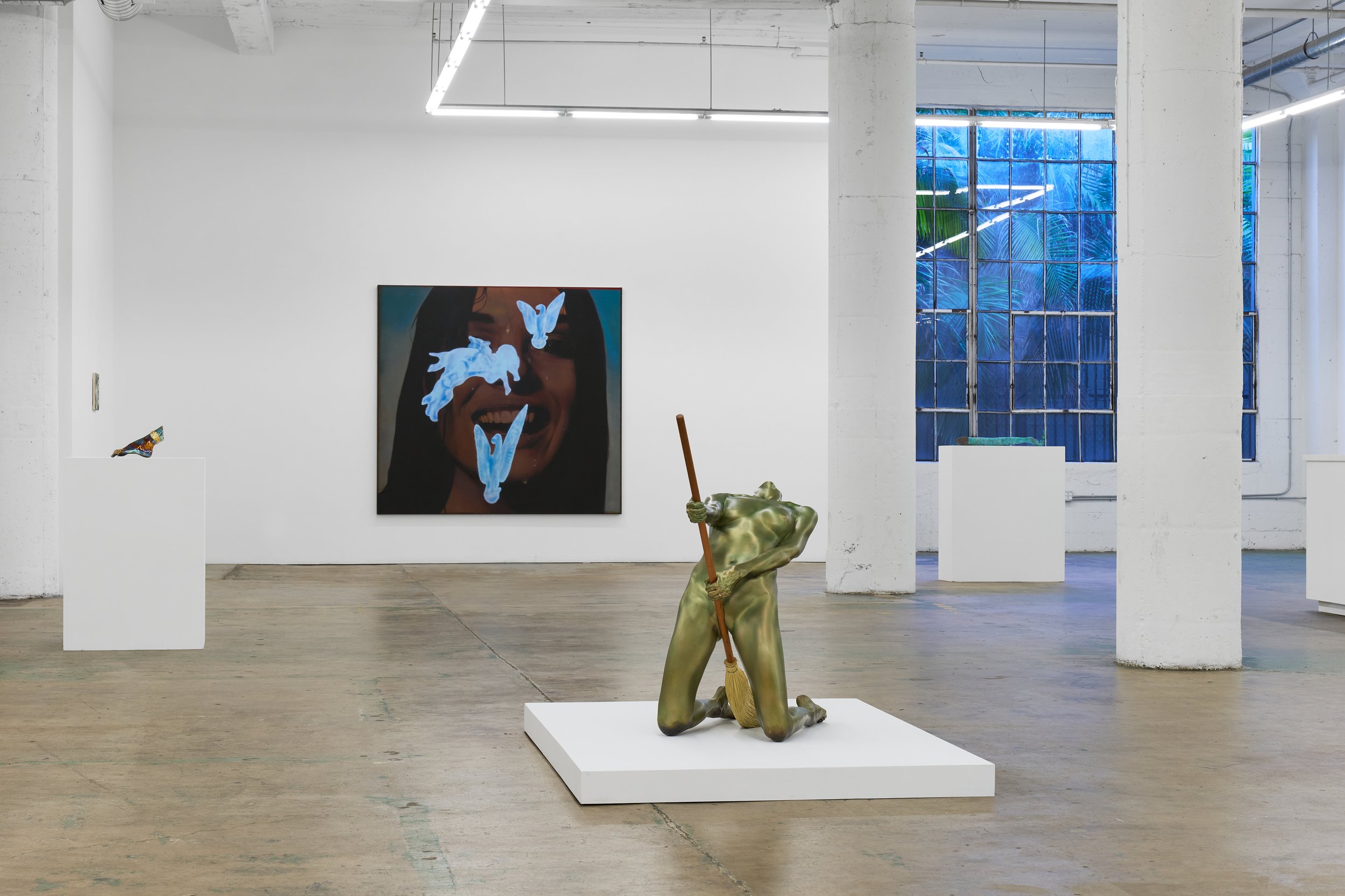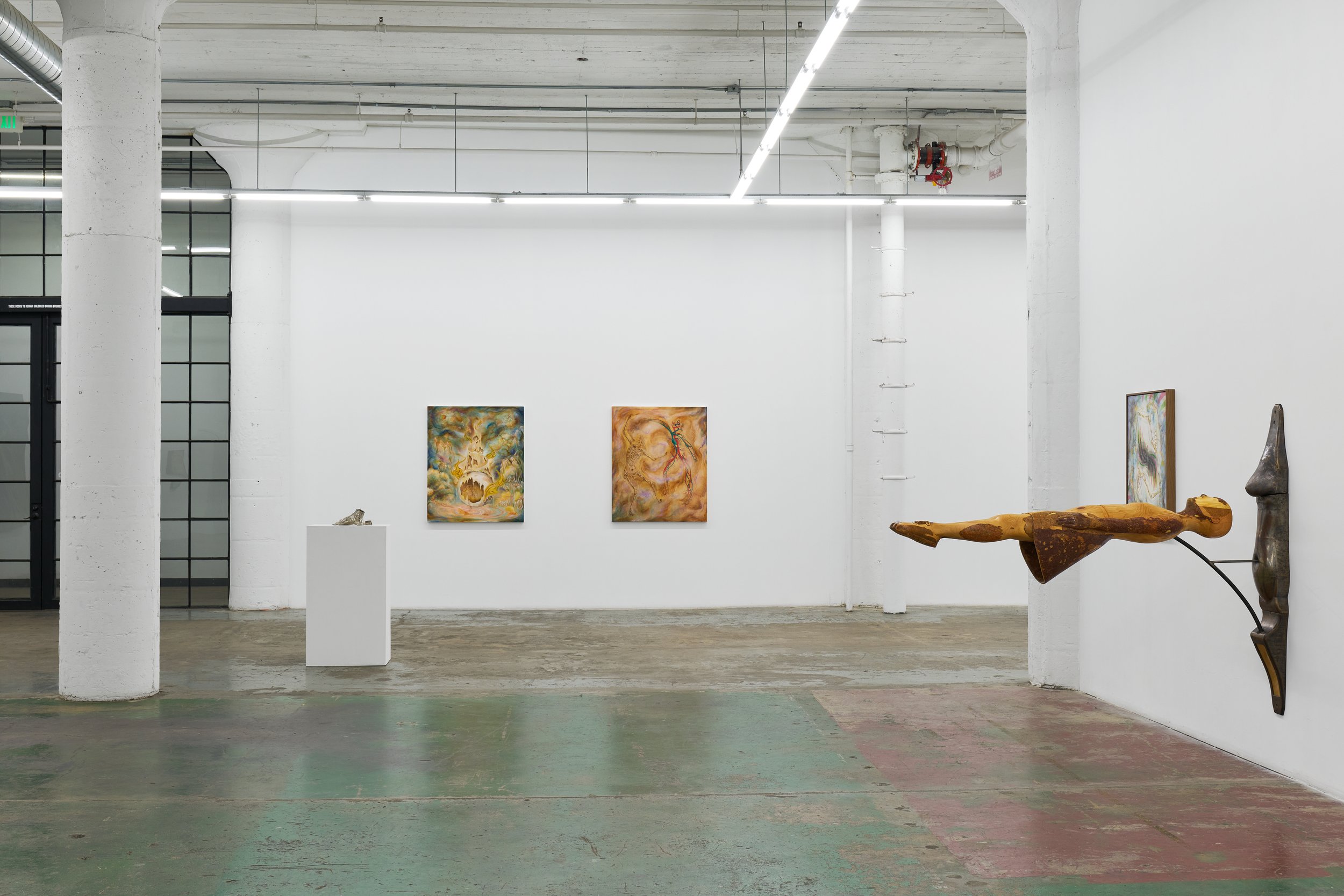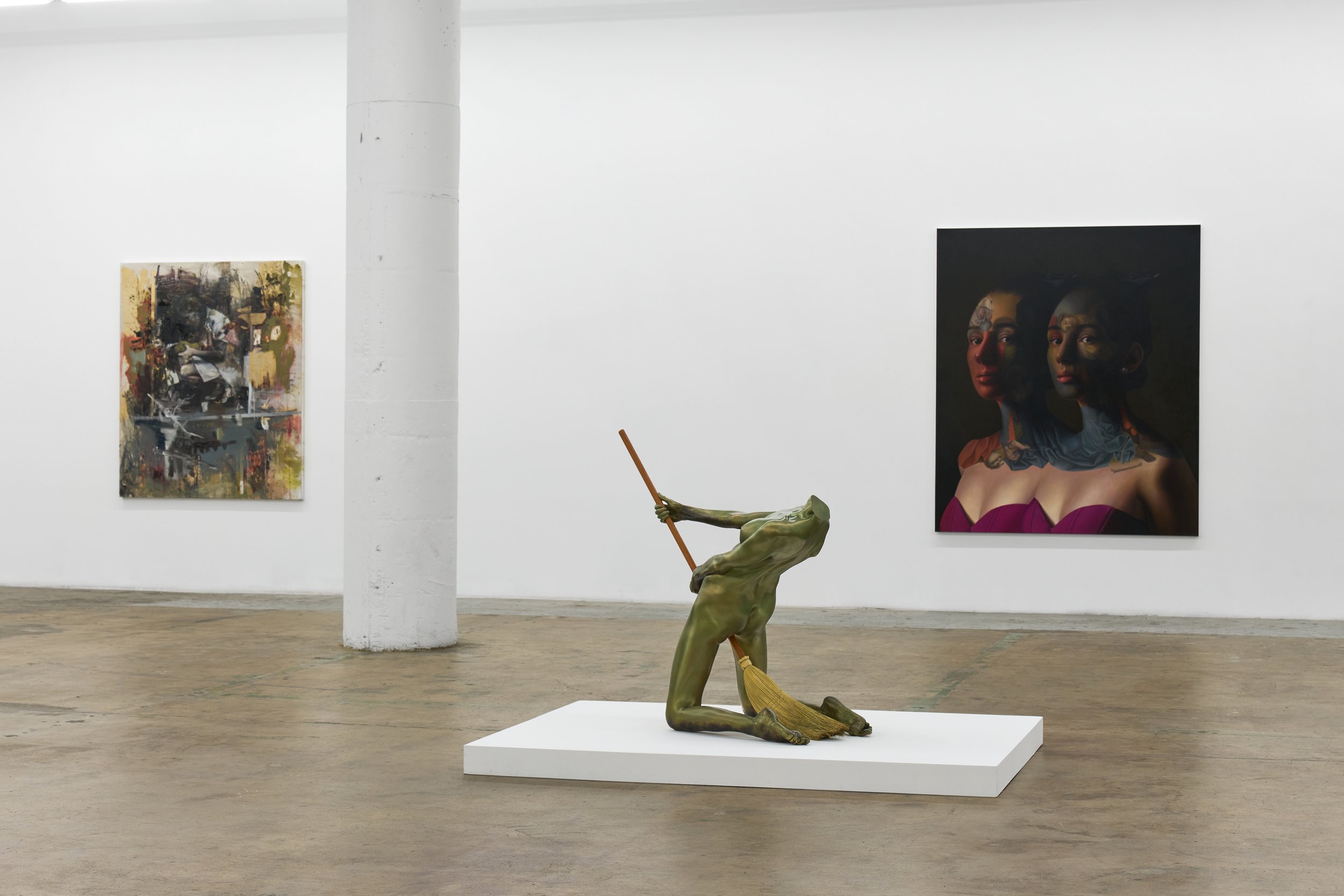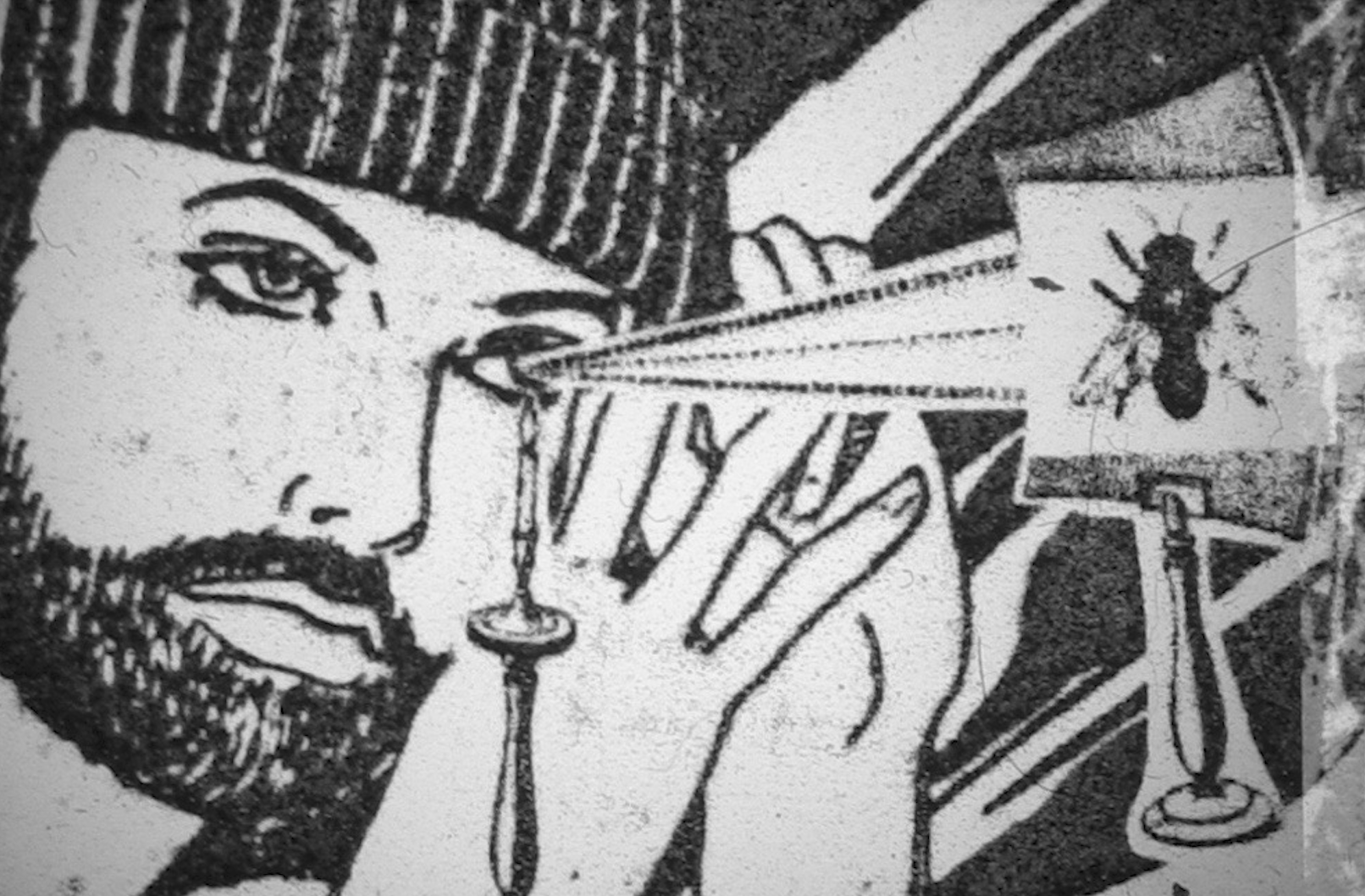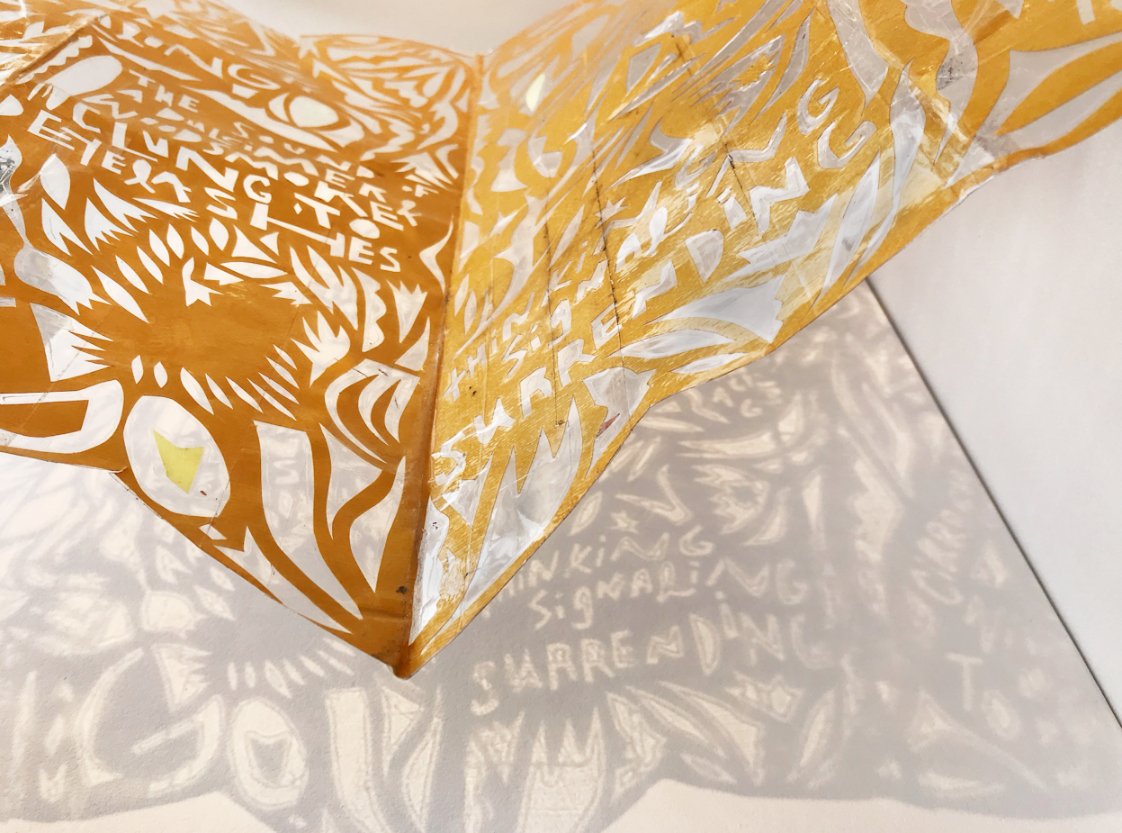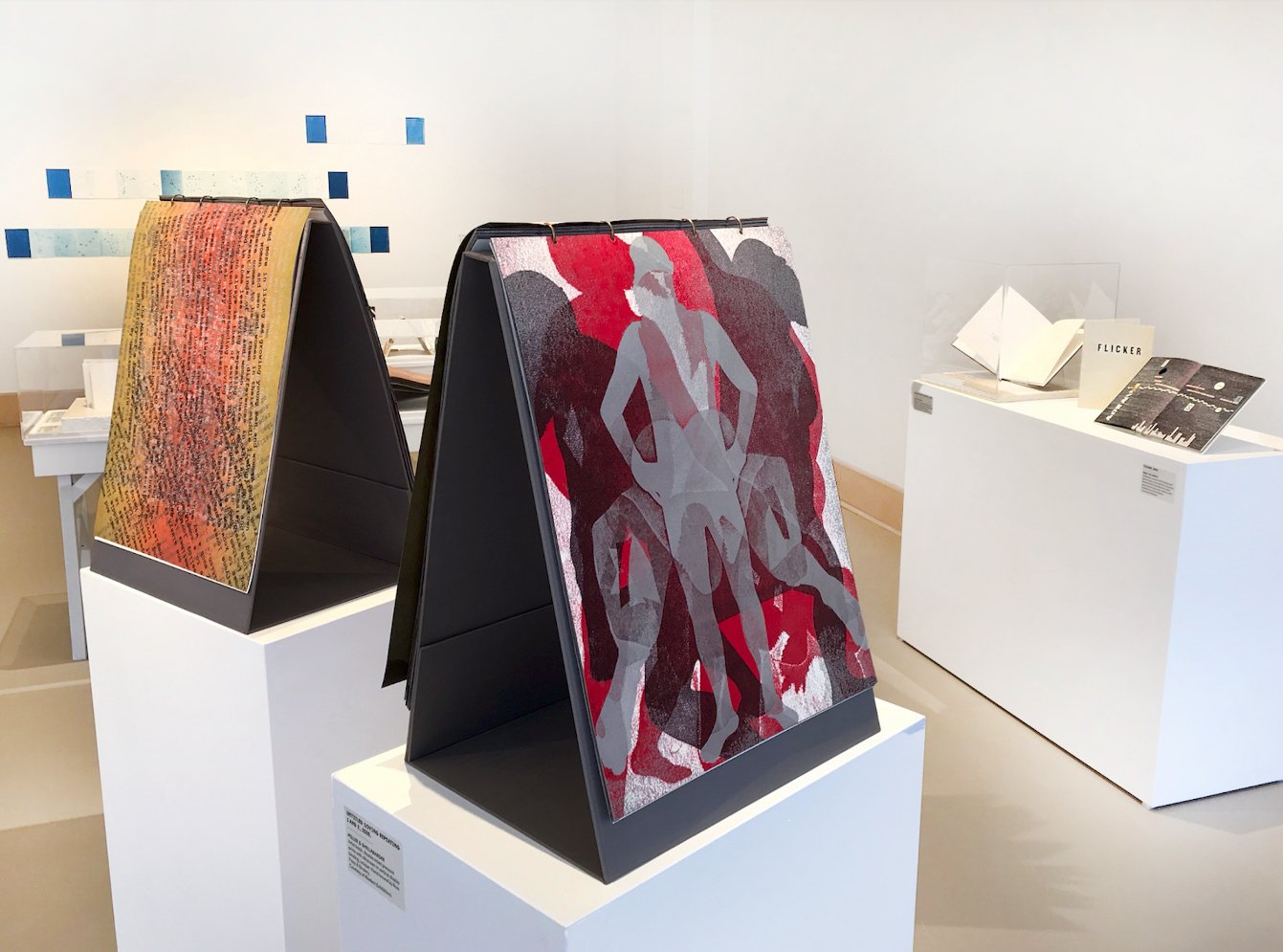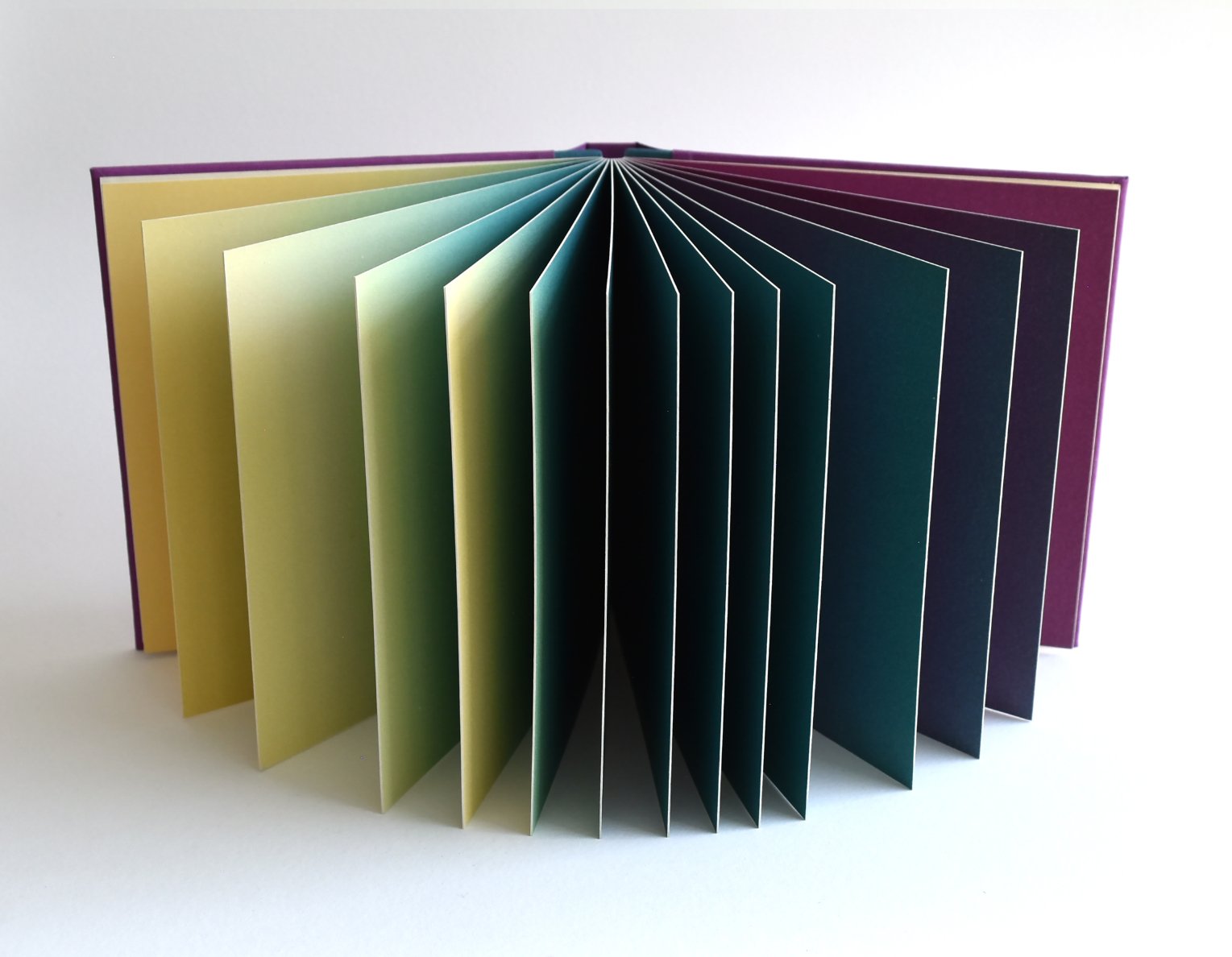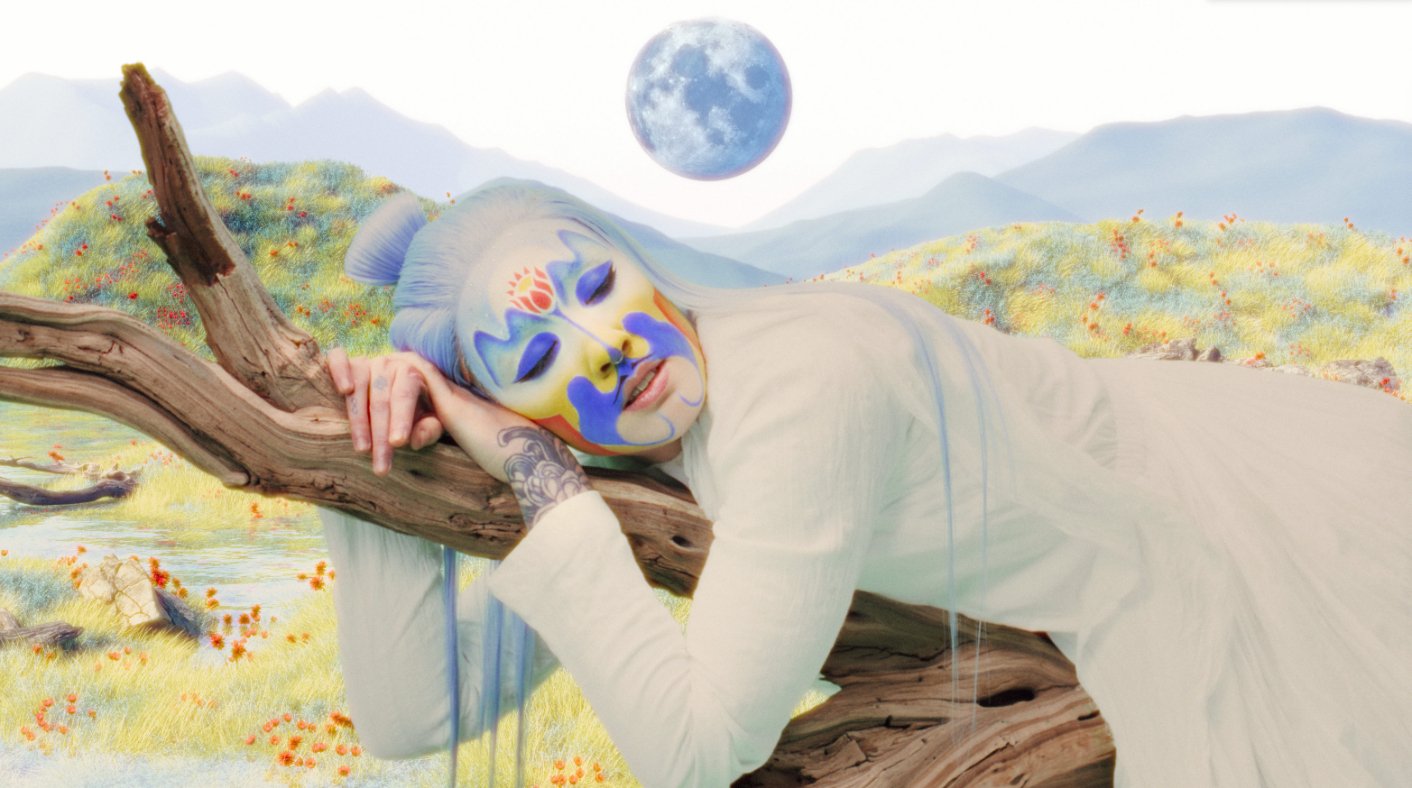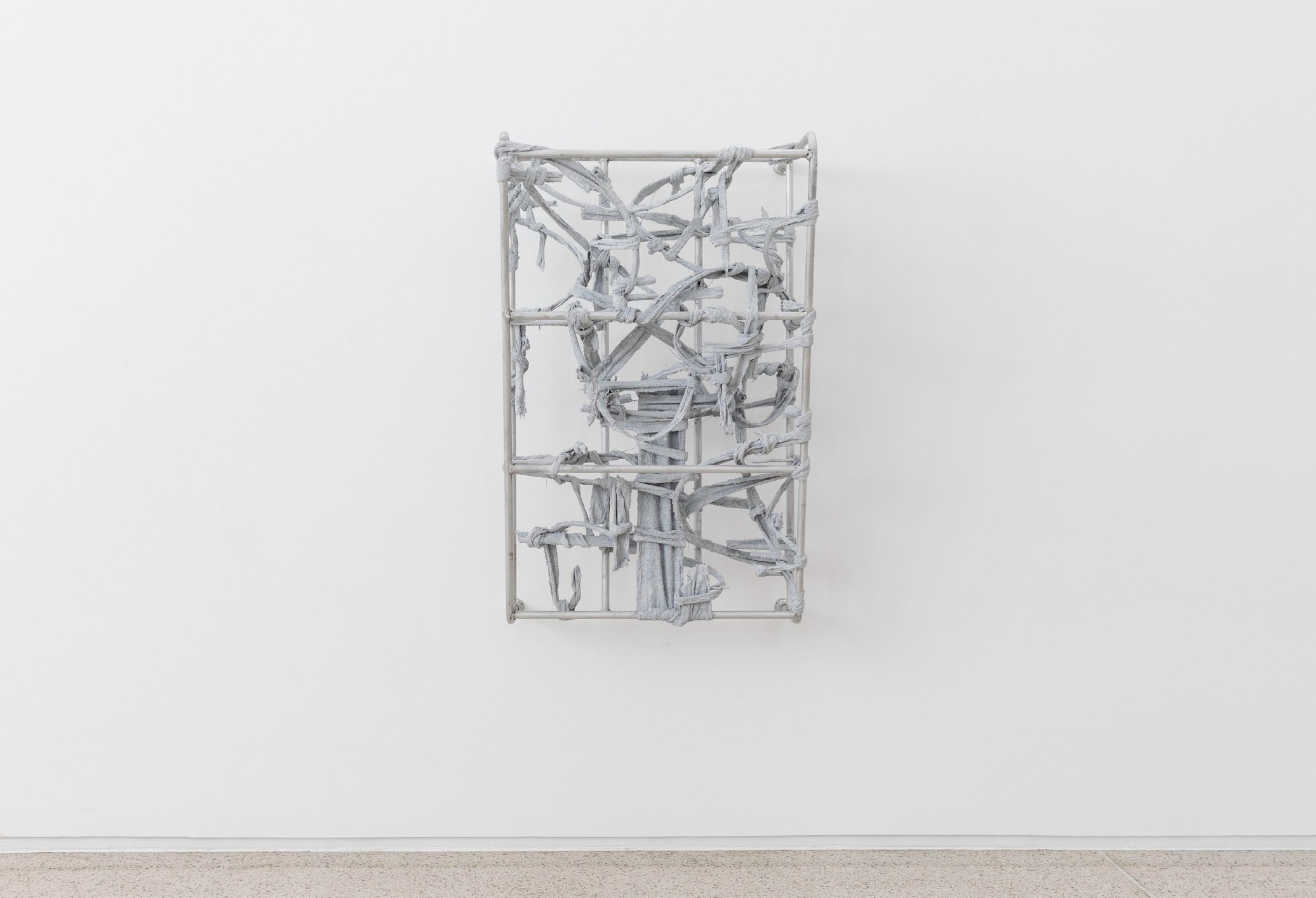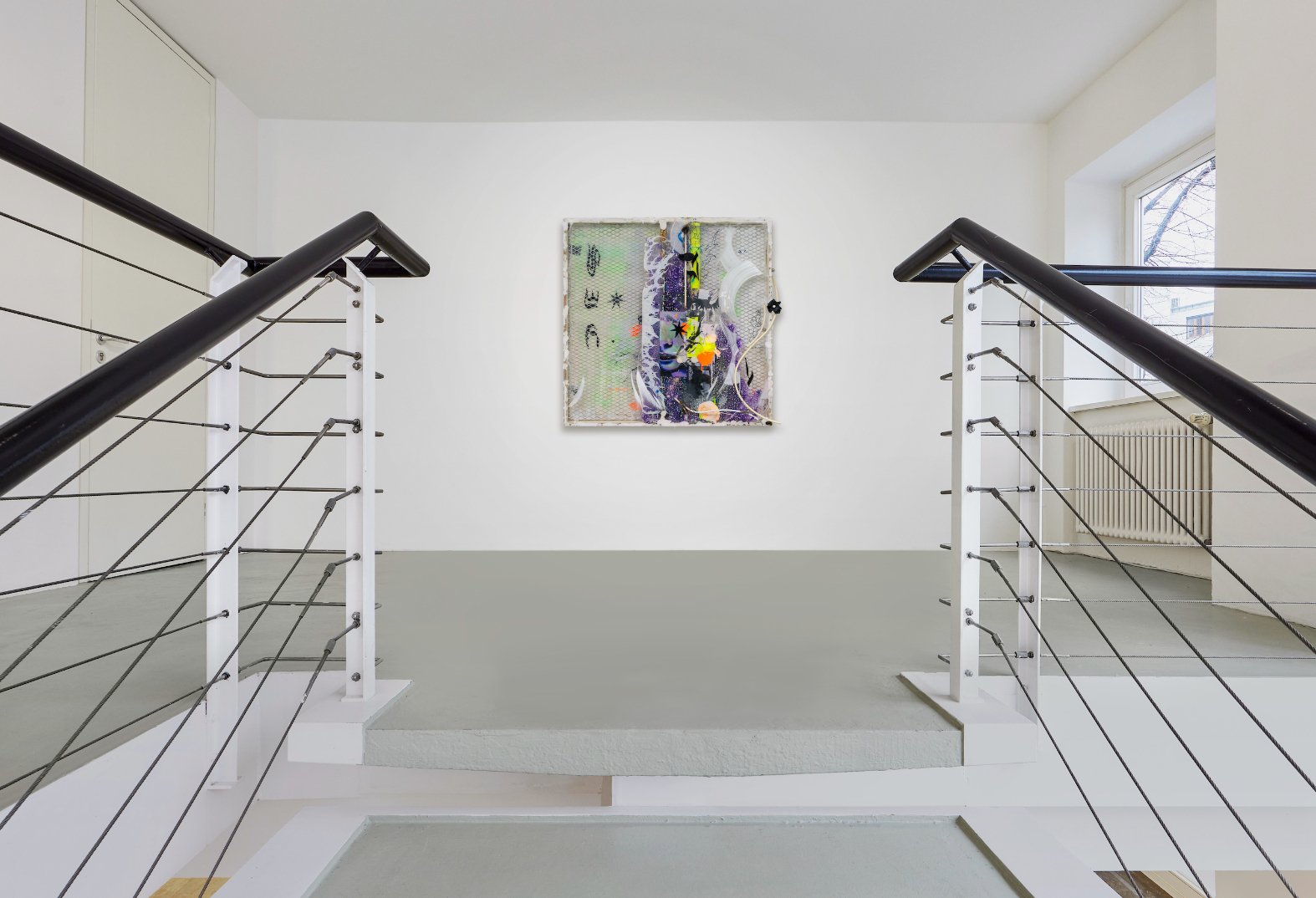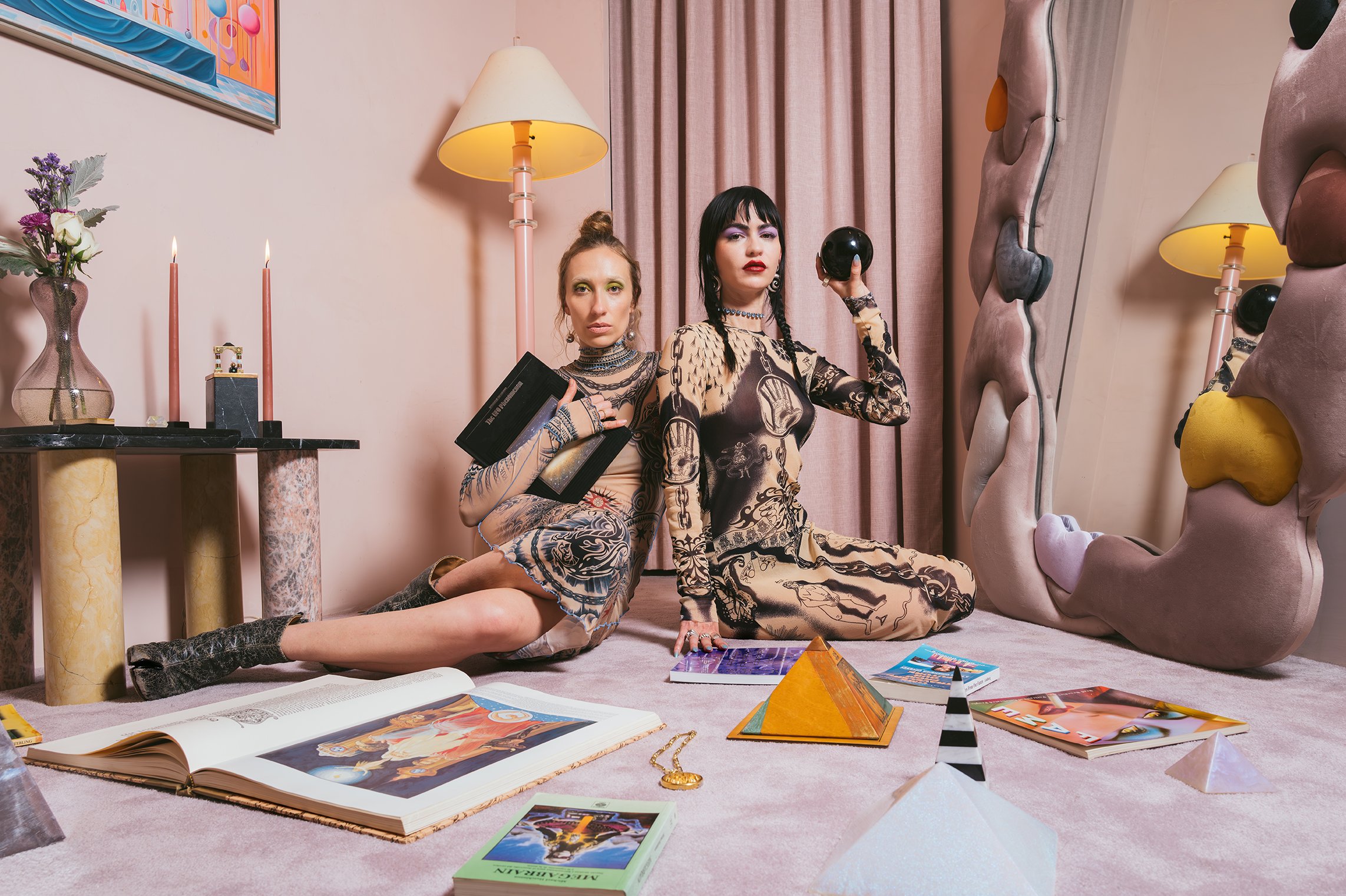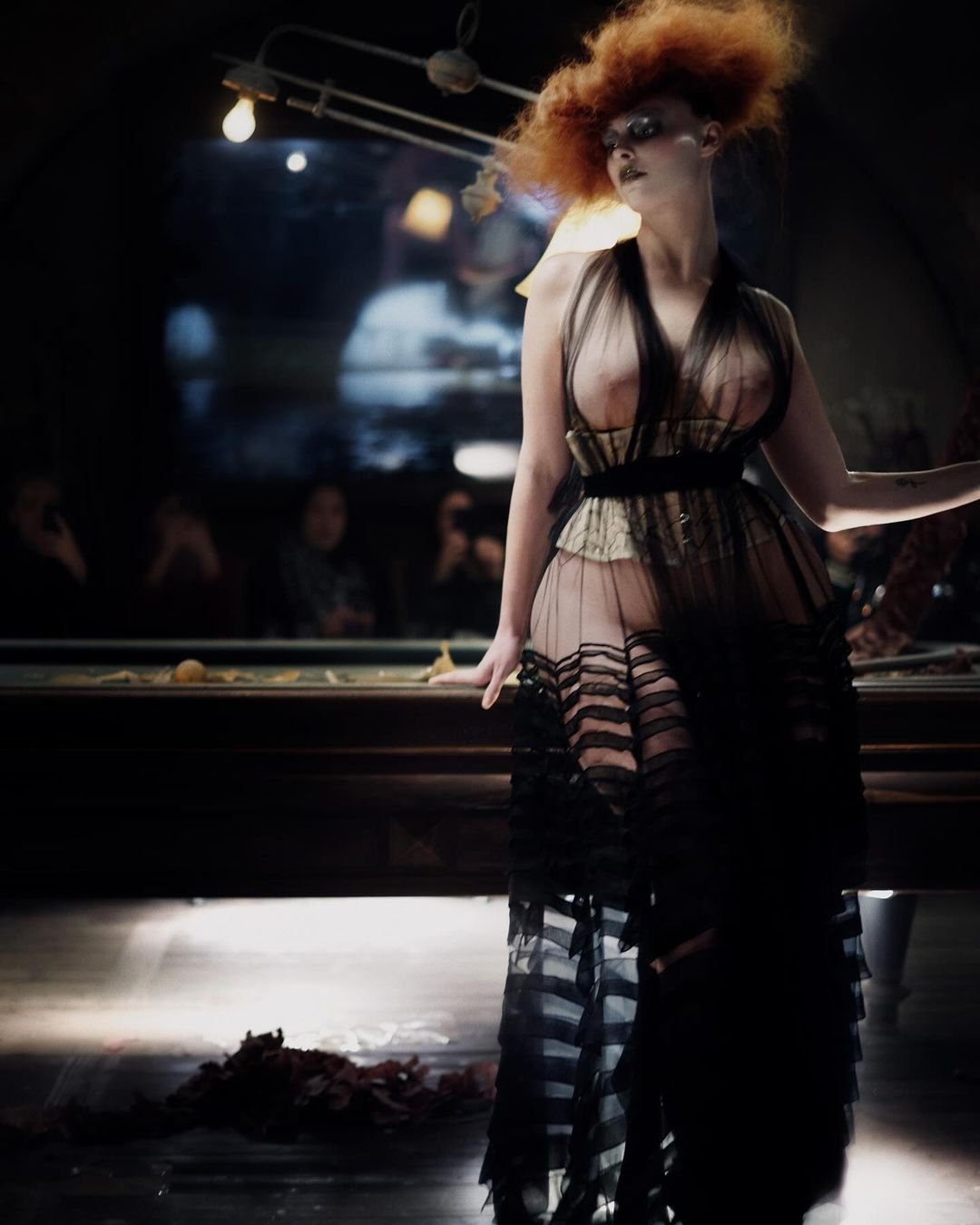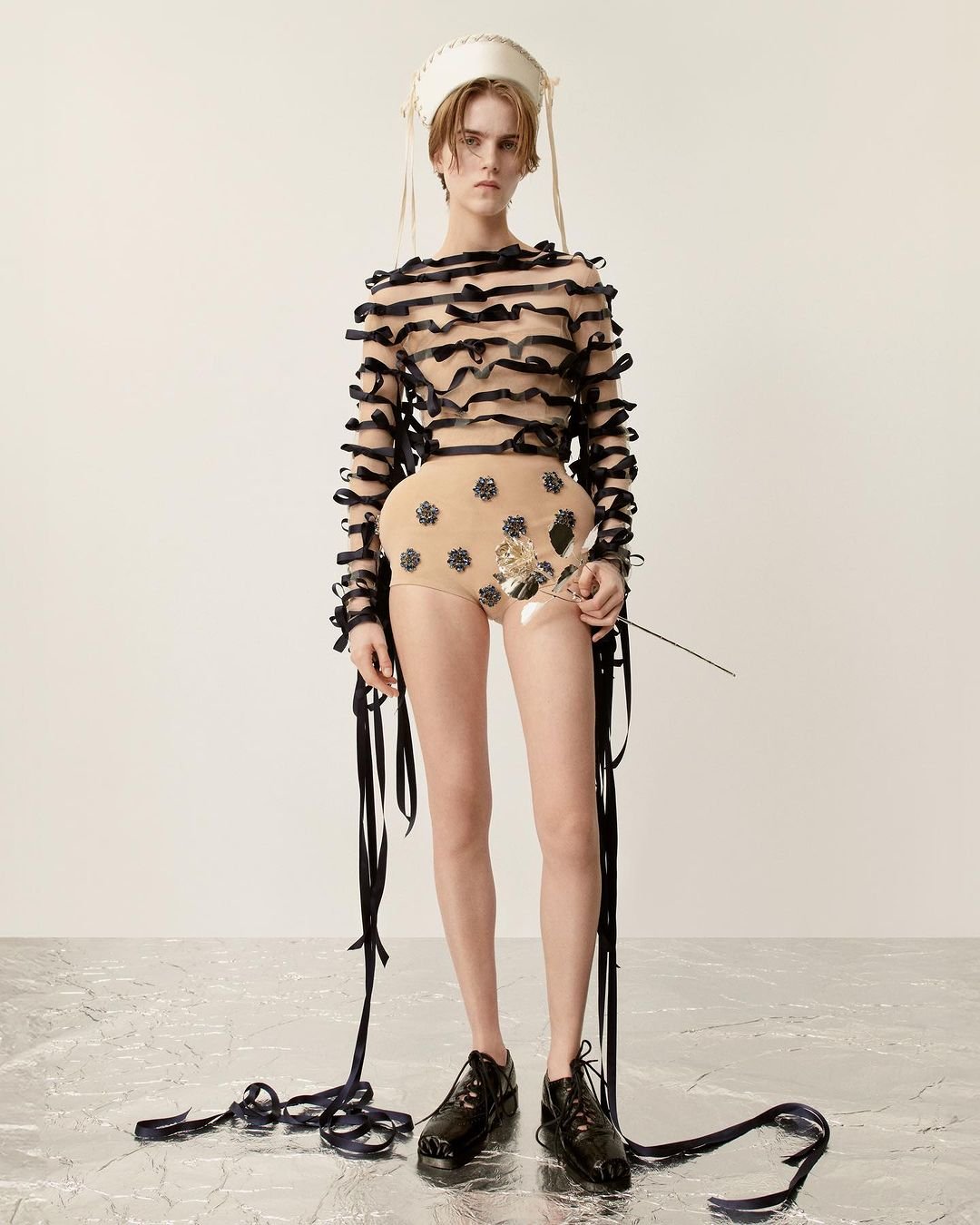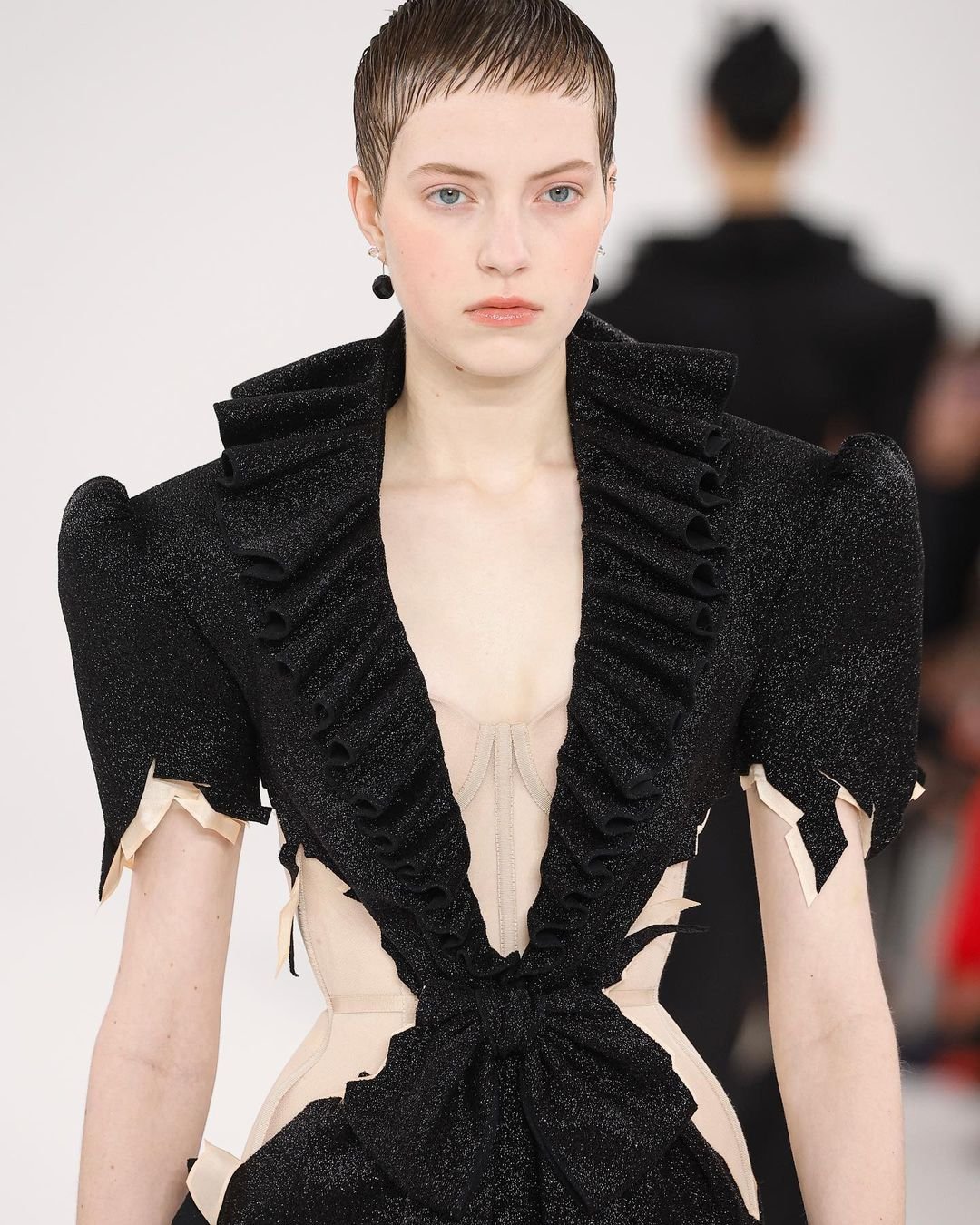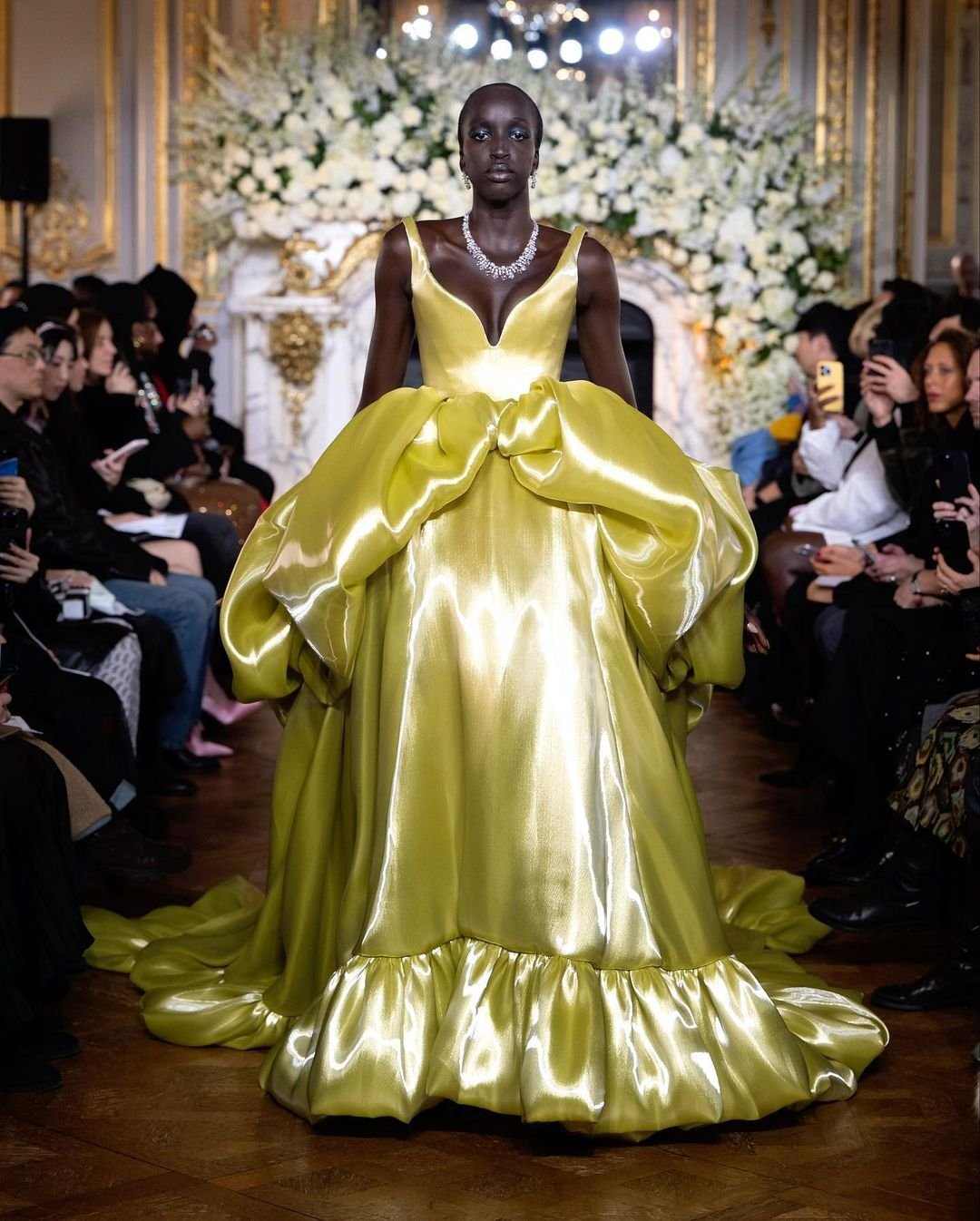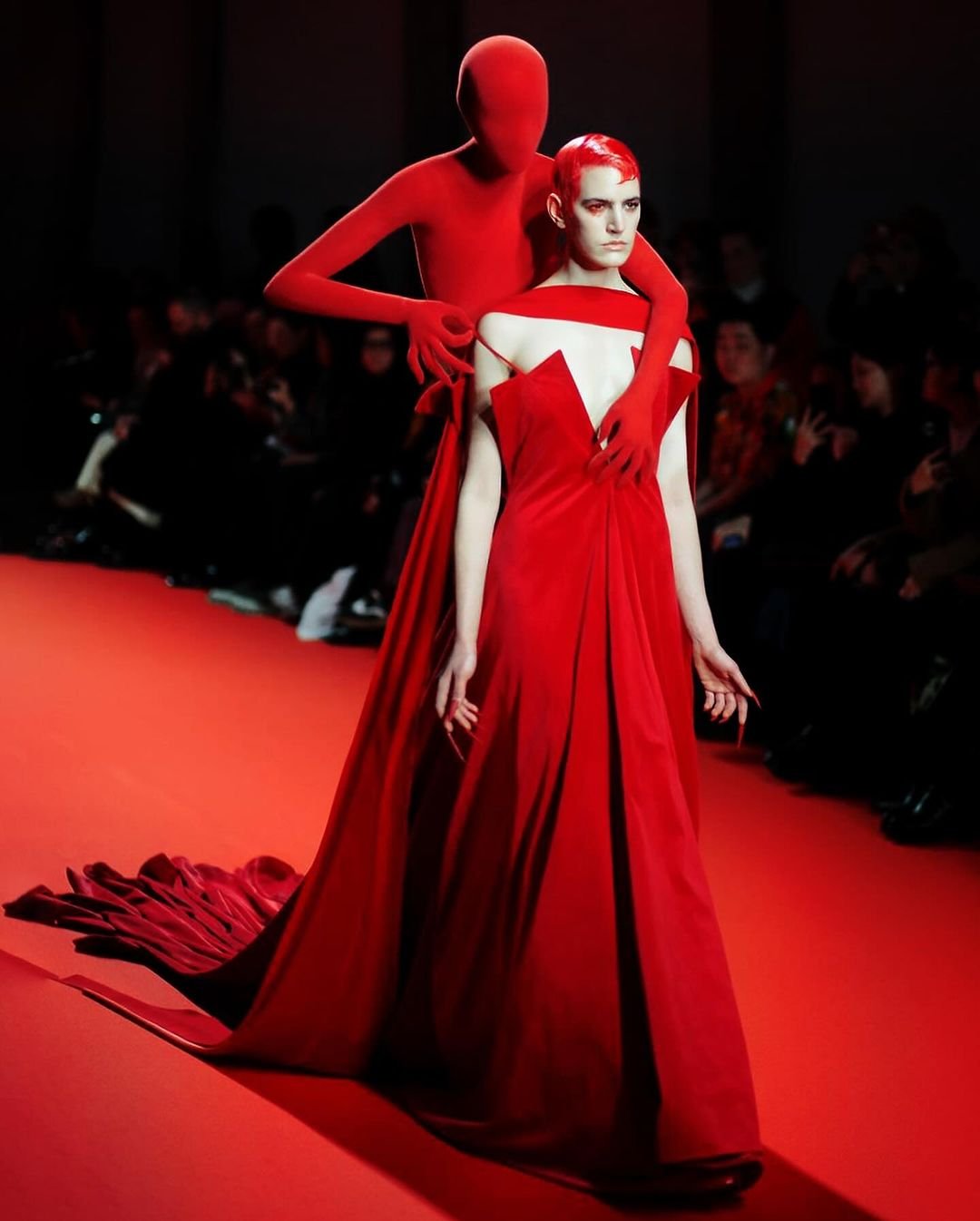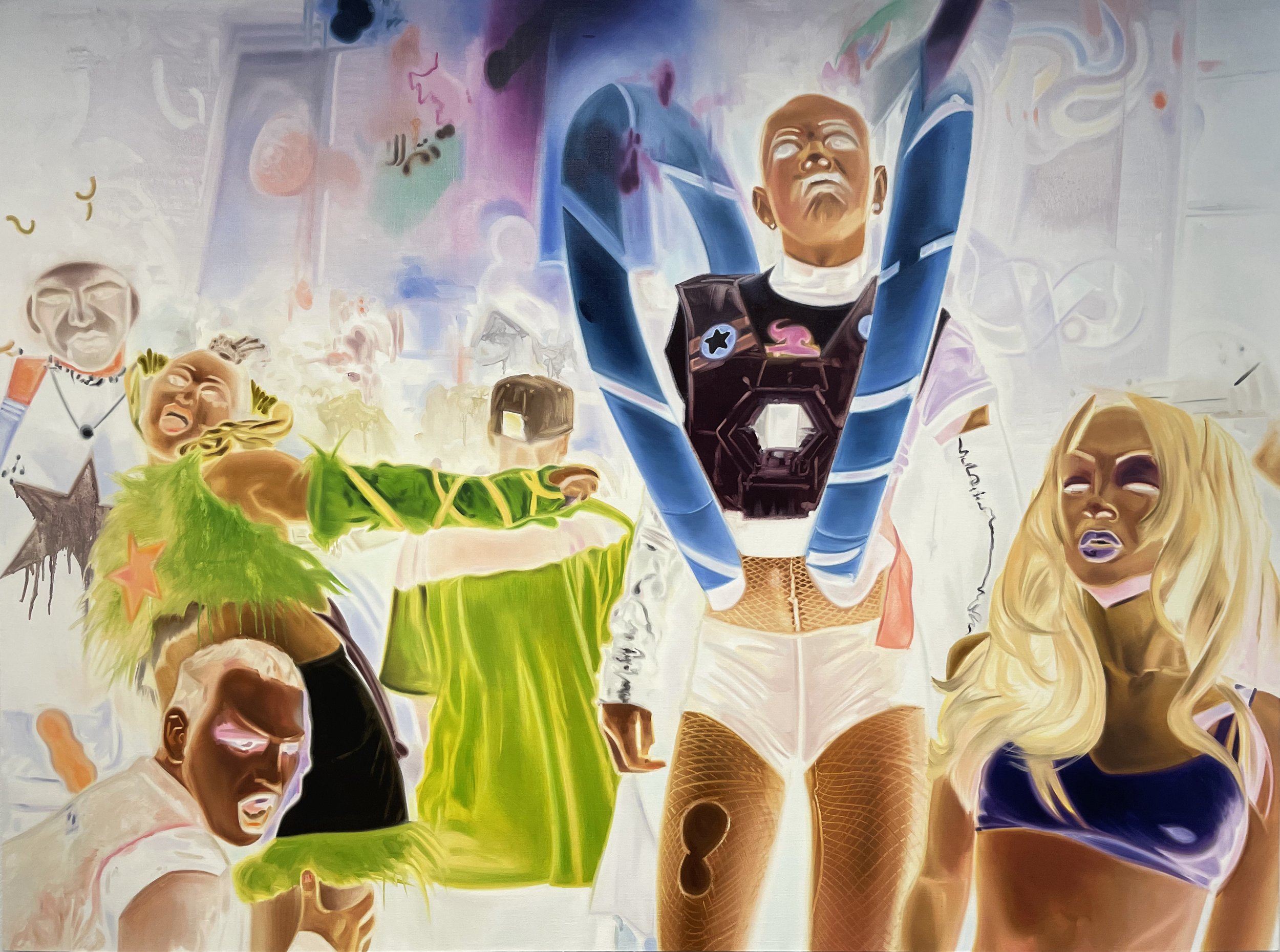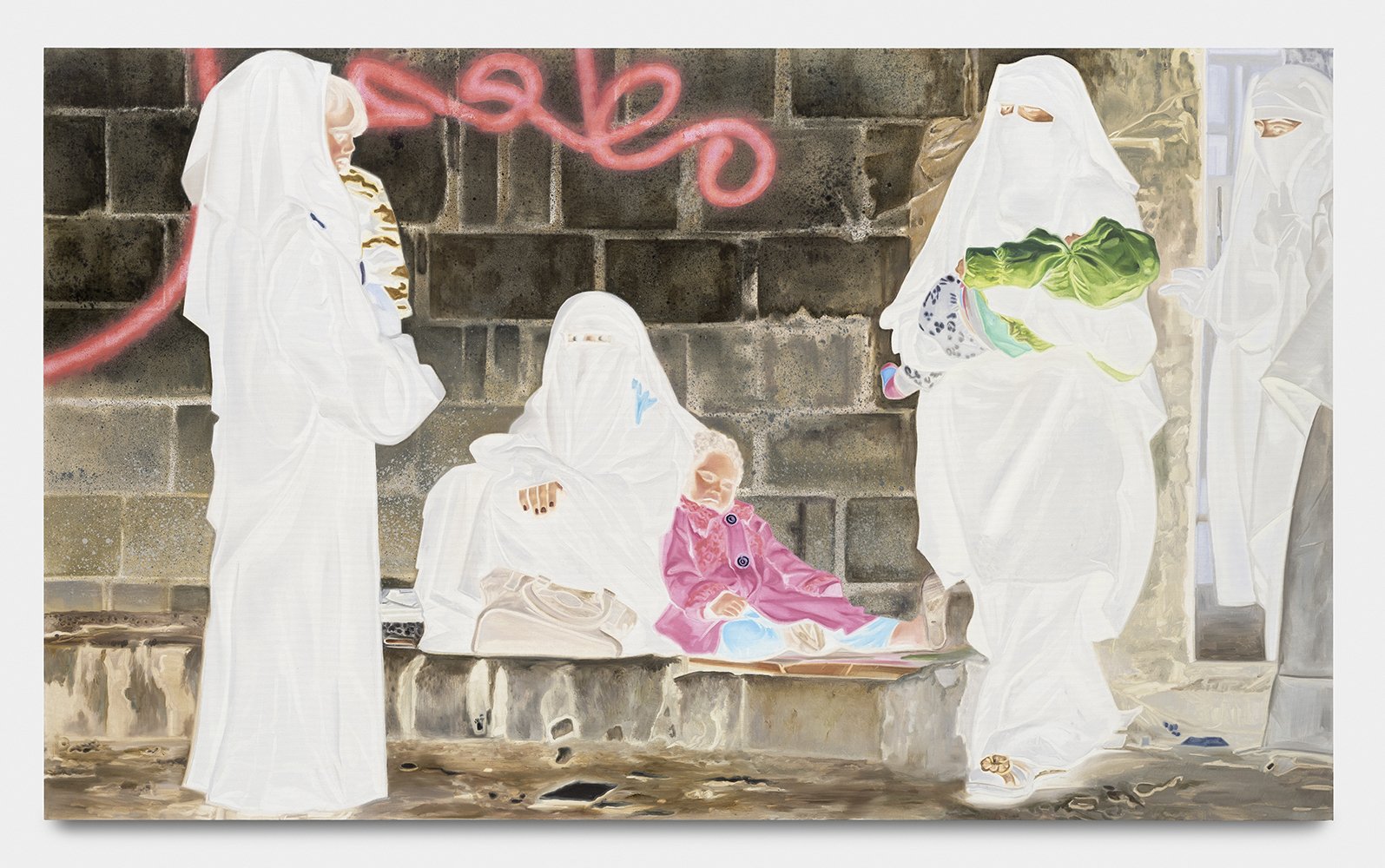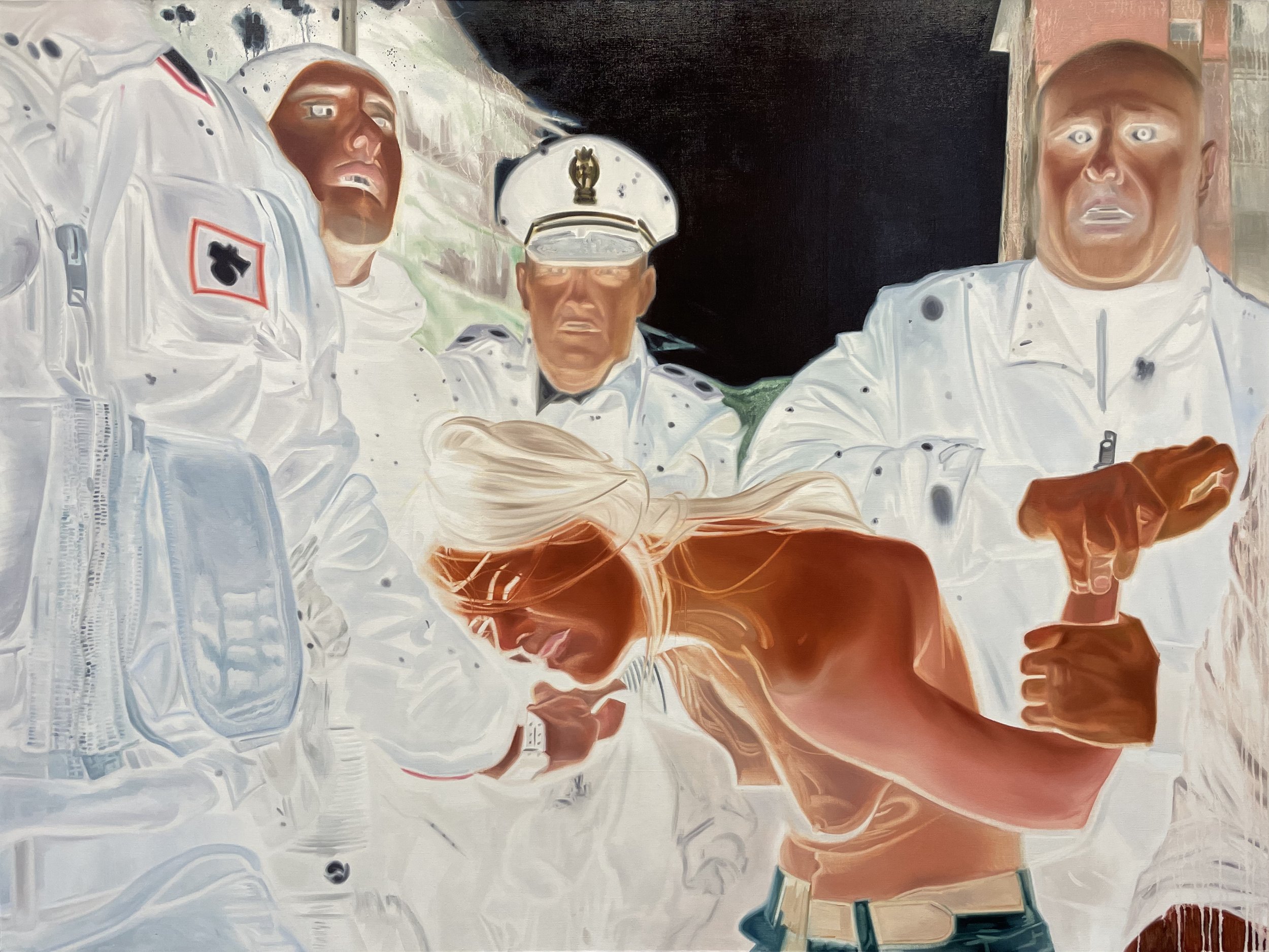Balenciaga announces its Music Series collaboration with late award-winning American composer and arranger Angelo Badalamenti. An original playlist that was hand-selected by Badalamenti featuring a compilation of his own works will be available to stream or download at balenciaga.com/angelobadalamenti. Simultaneously, a series of limited-edition Balenciaga Music | AngeloBadalamenti merch will be available in selected stores and on balenciaga.com. The playlist, merchandise series, and campaign will also announce a partnership with Manhattan School of Music, the conservatory where Badalamenti received his bachelor’s and master’s degree, and composition department head Dr. Reiko Fueting. As an homage to Badalamenti that in turn teaches students about his impressive oeuvre, this partnership involves the creation of a dedicated master class that invites participants to compose inspired original works to continue the late composer’s legacy. The masterclass, sponsored by Balenciaga, will be offered gratis for students currently attending Manhattan School of Music.
Branding as Rebellion in THE CARDS YOU WERE DEALT @ Dittrich & Schlechtriem in Berlin
Last week, Monty Richthofen performed THE CARDS YOU WERE DEALT, a corporeal intervention in which he explored the concepts of choice, transgenerational dialogue, and transformation through tattooing. Seven participants were randomly selected. In the project, three texts were presented to the chosen participant. These texts are all accounts of 21st century phenomena. If a participant agreed to get one of the texts tattooed, they then got to choose three other texts for the following participant. The placement and composition of the text were decided collaboratively with the artist. The tattoos form a coherent text piece, a physical exquisite corpse, that is painted on a light box, echoing our individual but interconnected experience. THE CARDS YOU WERE DEALT was first performed in September 2023 and most recently included in the 2023 Gallery Weekend Berlin.
THE CARDS YOU WERE DEALT was performed at Dittrich & Schlechtriem, Linienstraße 23, 10178 Berlin.
Pippy Houldsworth Gallery presents sculpture by late American artist Richard Stankiewicz
Presenting in the Pippy Houldsworth Gallery, a sculpture by late American artist Richard Stankiewicz (1922-2018) in its micro project space, The Box. Constructed in Stankiewicz’s characteristic rusted metal, Man of Parts (c. 1950-59) can be seen as a figural exploration of modernity, in which both materials and people are sacrificed in favour of technological and social ‘progress’.
Unable to afford the fees, Richard Stankiewicz forwent a scholarship to the Cranbrook Academy of Art, Michigan, instead enlisting in the Navy when the United States entered World War II in 1941. Stationed in the Aleutian Islands and Hawaii over the course of the war, Stankiewicz spent his free hours fashioning animal bones and other found materials into his first sculptures. Like Jacob Epstein, who famously altered his Rock Drill (c. 1913–1916) in the shadow of the First World War’s mechanised brutality, Stankiewicz’s experiences during the Second World War appear to have marked him with an ambivalent attitude toward technological innovation and its relationship with human life. The title of the piece presented in The Box, Man of Parts, plays on the bricolage construction of the sculpture and the idiom ‘a man of many parts’ (a multitalented man). A figure formed from discarded scraps of metal, the sculpture hints at the fragmentation of the modern psyche and, perhaps, the trauma of war, which so often returned men home in pieces, literal and psychological.
After being discharged in 1947, the artist travelled to New York City to study at Hans Hofmann's School of Fine Art, only a few years before Judith Godwin, whose work is currently showing in the gallery’s main space. Stankiewicz later made his way to Europe, where he studied sculpture under Ossip Zadkine and painting at Fernand Léger’s Paris atelier. In 1952, after returning to New York, Stankiewicz co-founded the Hansa Gallery with Allan Krapow and other fellow students of Hans Hofmann, including Jan Müller, Jean Follet, and Wolf Kahn. New York’s second artist-run cooperative, the Hansa Gallery regularly presented Stankiewicz’s work until its closure in 1959, and its archives are now in the collection of the Museum of Modern Art, New York. It was in this period that he began working with welded scrap metal, giving new life to the detritus that littered New York’s streets. In these works, Stankiewicz appears to be working through ways that society and the individual might rebuild themselves from the wreckage of industrialisation and successive World Wars.
Throughout the decade during which Man of Parts was made, Stankiewicz’s practice was increasingly celebrated, and he participated in numerous solo and group exhibitions, including Young America 1957at the Whitney Museum of American Art, Irons in the Fire at the Contemporary Arts Museum in Houston (1957), a solo exhibition at the iconic Stable Gallery (1959), and in the 29th Venice Biennale (1958).
Autre Magazine and Jeffrey Deitch Host A Dinner To Celebrate Frieze Week in Los Angeles at Ardor at The West Hollywood Edition
Last night we kicked off the LA art week with Jeffrey Deitch Gallery and friends at Ardor with a vegetable forward menu by world-renowned chef John Fraser before heading downstairs to the West Hollywood Edition’s signature club, Sunset. Guests included Sharon Stone, Kembra Pfahler, Mykki Blanco, Beck Hansen, Bibbe Hansen, Neville Wakefield, Jordan Wolfson, Ariana Papademetropoulos, Tony Kaye and artists from the groundbreaking group show At the Edge of the Sun, on view now at Jeffrey Deitch Gallery.
Prototypes' AW24 Lookbook Is Bringing It Back to Grassroots
photography by Raphael Bliss
styling by Betsy Johnson
hair by Charlie Le Mindu
makeup by Stephanie Kunz
casting by Conan Laurendot
The commercial use of sports uniforms as merchandise is perpetually being updated from one season to the next, which is why they lend themselves perfectly to a brand like Prototypes that is guided by the principles of upcycling and repurposing. Their newest collection goes beyond the age-old practice within the industry of cultural appropriation to the point of a complete aesthetic cannibalism, and instead serves as an homage to the communal role that local football clubs play within the social fabric of British culture. In this collection we see the groundskeeper, the kitman, the coach, and the youth — they are archetypes within the community that define each passing generation. Each club bears the DNA of its locality, passing down its individualized values of teamwork, physical fitness, stewardship within the field, and honor. For Prototypes Series 06, which was shot at a local club in England with collaborative partner Betsy Johnson, these values are encapsulated in a collection that breathes new sartorial life into that which might otherwise be discarded as old merch. As working class Brits currently bear witness to the gentrification of their most beloved sport, Prototypes is bringing it back to grassroots by sponsoring kits for the club’s new women’s team.
Wolfgang Tillmans Releases Single and Music Video For The Track 'We Are Not Going Back'
“I made this song holding on to a hopeful spirit in alarming times, when in many countries around the globe civil rights, women’s right and LGBTQ+ rights are being challenged and increasingly overturned. Some paint a rosy picture of the past whilst forgetting that many people simply were not free, and inequalities were rampant. When I thought about those views of the past, the chorus including ‘no turning back the clocks’ came to me, thinking in solidarity; ‘We can’t possibly want to return to those times, however nostalgic we might feel about parts of them.’” Wolfgang Tillmans
Focusing on LGBTQ+ rights and driven by a desire to explore and to expose, Tillmans’ latest song finds hopeful defiance in the face of uncertain, menacing futures. One can hear his voice wavering ever so slightly as he admonishes the listener (and perhaps himself) to “just hold on, just be strong, just be strong”. His delicate singing of this simple line shows his own unwillingness to dispense absolute instructions absolutely. The song’s title – which he repeats throughout the infectious chorus, along with the line “no turning back the clocks” – becomes less a declaration of fact than a declaration of resistance, a clarion call during a moment when so many clocks are being turned back. The single release is accompanied by a video directed by Tillmans using 80 year old film footage by his grandfather Karl R. Tillmans. An avid amateur cinematographer, it filmed in New York 1939 and Western Germany 1949.
Garish Queerness as a Mode of Restoration in Pierre le Riche's New Show @ Ronewa Art Projects in Berlin
In Pierre le Riche’s current exhibition, In Four Places at Once, the artist creates vivid figurative wall tapestries that center his queer identity while reflecting on the complexities of belonging in a contemporary world. Identity is woven into and essential to le Riche’s practice; much of his work has been aimed at challenging norms and associations around gender and sexuality and confronting themes of colonialism and white privilege. The group of artworks on show emerged from a period of internal struggle as le Riche acclimatized to a new environment following his move from Cape Town to Aachen, Germany. In this light, le Riche’s choice of tufted yarn as a material, reminiscent of cozy household textiles, feels fitting to conjure a homesick state of yearning and introspection. Le Riche’s use of craft – elsewhere in his practice he also employs embroidery, sewing, and crochet – tosses out outdated notions of gendered art forms. Through his homoerotic content, le Riche pushes back against the conservativeness of a middle-class, suburban upbringing in Post-Apartheid South Africa. His cartoonish nude figures, some sporting exaggerated genitalia, can be read as playfully provocative and unapologetically gay, testing the boundaries of puritanical sensibilities. Simultaneously, his characters are contorted and dislocated in space, imbued with vulnerability, uncertainty, and longing.
In Four Places at Once is on view through March 28th at Ronewa Art Projects, Potsdamer Str. 91, 10785 Berlin.
Michaela Stark Presents "The Panty Show" in Collaboration with Charlotte Rutherford @ Fondazione Sozzani In Milan
Michaela Stark’s The Panty Show, hosted by Carla and Sara Sozzani, is a hyper feminine and playful, three-part artistic expression that comprises an exhibition, performance, and presentation of her panty collection.
Michaela’s process and practice is confessional and comes from her perspective that she shares with her generation. The Panty Show combines several aspects of her body of work. The show narrates the path she has taken from her early years experimenting with draping on her own body alone in her Paris apartment to how she gained liberation through fashion.
The conceptualization of Panty began as a heavily emotional journey. When her personal work and experimentation with reshaping her body began to get her noticed, this often led to appropriation of her body and her intimacy when collaborating with other artists.
Artists Hans Baumer and John Kacere are the backdrop for the exhibition and performance at The Panty Show. Two male artists who overtly took the female form and its autonomy projecting their own ideas unto it. Stark reverses these outdated attitudes by reclaiming her voice as a female artist and by being the protagonist in her work.
The set for the performance recreates her atelier, a dusty pink chaotic tableau vivant of ribbons and dried flowers. The audience and viewers are invited to join and share her experience. In the set, Michaela dresses her model, Yasmin El Yassini, who acts as her human doll. She dresses Yasmin in her body morphing corsetry, transforming her body completely, and then stages her almost lifeless body for photographs.
For her second collaboration with Charlotte Rutherford, Stark remarks on the photographer’s ability to see the fantasy in everyone who steps in front of her camera and capture their unique energy as well as to foster an environment where everyone can act with agency over their body’s representation.
The final act of The Panty show showcases a series of lingerie-esque garments. Stark created ten sculptured dolls made out of tulle, using couture corsetry techniques and crinoline to give structure.
Her notebooks documenting her process are also on display, giving insight to her practice.
The Panty Show is on view through February 25 @ Fondazione Sozzani Vis Tazzoli 3, Milan
Intimacy, Intensity and Sensuality Are Magnified in Zoë Ghertner's Held in the Palm @ Zodiac Pictures in Los Angeles
Installation view courtesy of the artist and Zodiac Pictures.
Zoë Ghertner’s Held in the Palm dutifully maintains a level of intensity with all of her subjects, exploring and releasing their associative experiential qualities within the still image. With such a meticulous focus, rippling patterns or grainy textures become revealed in places where these qualities might otherwise go overlooked. Using color, texture, and light, Ghertner emphasizes the formal properties of her medium and exploits its immediacy. In some photographs, the artist toys with her compositions to soften and distort the final image—imparting a hazy, gooey, or warming sensation upon the viewer of the finished work. In these final photographs, time is ultimately suspended as each subject becomes an abstraction. Read more.
Held in the Palm is on view through March 23 @ Zodiac Pictures, 145 Bay Street #9 Santa Monica, CA
Sparkle in the Vastness and Abstract Visuals of Tia-Thuy Nguyen @ Almine Rech Paris
Tia-Thuy Nguyen’s first show with Almine Rech presents a suite of more than twenty multi-media paintings from the artist’s ongoing series “I, my, me, cloud” (2018–). Impressed at an early age by her father’s experience as a Vietnamese Air Force pilot during the war with the United States (1954–1975), the artist has developed a deeply nuanced appreciation of clouds—what they can reveal and resemble, but also what they might hide. Enchanted by her father’s majestic descriptions of flying through clouds in his plane, Tia Thuy Nguyen was also frightened by his cautionary tales of clouds providing cover for enemy planes. Capturing this dichotomy, Tia's paintings evoke a wide range of moods—from joy and hope, to gloominess and anxiety. Embellished with beads and embroidery, the glittery, shimmery works reflect the complexity, mystery and mutability of Tia's chosen subject matter. Representing an homage to her father—who passed away in 2022, and whose presence the artist has since experienced as a light radiating from inside herself—Tia’s recent works evoke historical associations of light and spirituality, from sun streaming through stained-glass windows in a cathedral to Mark Rothko’s radiant abstractions.
Sparkle in the Vastness is on view through February 24th @ Almine Rech 64 rue de Turenne 75003 Paris FR,
[REVIEW] Nurturing Nature in Lost Wild: Art on the Edge of the Anthropocene @ Whitney Modern in Los Gatos
text by Chimera Mohammadi
How do we nurture the force that created us? This seemingly paradoxical question defines Lost Wild, the group show on view at the Whitney Modern in Los Gatos. The show grapples with various such paradoxes tethered to our relationship with nature: Keith Petersen’s breathtaking photography of chemical reactions claims organic aesthetics through inorganic means, and Karen Olsen-Dunn’s otherwise conventional landscapes glitch and freeze off the canvas and out of the realm of recognition. Dean Bensen and Demetra Theofanous’s glass leaves and bird nests solidify typically flexible structures into embodied fragility, reminiscent of the environmental precariousness that defines our current global epoch. After luxuriating in these contradictory states, the show sets about to address that core question of nurturing, calling in motifs of youth, restoration, and lushness. Tamera Avery’s tenderly rendered masked subjects are at once children and revolutionaries, often modeled after her own son. Marie Cameron’s paintings cope with climate change through a fantastical fairy tale lens, while Sheila Metcalf Tobin’s burst out of the confines of the canvas in radiant, sun-dappled celebrations of natural nostalgia.
Lost Wild is on view through March 30th at Whitney Modern, 2nd Floor of 24 N Santa Cruz Ave 2nd floor, Los Gatos, CA 95030.
The Incarnation of Desire is Brought to You by A Tender Limb @ Reisig and Taylor Contemporary in Los Angeles
Image courtesy of Reisig and Taylor Contemporary.
Reisig and Taylor Contemporary is presenting A Tender Limb, a group exhibition of works by Los Angeles-based artists Ibuki Kuramochi, Marley White, and Allison Arkush. The exhibition includes prints and a sculptural video installation by Kuramochi; mixed-technique and metal sculptures by White; and, mixed-media and ceramic pieces by Arkush.
Recontextualizing ‘everyday' interactions with items, furnitures, images, screens, trinkets, skins, figments, tangles, tools, morsels and other abeyant entities that congeal or contract as soon as someone looks (away), the exhibition asks how bodies make-room for objects through desire and affection—through taste. But it also asks how conditioned desires, affections, and tastes for objects make-room for (specific types of) bodies.
A Tender Limb is on view through February 24 @ Reisig and Taylor Contemporary, 2680 South La Cienega Blvd, Los Angeles, CA 90034
Time is Stretched Through Muted Tones in Happy Phantom @ Lowell Ryan Projects in Los Angeles
Erin Trefry, Causeway across the sea, 2024. Images by Charles White at JWPictures.com, courtesy of the artist and Lowell Ryan Projects.
Lowell Ryan Projects presents Happy Phantom, an exhibition by Los Angeles-based artist Erin Trefry. Comprised of a series of eleven figurative paintings in muted tones, Trefry continues her exploration of sentiment, time, and figuration particularly in relation to familial narratives and relationships.
In this exhibition, Trefry presents her great-grandmother’s paintings, which were originally created in the late 19th century, and depict figurative scenes of romantic settings, exotic locales, and fantastical narratives. These works were passed down through the generations eventually landing in Trefry’s possession. In Happy Phantom Trefry subverts the imagery of her late relative, the paintings are presented stretched in reverse so that the viewer is only able to see the backside of the works where the paint has bled through the fabric. Behind the paintings, a layer of muslin conceals the surfaces of the original paintings.
Happy Phantom is on view through March 2 @ Lowell Ryan Projects, 4619 W Washington Blvd., Los Angeles, CA 90016
Feel the Out-of-Body in Disembodied @ Nicodim in Los Angeles
Installation view of DISEMBODIED. Image courtesy of Nicodim.
Isabelle Albuquerque / Liang Fu / Shana Hoehn / Rae Klein / Agnieszka Nienartowicz / James Owens / Daniel Pitín / Qian Qian / Nicola Samorì
Curated by Ben Lee Ritchie Handler
DISEMBODIED builds and continues conversations around the violence, ecstasy, and epiphany within out-out-body experiences as-seen from the perspective of those on the ground—the leaps of faith we take to believe those who say their souls depart while their bodies remain. The works in the exhibition cover a wide swath of allegorical and tangible disembodied states, including the spiritual, the telegraphic, the psychedelic, the dissociative-induced, artificial intelligences, and alien encounters.
DISEMBODIED is on view through February 17 @ Nicodim, 1700 S Santa Fe Avenue, #160, Los Angeles, CA 90021
[REVIEW] Queer Routes to Restoration in The Embodied Press @ Kala Art Gallery in Berkeley
text by Chimera Mohammadi
“I lingered in front of the bar and felt eyes search my face.” As the words flit across an uncanny array of printed eyes in Malic Amalya’s short film “Flyhole,” Amalya confines in language the current that unites the work in The Embodied Press: Queer Abstraction and the Artist’s book, a touring exhibition curated by Anthea Black which has just finished its Berkeley stop. The show consists of a glorious collection of Queer aesthetics that question whether they want to be seen and ultimately insist upon it, considering the tenuous relationship between Queerness and observation without compromising the Queer right to be seen. The space where Queerness and spectacle overlap has often held violence: The Embodied Press is a reclamation of that space, thrusting the historic traumas of the Queer community into the spotlight while soothing the resulting discomfort with self-owned Queer spectacle. Lyman Piersma’s delicate, heartrending recordings of life during the AIDS epidemic and Lukaza Branfman-Verissimo’s brutally raw love notes and protest poems imbue the space with a revolution-inspiring pathos. Kate Laster’s kaleidoscopic collages suspend themselves in space like bursts of visual jazz, and radiant books of wordless color gradients by Nicholas Shick embody the transcendent euphoria of gender transition. Married couple Miller and Shellabarger’s hazy fields of pastel erotica pepper the space like escape hatches, doors into a welcoming party, while their massive paper dolls cordon off corners for “Flyhole” and Nadine Baritueau’s “Au Revoir” to quietly question the paranoia of being seen and the appeal of disappearance.
The Embodied Press is on view through February 9th, 2024, at Kala Art Gallery at 2990 San Pablo Ave, Berkeley, CA 94702.
Non-Specific Objects Carves Niches for Difference from Universality @ Capitain Petzel in Berlin
The title of Non-Specific Objects acts as a counterpoint to the ideas expressed in Donald Judd’s canonical 1964 essay Specific Objects. Seeing as Judd characterized specific objects as separate from either sculpture or painting, they were precisely themselves, emphasizing the very materiality of a specific object that lacked expressive or symbolic content, especially to embodied subjectivity. This universal space, which aimed to be all-encompassing, did not make room for gender, racial, and sexual difference. The artists in this exhibition work against the hegemonic universal, creating space for difference in their works by means of abstraction, referencing bodies both literally and metaphorically.
The selection of works collectively embodies the contemporary lived experience of those who occupy spaces outside the normative. While they often do not overtly mirror the human form, the works represent humanity through a lens of abstraction and resistance, inviting viewers to confront themselves and experience bodily otherness. From alienation and embarrassment to intimacy and desire, the artists offer both the possibility of self-reflection and shared moments of humor.
In focus is the abstracted body – be it the intimate nature, materiality, and particularities of the individual human body, the collective body that is built on shared historic experience, the extended and amplified body in an age of relentless augmentation, or the body that eschews realistic painterly modes of representation, opting for formally abstract or heavily stylized, sometimes nostalgic renditions of humanity. The diverse set of artistic practices does not adhere to strict principles of representation, but continually references the human, sometimes clearly and often obliquely. It highlights objects that refuse human form but relate to the human by embracing abstraction.
Non-Specific Objects is on view through February 24th at Capitain Petzel, Karl-Marx-Allee 45, 10178 Berlin.
Read An Interview Of Pilar Zeta by Gaïa Matisse On The Occasion of Her Exhibition "Temple Of Self" In Mexico City →
click here to read
Read Bliss Foster's Notes on Spring 2024 Haute Couture Week in Paris
text by Bliss Foster
1. When we look at designers that are clearly a once-in-a-lifetime talent, we recognize them because they do far more than just make outstanding work — the difference between them and any other hardworking and apt fashion designer is that they have the confidence to go so far against the grain and know that they will be rewarded for it. And in John Galliano’s case this season, he leaned so far into his universe and embraced ideas whose execution would horrify most. But by marching to the beat of his own drum and embracing pubic wigs, John Galliano has enabled Maison Margiela to break through to the most mainstream attention through his portrayal of the most seedy and debaucherous Paris. The sheerest garments appeared muddied and tattered, distorting our perception of the body in a manner no different than the corsets in this show that were wrenched tight on the models. It takes a lot of work to make a gross bar the setting of something beautiful, but Galliano’s vision is so effective that he redeems this uniquely Parisian genre of hedonism: taking us from literal tatters to haute couture. It’s no surprise that the glass skin makeup, keyed by the legendary Pat McGrath, has managed to sell out every single product whose effect on the skin would even approximate what she created for the show.
2. Simone Rocha’s stab at Jean Paul Gaultier couture was a large event for celebrities, which is a largely unexpected audience for the cult following of the coquette brand. But the standard JPG audience seemed thrilled - Simone’s clothing has that effect on people. Even if you’re not the kind of person that is inherently attracted to the overtly feminine, in the hands of Simone Rocha, bows become tears and frilly dresses can become a part of showcasing your cheerless attitude. Making exuberant clothing for people who can never be as spirited as their outfit implies is beautifully complex. The JPG cone bra is given a lift, turning into spiky rose thorns. Jean Paul’s tattoo exploration from Spring 1994 is reinterpreted into a sheer, organza pannier dress, trimmed with snakes, thorny branches, and roses. It’s not Rocha’s work without jewels and crystals, which created the structure of many tulle looks, but were notably present as eyeshadow and eyebrow adornment on the faces of many models. Likewise, it’s not a JPG show without the Marinière, whose stripes this season were piped with twisting bows made of navy satin ribbon. One of my favorite details were the sock-bun earrings, wrapped in hair.
3. A poem accompanied Rahul Mishra’s couture show this season and, put succinctly, it was about appreciating the small things in life. The whole collection centered around this theme, further emphasized by the beautiful cards on the showgoers’ seats that listed the near extinction of many species of moth and butterfly. Couture has a radically different pace than the ready-to-wear calendar, and part of that includes a strange slowing down. When you have a chance to slow down, you can appreciate the incredibly intricate details that make Rahul Mishra’s haute couture such a compelling endeavor, while also digesting his discussion on biodiversity and the preservation of nature. The sheer circular shields carried by the models appear to invite us to look through the lens of a microscope and see the details of a dragonfly, a hive of bees, and the intricate patterns of a close-up honeycomb whose inspiration is spread across the entire collection. Honeycomb became crystal grids which were found on the most exciting looks in the collection.
4. The couture of Viktor and Rolf’s only raison d’etre is to bother purists who clutch their pearls about the beauty, grace, and exactitude of couture, and that is meant in the absolute best way possible. What makes V&R so special is their ability to communicate exactly what couture stands for in their luxurious, precise work, while thematically bucking every haute couture convention. The distinctive sound of scissors was turned into a walkable beat, while four looks traced the evolution of a gradual destruction and reconstruction via the very scissors the audience could hear loudly snapping away. Deconstruction itself is not easy to do well, thousands of designers try and fail at creating compelling designs through the use of deconstruction. Turning deconstruction into a sliding scale however is an entirely different goal. The in-between looks seem to capture the process of how they were created surprisingly well, but are also decorated with the motif of child-like scissor destruction, covered in the most lovely and professionally finished jagged holes.
5. Volume looks effortless when Gaurav Gupta does it, delicately swirling about the wearer, but this was a less voluminous show than usual for the brand. This season’s showing included evening jackets, trench coats and bronze bustiers, grounding this collection in a wearability that is not often seen in couture presentations. Gaurav’s devotees were dressed to the nines in his work, of course. It’s rare to see couture look so effortless and stunning on folks who aren’t walking a runway.
6. Miss Sohee’s couture radically modernizes the public’s expectation of what couture can look like. Yet, Sohee Park’s vision seems rooted in the most antiquated and vintage inspirations. Her collection was inspired by the old South Korean antiques she seems to adore, but it seems more than just inspiration. Each look appears to personify a particular and individual antique, and in this way, each look feels like a loveable, household object from Beauty and the Beast after they come to life. The cohesion in this collection is spectacularly strong while maintaining a large variety between the looks, almost as if the looks themselves are a perfectly curated shelf of objects. If Cristobal was alive today, it’s possible that some shapes in this collection would stir up some envy, most notably in the chartreuse-colored lamé gown.
7. Robert Wun’s fantasy horror show is sharp in all the right places. It’s a literal sharpness in the busts, peplums and some shoulders of these horror storybook characters. But more impressively, the execution of this collection left no detail unattended to, nothing was out of place. It’s not often you see such precision in just runway looks - usually that precision is much more expected, really demanded, in product. But being so up close to Robert Wun’s work reinforced a professionalism and an attention to detail that has left a lot to be desired from other couturiers. Every element was immovable and complete, a standard to only ever expect from the major luxury houses, and a standard that is often unfair to place onto emerging designers. But Robert Wun has been in business for 10 years, and he has experienced career highlights that emerging designers could only dream of.
Focus on Sanity with Zofia Pałucha @ Galerie Pact
Zofia Pałucha works mainly with ”found footage” and creates sketches for the paintings
on a smartphone, using apps to transform selected photos. Like Free Jazz, the stream-of-consciousness-based work in contemporary figurative painting allows the artist to surrender to the painterly gesture and action of individual images. She combines the final artworks with evocative titles derived from philosophical essays, art history or quotes from movies and audiobooks.
Since the outbreak of the pandemic, the ever-changing landscape of contemporary crises has meant that podcasts about the most important political, social, and cultural events in the world always accompany Zofia Pałucha as she works and are an integral part of her creative process. One can trace the roots of the artist’s paintings to the early political works of Gerhard Richter, Marlene Dumas, or Luc Tuymans. Pałucha’s paintings, though deeply involved in politics and morality, are full of elusive meanings. They attempt to reflect the condition of modern man, emphasizing the fragility of the individual not only in the real world but in the virtual space too. Through the prism of sensuality and sexuality, filtered through personal experiences, the artist’s works delve into the problems in the modern world without providing a clear answer. Like the reality around us, her painting is multi-layered and subject to change. Her work is a manifesto, an expressive artistic statement about the here and now and perhaps ahead.
Focus on Sanity is on view through January 27, 2024, @ Galerie Pact, 70 rue des Gravilliers, 75003 Paris
Read Bliss Foster's Notes on Paris Fashion Week Men's Fall 2024
Loewe photograph by Daniele Oberrauch / gorunway.com
Loewe continues to be a dominant force in Paris. Even when we can’t possibly fathom that the winning streak has lasted this long, Jonathan Anderson’s consistency remains a staple of the week. Though, this should not be mistaken for stagnation. Runway pieces were merged with their nearby garments, most notably: socks that grew into pants and a waistband with a kangaroo pocket as a roof. The show itself is not enough to understand how exciting these clothes are — both the shearlings and the leather could be described as buttery, the patterns remain radically inventive, and the volume of beading in this collection is truly something to behold.
Kartik Research photograph by Vivek Vadoliya
This season was the season of parents. Designer Kartik Kumra presented his brand’s first collection in Paris in the enthusiastic presence of his parents. They proudly wore their favorite designs from his emerging label, Kartik Research — a label whose fabrics are famously created without the use of electricity and whose embellishments feature the skilled artisanship found in Kartik’s home country of India. At KidSuper, Colm Dillane’s parents can be seen as crucial members of the team, often credited by Colm for contributing to the presentations. This season, Mr. & Mrs. Dillane made room for other members of the tightly-packed front row by squeezing together. Colm’s father was ultimately squeezed off the bench and enjoyed the show seated in his wife’s lap, creating a quintessentially KidSuper moment: optimistic and motion-picture-like.
courtesy of Louis Vuitton
It is possible that Pharrell’s work is attempting to revive the American spirit in fashion, maybe even through the same romantic lens with which Ralph Lauren created an empire. But his Louis Vuitton attempts to mythologize the beauty of his home beyond the whitewashed notions that have dominated the idea of American-ness in the minds of those abroad. This season, the Dakota and Lakota tribes were foundational to the collection, both in their artistic contributions on clothing and bags, as well as their endorsement of Pharell’s Western Americana that introduced the rest of the world to the Native American and Black cowboys. Cowboys of color can be easily forgotten when the idea of the West is so aligned with Buffalo Bills and Butch Cassidys, but through Pharrell, I think Louis Vuitton is hoping to create a new and more inclusive empire.
photo by Luca Tombolini and Gaspar Ruiz Lindberg
photo by Christina Fragkou
photo by Luca Tombolini and Gaspar Ruiz Lindberg
This is the footwear segment of this article. Among any discussion of footwear in any recent season, you will find well-earned praise for the creations of Rushemy Botter & Lisi Herrebrugh. Historic standouts include a hybridized cleat and banker shoe stacked on top of each other, or a 3D printed Reebok sneaker inspired by murex shells. This season, Botter’s shoes move us back to hybridization; the result is 70% soccer cleat, but bred with a bouldering shoe to create a rounded heel. What’s exciting is that we’re finally getting some Botter concept shoes as product. It’s, of course, difficult to make a prototype into a sellable shoe. Just ask Rick Owens, who continued to tackle the “concept as product” dilemma in the most effective way of any working designer. With Rick, if your eyes see it on the runway, it will be sold as product. This promise becomes even more compelling when you consider the Rick Owens lamp helmets, personal fog machines and now, balloon shoes equipped with inflatable valve. These flotation shoes were a staple of the show, which took place in Rick’s Paris home with a scaled down audience.
courtesy of Junya Watanabe
Pattern cutting is the primary contribution to the world for certain brands, Junya Watanabe immediately comes to mind. In this iteration of his absurdly complex patterns, the result is more visually subtle, yet some of the ideas executed in this show are so simple and brilliant that you wonder why it hasn’t been done before — notably a coat with sleeves takes the common gesture of wearing a coat as a cape, but doesn’t give you the option to use the sleeves at all. Outerwear fuses together top and bottom to create long coats. Despite how often the comparisons are drawn between the designers who used to be pattern cutters for Rei Kawakubo, I can’t help but think of how this idea would fit so well into Chitose Abe’s Sacai and her elaborate experimentation with hybridizing clothing. On the other hand, Sacai’s approach is much more detail oriented and uses more visual reference — a clear ode to pajamas becomes rugged outerwear at Sacai.
Dior photo by Brett Lloyd
Dior Men was a carousel this season, a literal carousel that spun the models around in a sort of lazy-susan (a mega-susan??) and then lifted the looks eight feet off the ground. The music was the “Dance of the Knights” from the ballet of Romeo and Juliet, a dance that features predominantly circular movements, so that seems to check out. Dior’s menswear offering centers around tailoring every season, and usually brings variety through styling details, with one noteworthy detail in particular. This season, that detail comes through women’s dress flats and mary-janes worn with colorful socks. Kim Jones continues to find bizarre deep-cut garments to include in unexpected ways: a belted safari jacket is a great example.
Airei photo by Andrew Morales
Performance art and fashion have endured a rocky relationship — at times, performance art is a critical component of understanding a presentation, at other times, it is distracting at its absolute best. Thankfully, the emotionally intricate brand Airei reminded us this season that performance art is a deeply fitting cross section with conceptual fashion. Designer Drew Curry did not outsource the performance art — he meditated in an armchair for his presentation while attendees tried on the collection. By meditated, I mean he sat in an armchair for six hours staring at a video of his newborn son. Members of the press relations team at his showroom, Dover Street Market Paris, told me that he had originally intended to meditate for twelve hours but was limited in time by the venue he hosted the presentation in. But performance aside, this was undeniably Curry’s best collection since the inception of the brand. Materials at Airei have always been exciting and innovative, in the past he has used fish scraps from sushi restaurants for their leather and human hair mats as an insulating and absorbent textile. The yak wool coats this season feature one of the most beautiful and dimensional fabrics I have seen in my career.
courtesy of Hermès
This was our first time attending Hermès — and it did not disappoint in the slightest. In fact, it was even better than I had ever anticipated. Ultra luxury houses have earned this reputation for being boring. Hermès bucks that assumption and presents a collection that appears minimal to the eye, yet features some of the most exciting pattern work I have seen this year. Details include cashmere linings that extend past the zipper, squishy deerskin coats, double-collared shirts, and a ponyhair sleeveless top that looked as good as it felt.
Winnie photo by Stanislas Motz-Neidhart
Winnie’s collection this season was a standout because its founder, Idris Balogun, is the most qualified newcomer to the Paris calendar. He cut his teeth on Saville Row and now brings that millimeter precision to the runway. This season, by focusing on ease, Balogun was able to deliver a consistent and confident drop-shoulder to many of his blazers and jackets. The casting and styling was exceptionally executed and authentic to the Beat Generation and ’50s inspiration that underpinned the show — a refreshing new source of inspiration for tailoring.
Walter Van Bierendonck photo by Catwalk Pictures / Etienne Tordoir
Deceptive goofiness took everyone by surprise with Doublet and Walter Van Bierendonck; both brands that many folks often dismiss as lighthearted and silly. Walter delivered a poignant performance art piece more than a runway. Each of the models was given a speaker smaller than a golf ball and were told to walk slowly through a series of rooms reciting facts about themselves while a different song played from each model’s speaker. Walter’s ongoing anti-war theme feels more relevant with each passing season. Walter’s designs are not runway-only, it’s always wonderful to see a devoted customer proudly wearing the same piece in the wild. Doublet, the Japanese brand with the most playful shows in Paris, changed directions this season by delivering a parody of Balenciaga. Imitating Demna’s self-serious in-joke created a new move in fashion’s Irony Chess.


